10 Quad Strengthening Exercises for Bad Knees
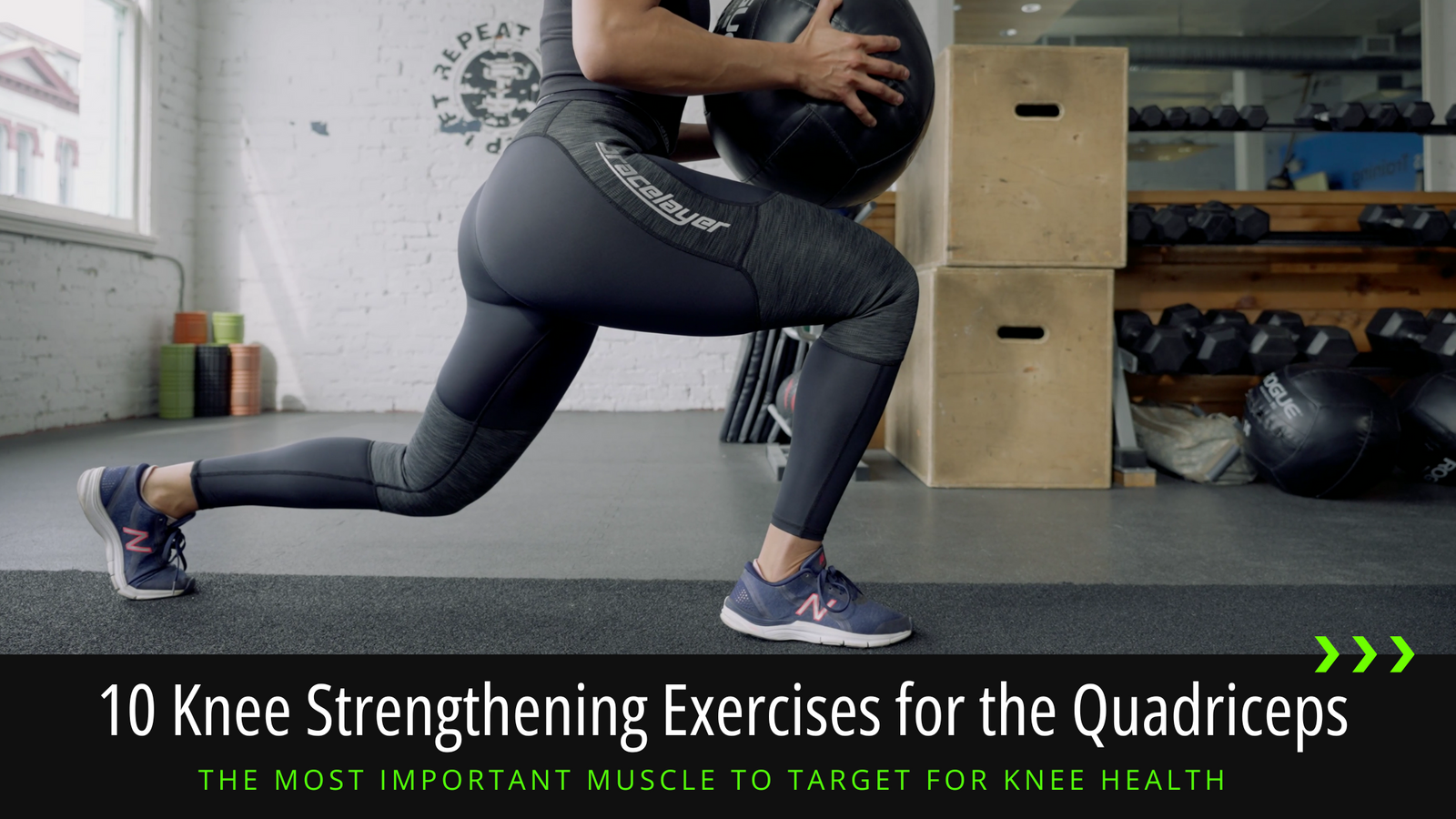
One of the best ways to combat knee pain is to strengthen the muscles around the knees in order to take some of the stress off the joint. You should know that strengthening bad knees is possible at any level, and you can even strengthen knees with arthritis.
A knee strengthening routine should primarily target these four muscle groups: abdominal, hips, glutes, and quadriceps.
Today, we’re starting with quadriceps – perhaps the most important muscle to strengthen on this journey. First, we explain what the quadriceps muscles are. Then, we walk you through some exercises you should add to your knee strengthening routine.

What are the quadriceps?
The quadriceps are a set of four of the most “voluminous” muscles in your body. The three muscles are:
- Rectus femoris – the largest of the four quadriceps muscles, this muscle runs down the front of your femur, partially covering the other three muscles.
- Vastus lateralis – The muscle that runs down the outside of your femur, connecting the femur to the patella (kneecap).
- Vastus medialis – This is the tear shaped muscle on the lower thigh.
- Vastus intermedius – as the Latin name suggests, this is the muscle between (intermedius) the rector femoris and the femur bone.
What are common quadricep injuries?
Due to the size of your quadriceps muscles, you are less likely to experience an injury to them. It’s not impossible, but it’s more likely that weak quadriceps will cause an injury, especially to the knees.
Tendonitis is a condition that can affect any major tendon. In the quadriceps, it generally affects the vastus lateralis, which connects your femur to your kneecap. As such, it can result in pain above your knee, which can be severe if not treated. Treatment generally includes the classic PRICE method, taking anti-inflammatories (natural or prescribed), physical therapy, knee strengthening exercises, and in extreme cases, surgery.
So how do you strengthen your knees and quadriceps? When people think of quad-focused exercises, they tend to think of squats.
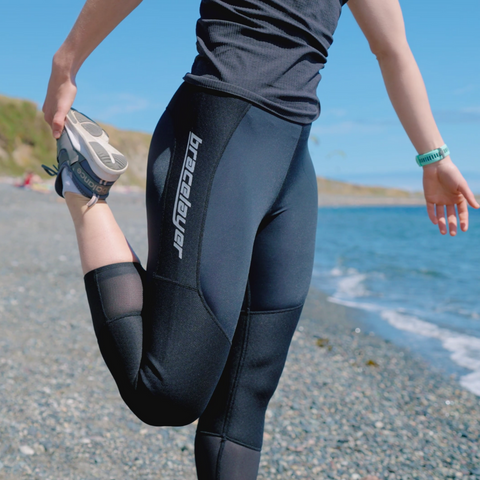
Are squats the only way to strengthen your quads?
Absolutely not! They are a great way to strengthen your quads, and perhaps the most common exercise people use, but certainly not the only way.
If you’re already struggling with knee pain, you should probably take squats off the table for the first part of your exercise journey. The downward motion and the force of your body weight make doing squats really strenuous on knees, especially knees that may need strengthening. Work your way up to squats – perhaps by beginning with wall squats or chair sits – before doing the motion without support or adding weights.
Quad strengthening exercises – beginner to advanced
We’ve compiled a list of exercises to strengthen your quadriceps muscles. We’ll list them from the most simple, beginner moves, to the most complex. There are also variations to each of these exercises that can be used to make it more accessible or more challenging, depending on your fitness level. Many of these are knee strengthening physical therapy exercises, so you can trust that they'll really help you strengthen your knees and speed knee injury recovery time.
1. Forward leg lifts:
Starting simple but effective! At a gym, this can be performed using a leg extension machine. To perform a forward leg lift, sit on the floor with your legs extended straight in front of you. Setting your palms against the floor is the best place for your arms and hands, and will give you some extra stability. When you’re ready, lift one of your legs as high as you can. Slowly lower your leg back to the ground. Don’t drop it! Some of the best strength training comes from the lowering motion.There are many different (and often conflicting) approaches to setting a workout routine – some suggest a certain number of repetitions (“reps”) and sets of those reps as ideal, some suggest performing your sets until failure (aka: until you can’t anymore). What your routine looks like is entirely up to you. If you don’t know where to begin, start with three sets of ten reps.
You will need: Your beautiful self! And some resistance bands if you would like an extra challenge. If you’re wanting to start an exercise routine, but have no equipment at home, we cannot recommend getting resistance bands enough. They’re available anywhere that sells workout equipment and online on Amazon and extremely affordable – for $20 or less. Resistance bands are also a fantastic, low-impact way to strengthen muscles and joints without stressing them too much.
Variations: When you start to build up strength (you’ll know because the exercise feels too easy), try adding a resistance band around your ankles. The band will “resist” the motion, adding the force of weight to your exercise. You’ll be feeling strong – and free of knee pain – in no time!
2. Terminal knee extensions
These are actually a physical therapy exercise used to rehabilitate patients after a knee injury or knee surgery.
You will need: A resistance band, weighted to just above your comfort level.
Variations: It’s unlikely that you would want to start this exercise without using some form of resistance bands, but you can start with your set’s “extra light” and work your way up in resistance levels every few sessions.
3. Knee raises
Exactly what it sounds like! Raise one knee as high as you can, squeezing from your core and glutes to hold your balance at the same time.
You will need: Just yourself!
Variations: This can be performed from a stand-still, especially for folks with weaker knees and quads. Doing some dynamic “high knees,” which utilizes the same maneuver while running or walking, is a great way to take this exercise to the next level.

4. Lunges
Along with squats, many people think of lunges when they picture quad strengthening exercises. Lunges can be hard on the knees, so if you’re already experiencing knee pain, you might want to work up to dynamic lunges with static lunges and exercises 1-3.
To perform a lunge, extend one foot about one large stride away from you. Then, drop your weight into your quadriceps and lower yourself until your knee is at about a 90 degree angle.
You will need: Only yourself!
Variations: This exercise can be performed static or dynamic, as suggested above. You’ll want to practice it static before you begin adding motion, where you can drop into the move from a walk. Adding dumbbell weight is another great way to make this exercise more challenging!
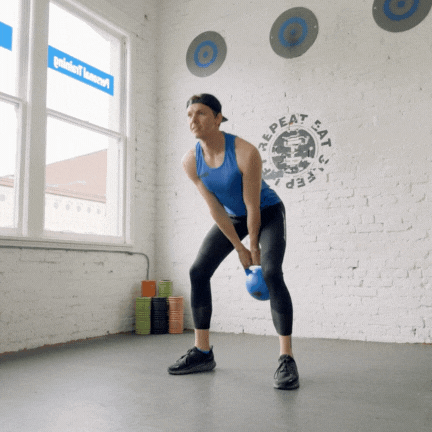
5. Kettleball swings
This one is also a little hard to explain, so you may want to have a gym buddy show you or watch some tutorials if you’re not sure. The kettlebell swing, like most of the exercises from here on out, is a major strength building exercise that works more than one group. These are a great way to incorporate some cardio work at the same time, by the way!
You will need: An appropriately weighted kettlebell. You can start with as little as 5 pounds.
Variations: If incorporating the added weight of a kettlebell is too strenuous, practice doing a few sets of the maneuver without weights. Do this for as many sessions as you need before incorporating weight.
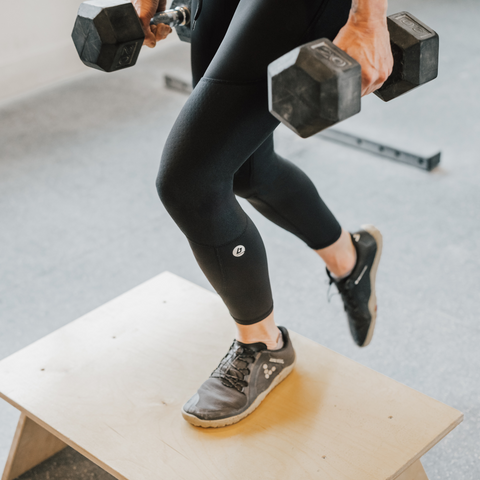
6. Step ups
Like the knee raises, this exercise is exactly what you think. Find a step and step onto it! Then, step back to the starting position.
You will need: An aerobic step board or stairs and weights (optional)
Variations: You can begin by just doing the step motions and not adding any weight. Once you start to feel comfortable and balanced, you can start incorporating dumbbells in each hand. Another option is to increase the size of the platform you are stepping onto. Most aerobic steps have a height adjustment option, but you can certainly get creative with this one. Just make sure whatever you use is stable and weight bearing! (Most gyms will have boxes for this purpose.)
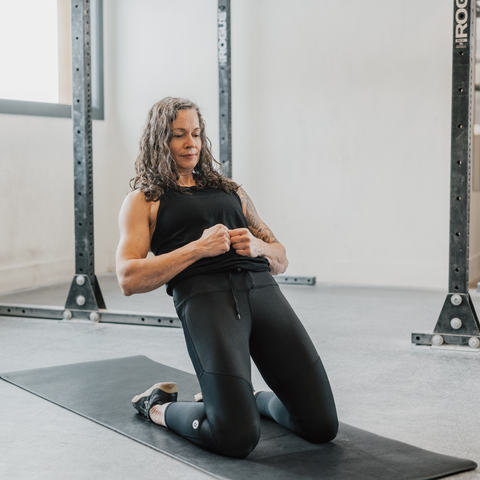
7. Reverse nordic curls
Unlike knee raises and step ups, this exercise is not so easily explained. It’s really best to watch a video – we’ve linked one by a physical therapist.
This exercise begins by kneeling with both knees on the floor. Then, from this kneeling position, slowly lowering your upper body backwards to the floor behind you.
You will need: Just yourself!
Variations: There are unfortunately no variations for this exercise, other than adjusting the amount you lean backwards towards the floor. This one can be a bit challenging if you’re struggling with mobility, so ease into it as best you can, perhaps by starting with some of the other exercises.
8. Split squat
This exercise adds weight (optionally) to a motion similar to the classic lunge. With one foot elevated on a weight bench or chair, and one foot extended slightly ahead of your centre, lower yourself towards the ground until your knee is bent at about a 90 degree angle. Then, raise yourself back up to your full height. If you choose to use dumbbells, you will want to keep them in your hands, with your arms slightly engaged as well.
You will need: A weight bench, or you can use a chair at home.
Variations: Like the kettlebell swing (#4) and step ups (#5), if adding weight is too strenuous, or you struggle with balance, practice doing your sets with just the motion for a few sessions before adding weight. Start small and gradually increase the amount of weight you are holding.
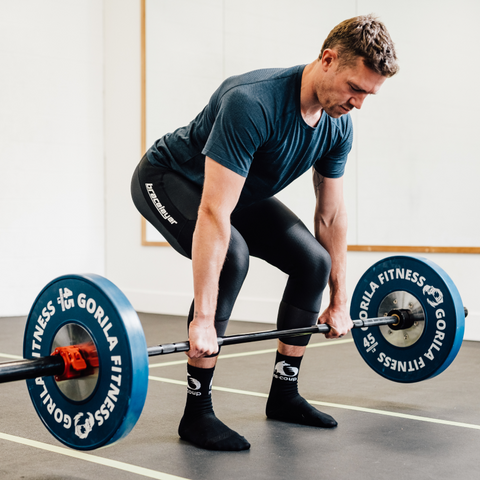
9. Deadlifts
Deadlifts are a powerhouse exercise that can work your quads, hamstrings, glutes, calves, core, and back all in one! For this reason, they’re also very intimidating to people who are new to weight training. But there’s no need to be intimidated! As with anything, start small! If you need to forgo using any weights and just focus on getting your form right, that is more than okay! In fact, that will probably serve you more as you move up in weight.
To properly engage your quads during deadlifts, you may want to work with a spotter or trainer. Progessive Rehab and Strength has a fantastic video on Youtube about this necessary form fix!
You will need: Dumbbells, a kettlebell, or a weight bar and plates, depending on your skill level.
Adaptations: As suggested for this and other exercises, if you need to start small, with 5lb weights (or no weights!) in order to focus on form, do it! Building strength slowly is important to avoiding injury, and not just injury to your knees!
10. Quad-focused squats
If we were to construct a pyramid of these quad strengthening exercises, we would have to stack the quad-focused squats as our peak. A challenging and strenuous exercise, it should only be undertaken if you’re feeling strong and steady in your knees. (We have something that might help you with that, btw… but more on that later!)
The difference between a quad-focused squat and a glute-focused squat is, put simply, whether you’re dipping and raising your body weight with your glute muscles or quad muscles. This really looks like the amount of bend in your knees and how close your butt gets to the ground. This one might be best demonstrated by a video too, so we’ve linked to one breaking down the differences.
You will need: A wall or any weights you may like to add to your exercise.
Variations: Though squats are challenging, there are many variations to help you achieve your goals. If you’re a beginner to exercising you might want to start with chair or wall squats. Then, work your way up to doing the motion unassisted without weight. Once you’re comfortable with that, you can begin to add weights.
If you’re experiencing knee pain, do this very very carefully. Having a spotter and adding some extra support to your workout apparel would both be really helpful for you!
Adding support to your knee strengthening exercises
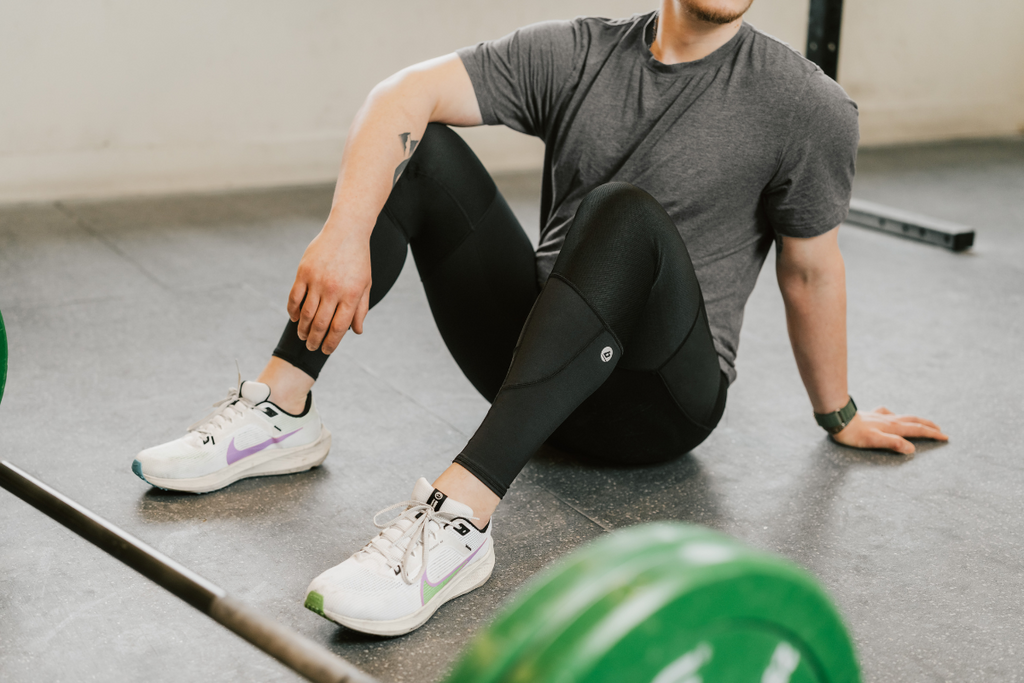
Following a knee strengthening routine can be really intimidating, especially if you are a beginner to exercise or weight training. Hopefully this blog post will help demystify the process. But you should know, though, that you don't have to do it alone! Adding in some knee support at any stage of your fitness journey is a great idea. It's not "cheating" – it's supporting your body so that it can grow stronger!
There are a bunch of different knee support options you might want to use, and we've blogged about how to choose the best knee support for you before. But if you're considering adding some supportive apparel to your exercise routine, you might not want to look any further.
Bracelayer® has designed a compression pant with built-in knee sleeves. That means no tugging up heavy knee braces that are always sliding down your leg, or having to stop mid set to adjust your knee compression sleeve. With Bracelayer® pants, your knee compression sleeves are built right into the pants! They won't budge, even in the deepest squats or on the longest runs!
Compression pants aren't any ordinary pair of athletic leggings either. Compression has heaps of proven benefits like increasing circulation and proprioception, reducing inflammation, and adding stability. We combined the technology of compression knee sleeves with the benefits of standard compression leggings to create the perfect knee brace compression pants.
Bracelayer® pants were originally designed for gym workouts, but since the company's inception in 2016, we have grown a huge team across North America! Our team members use Bracelayer® pants for work and play, in activities such as skiing, snowboarding, running, hiking, cycling, hockey, gardening, running errands, and so much more!
As one of our team members once said, Bracelayer's compression pants are your all day comfort companion. Let us help keep you stable and secure as you build strength and work towards your healthiest life.



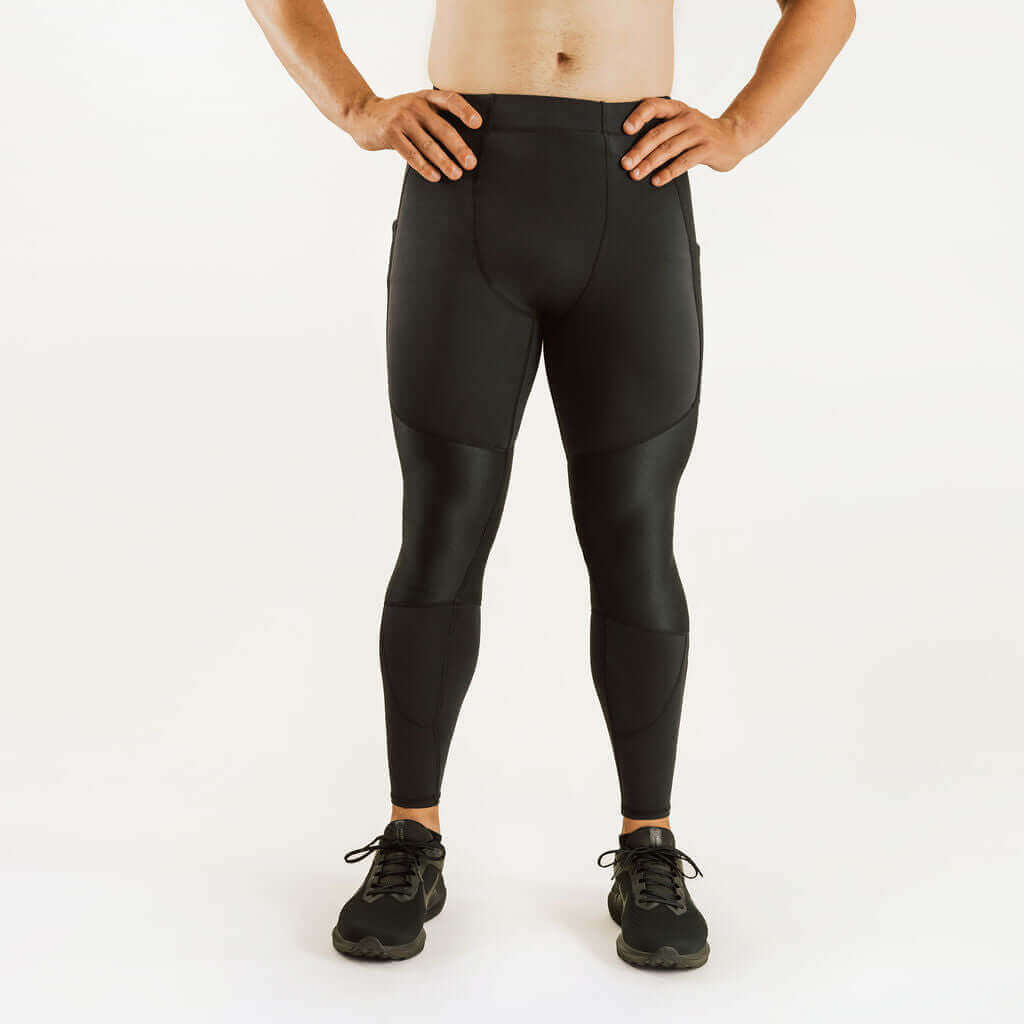
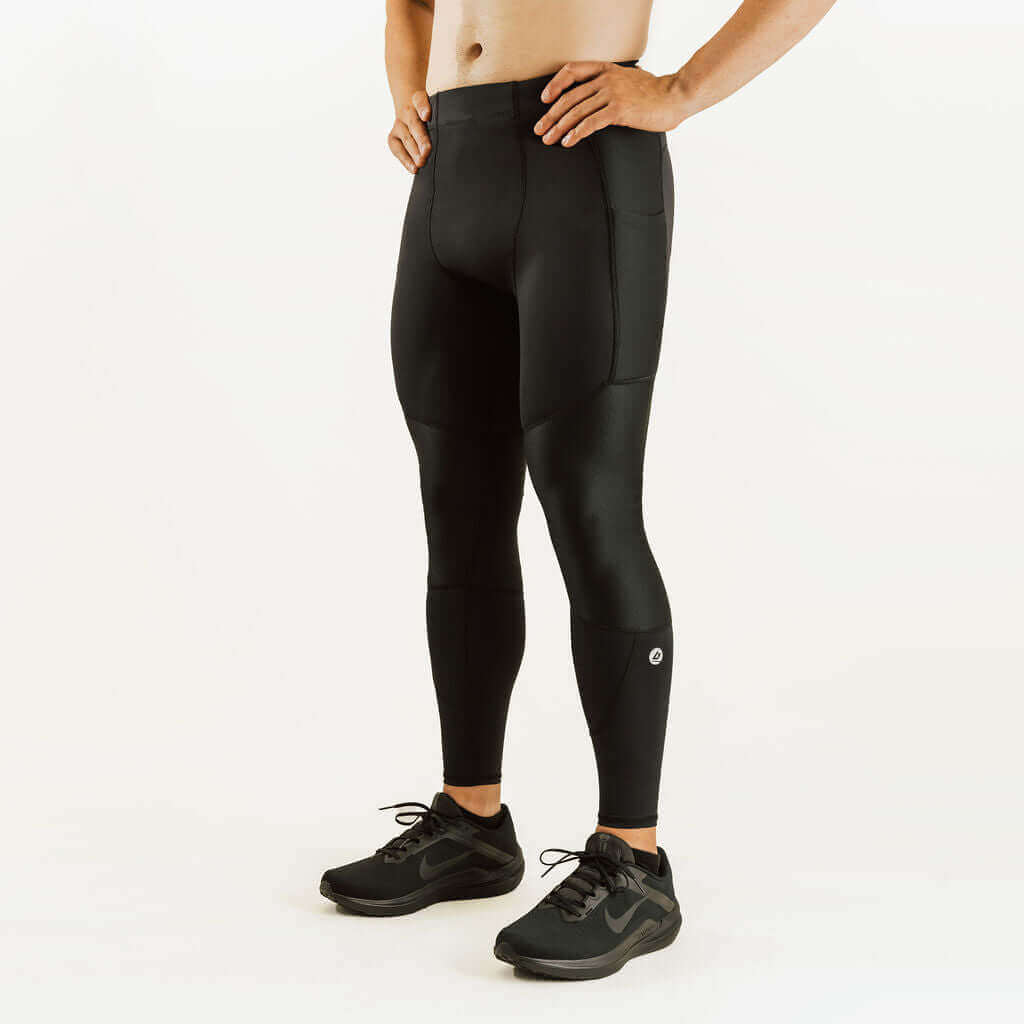
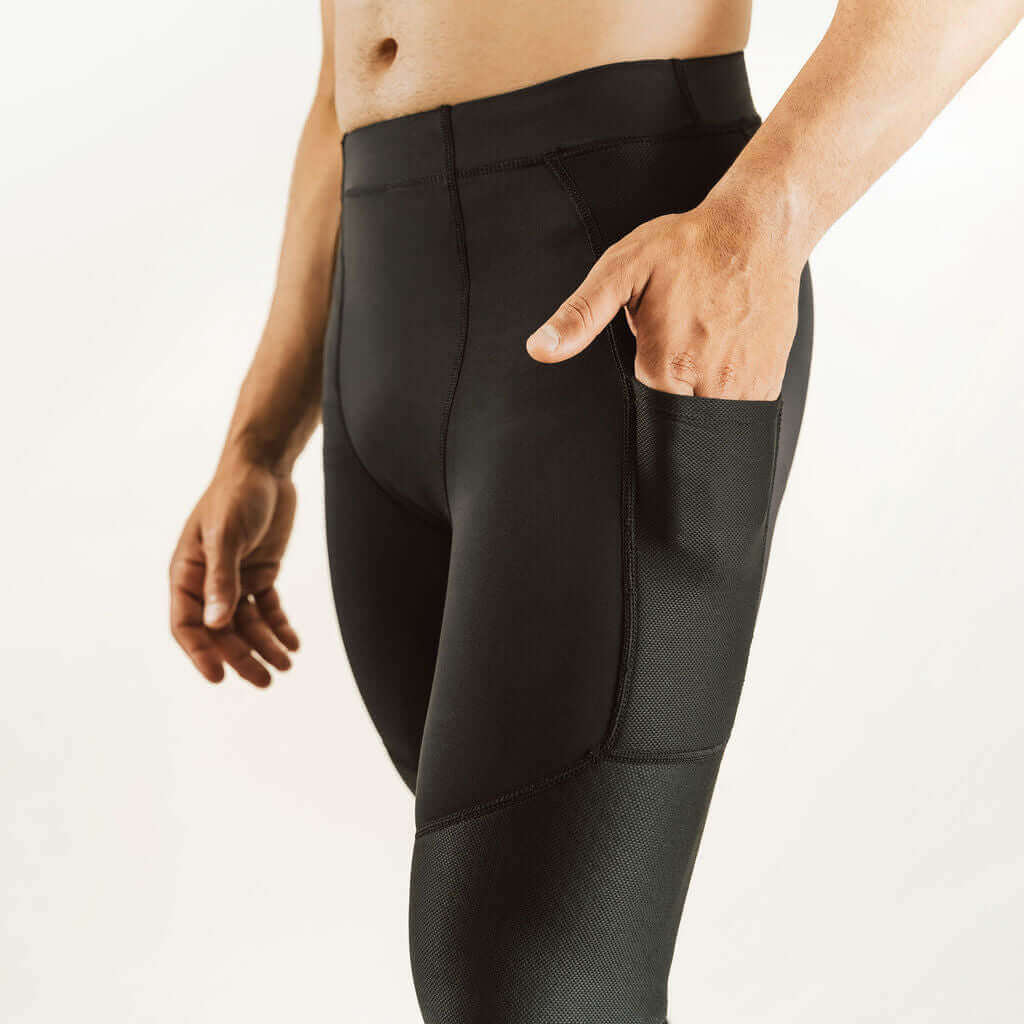
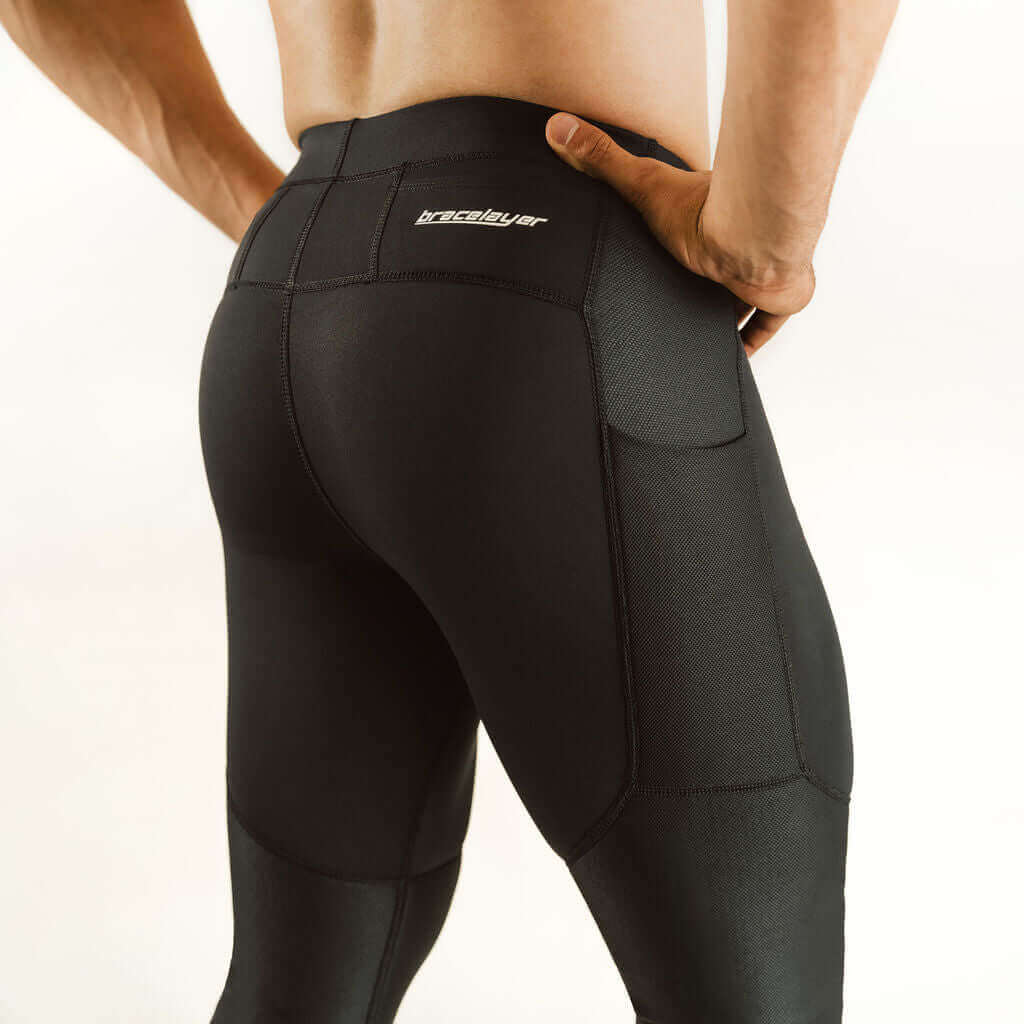
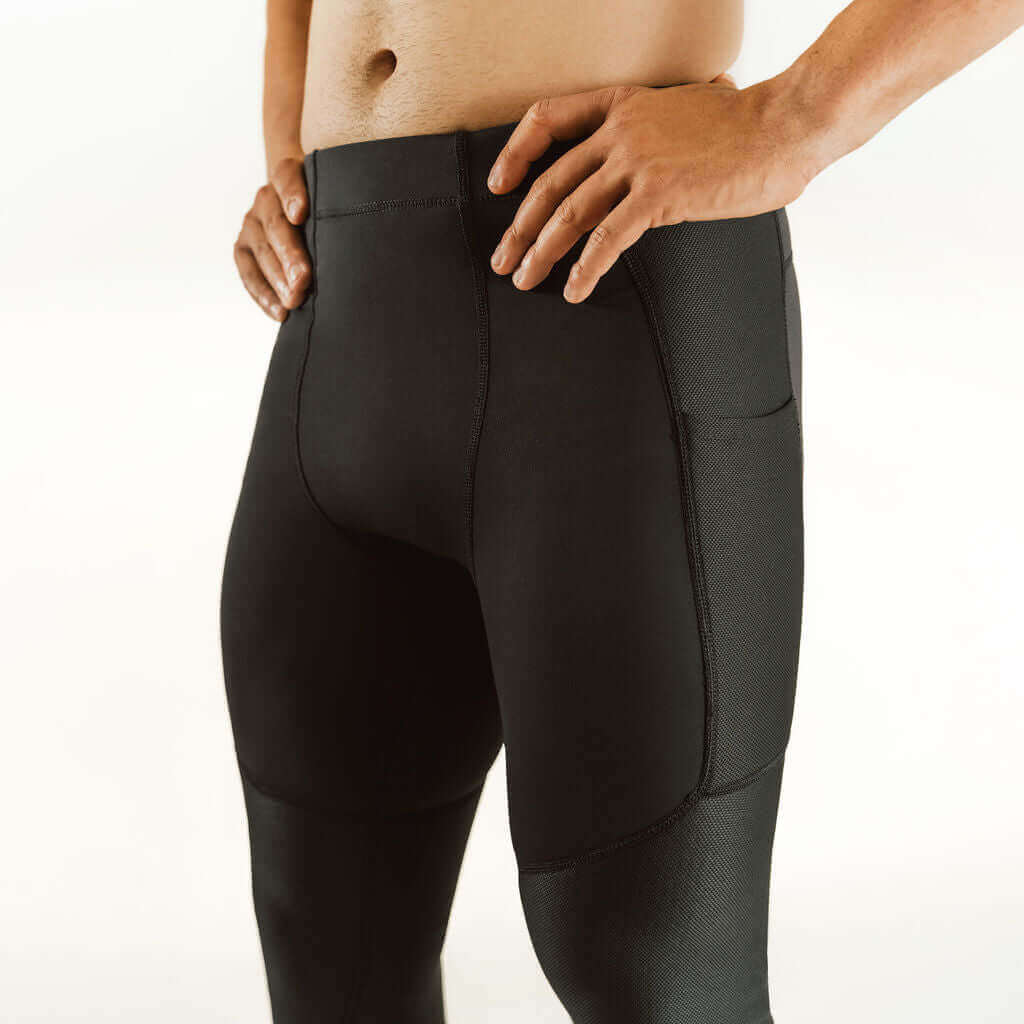
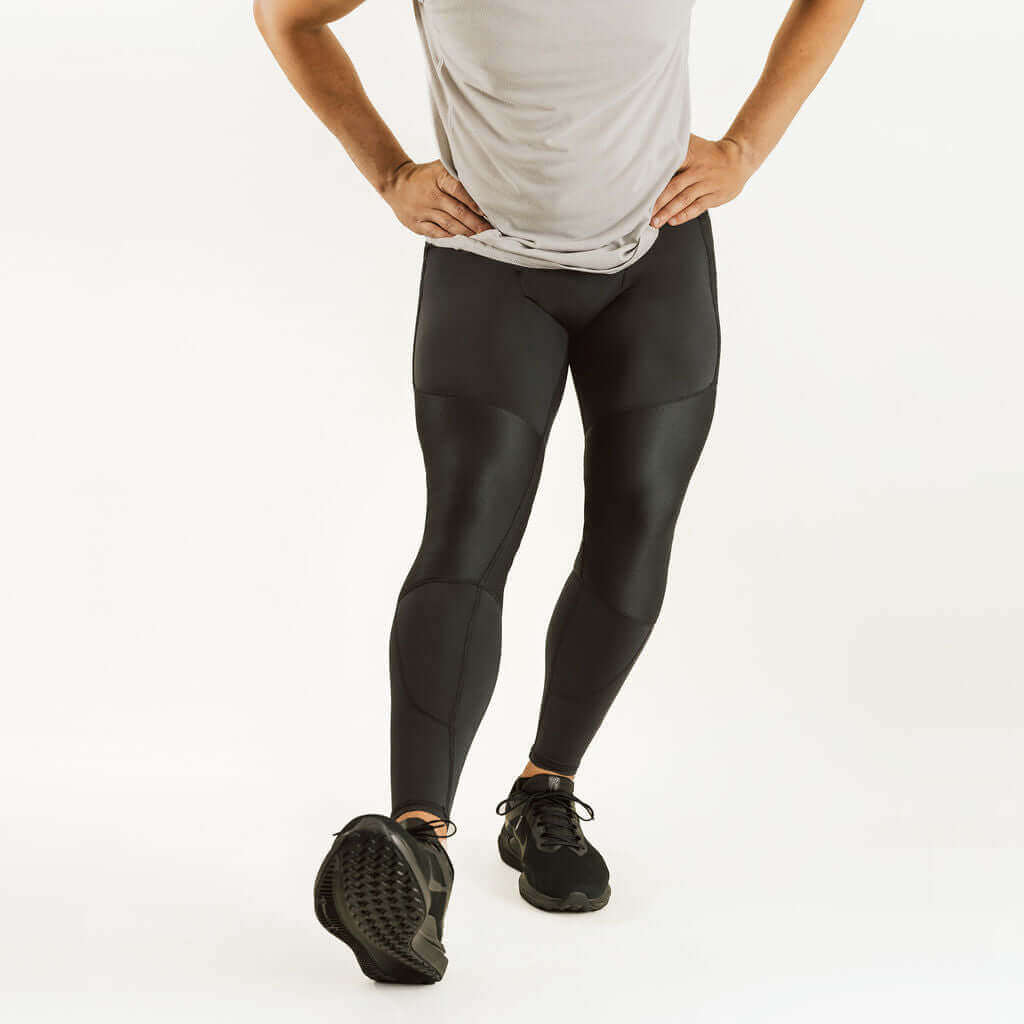

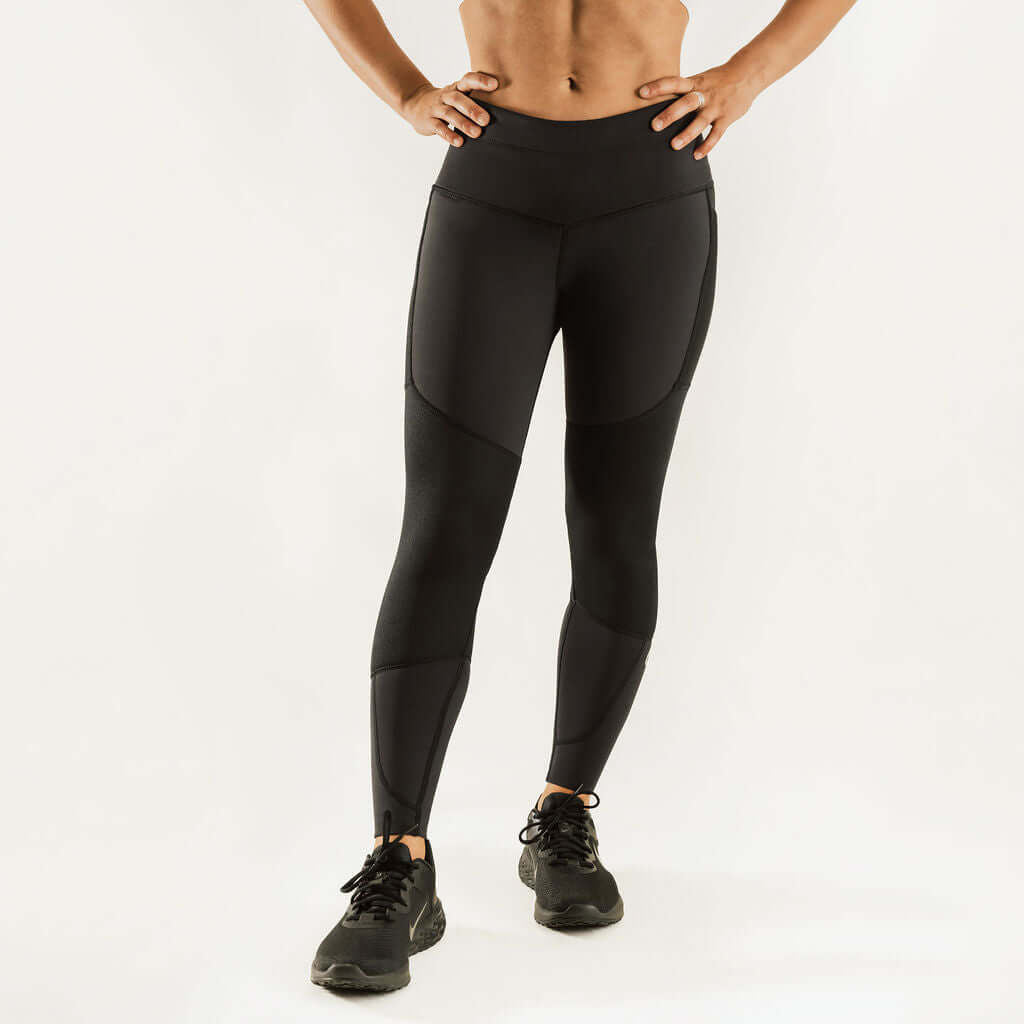
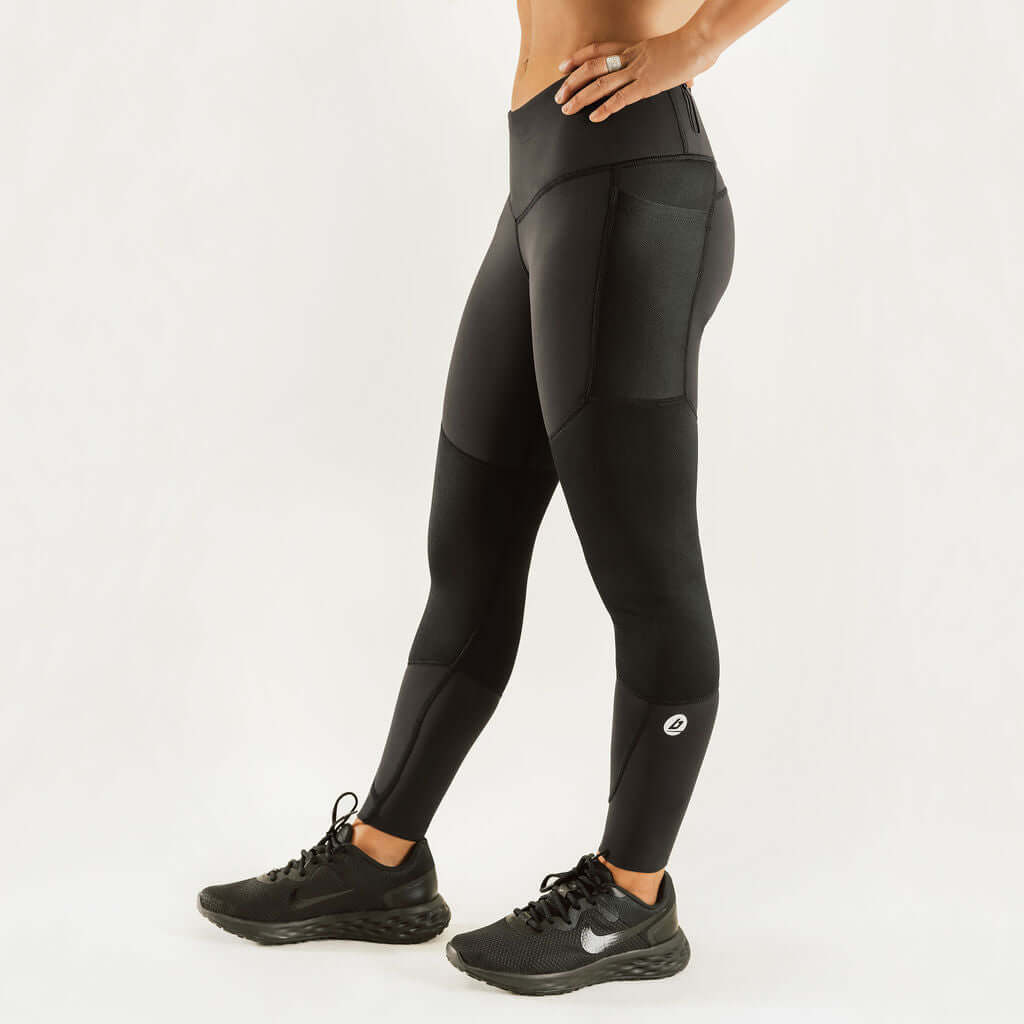
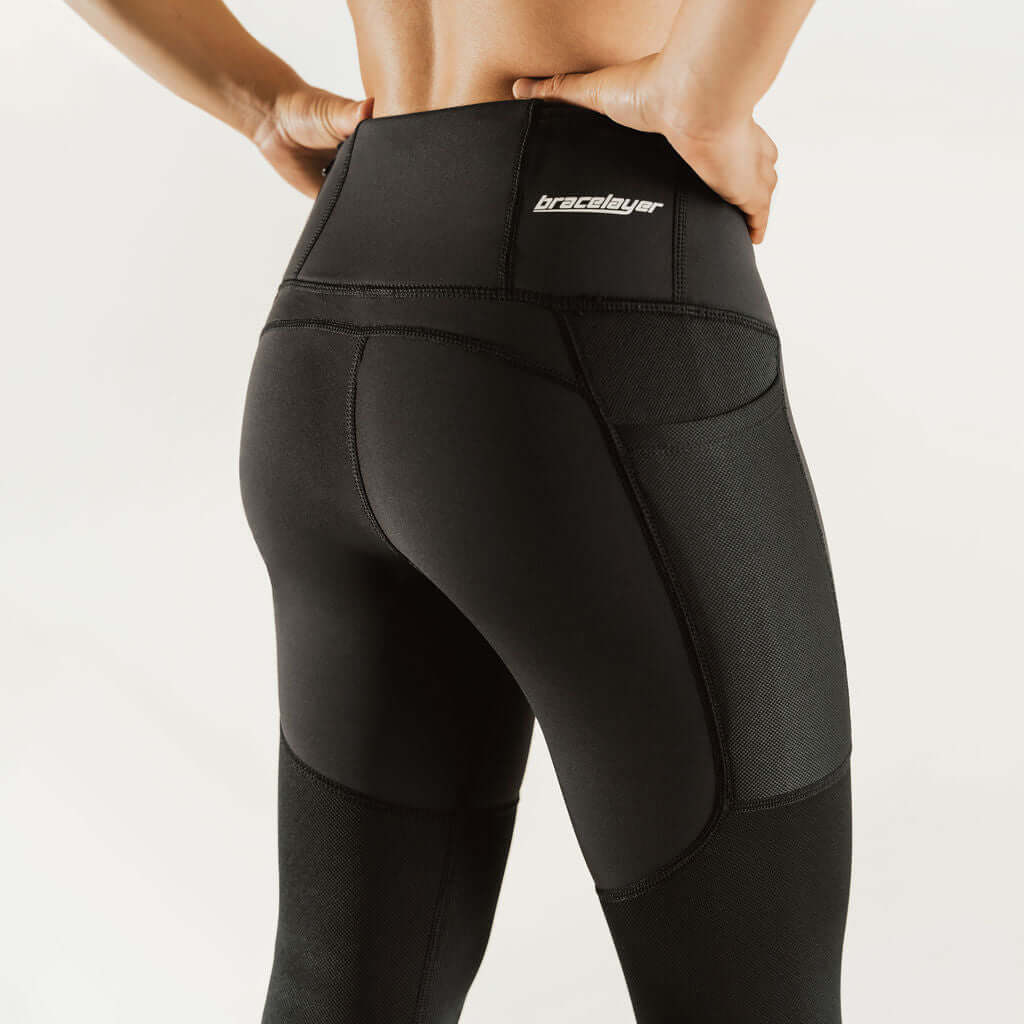
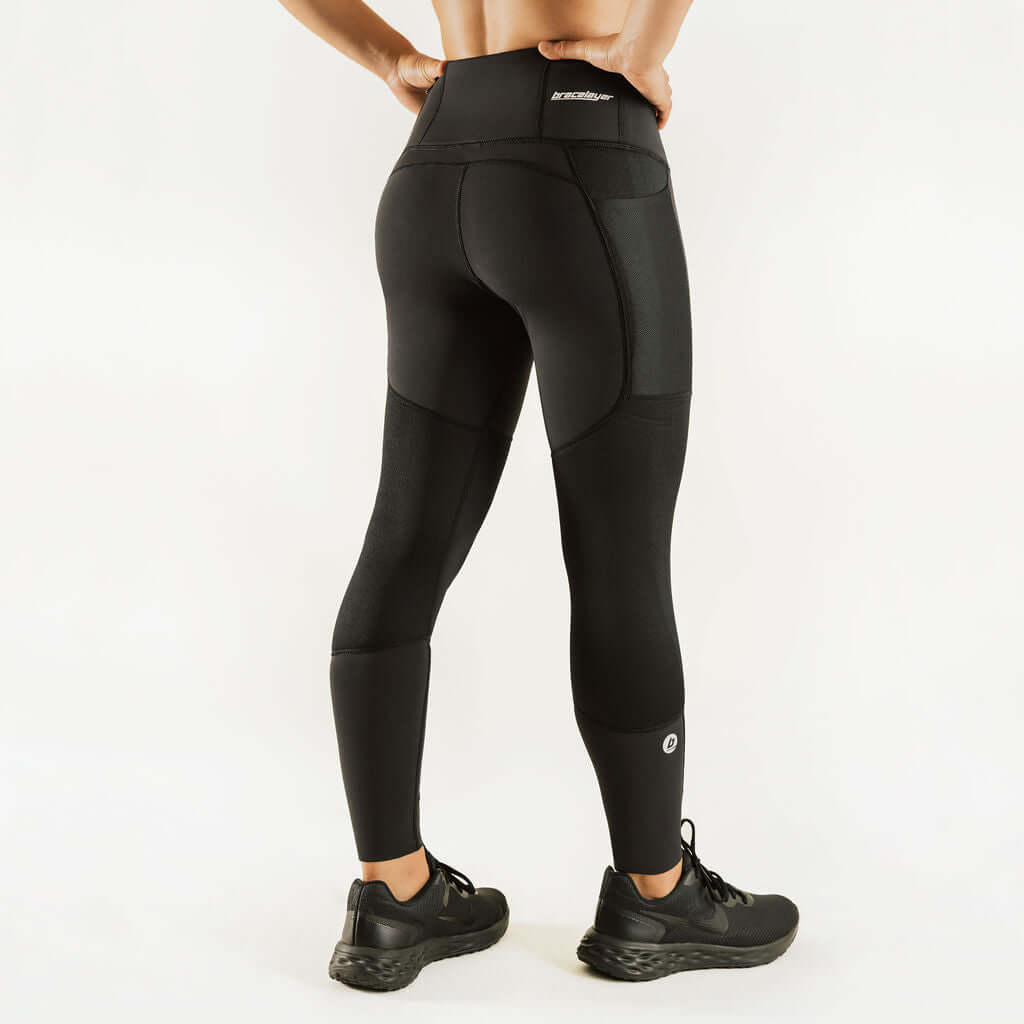
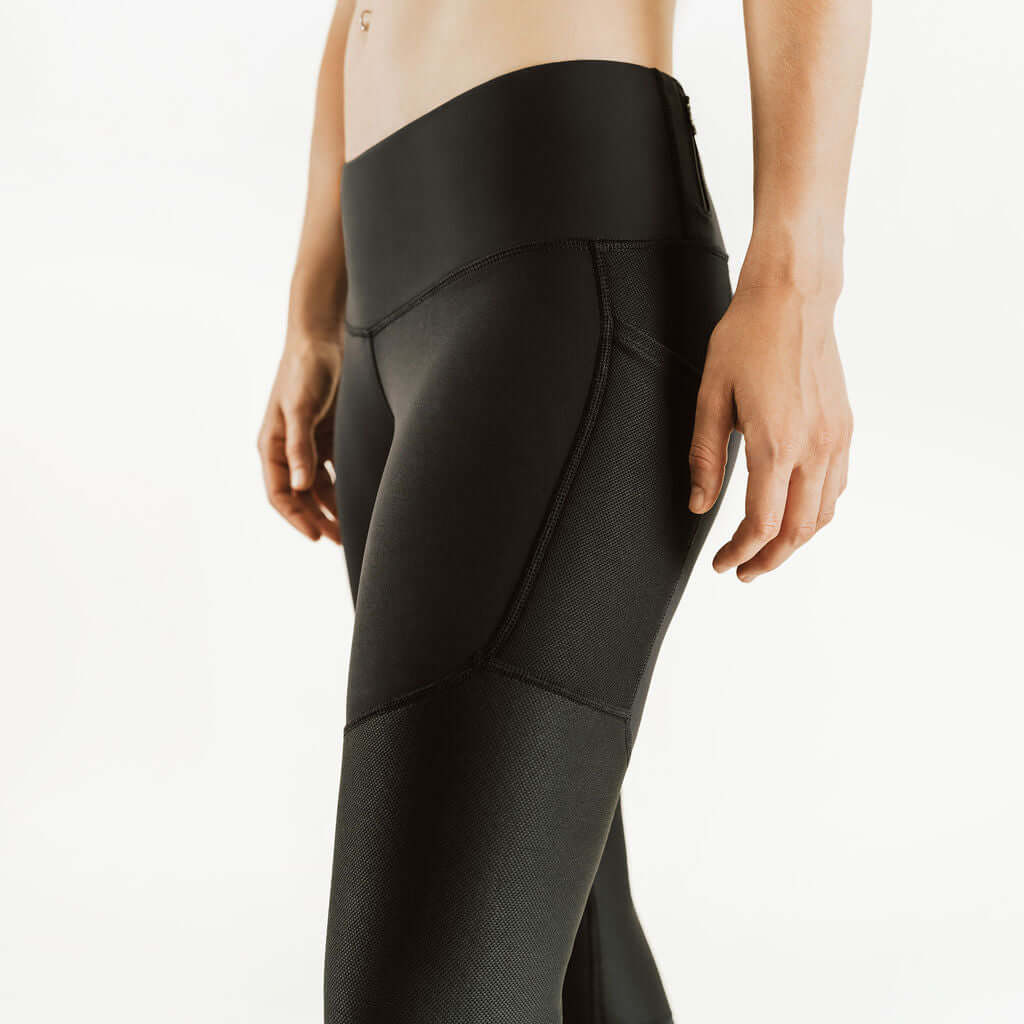
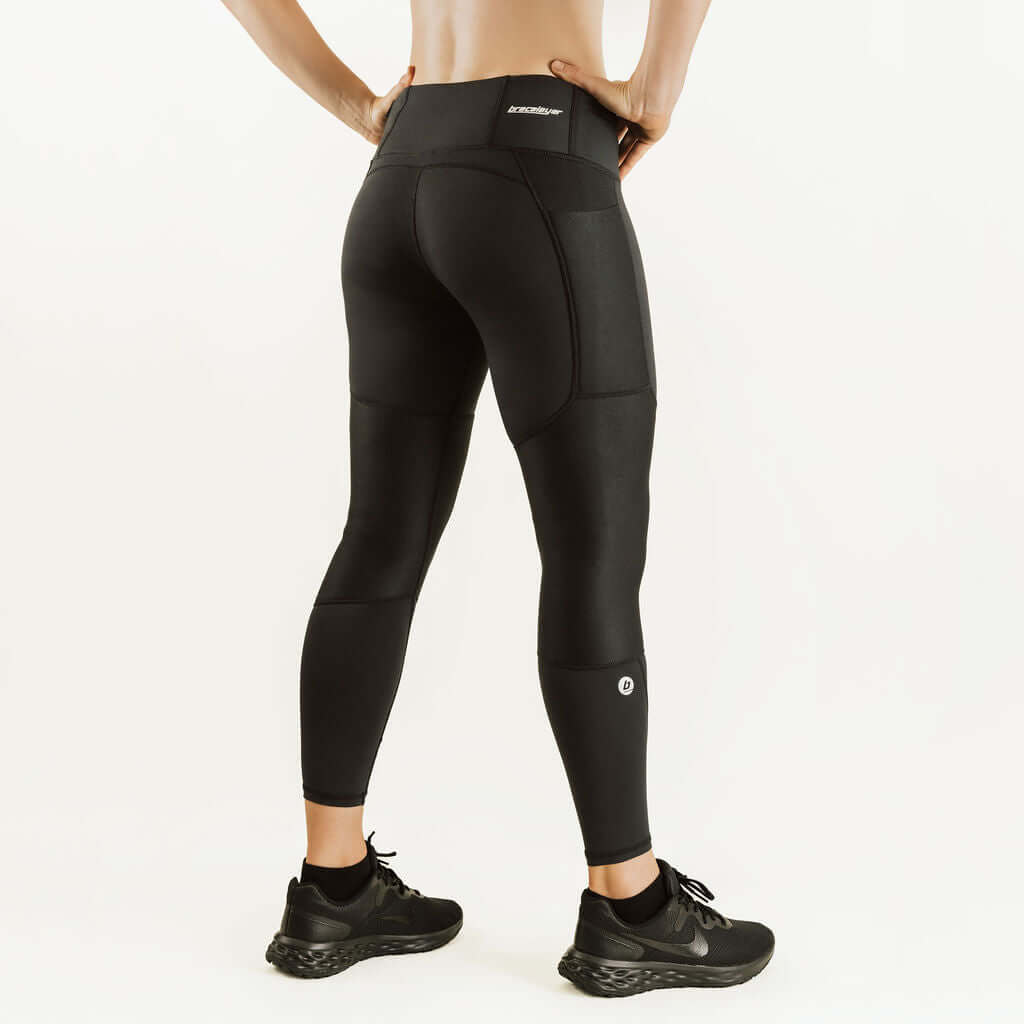
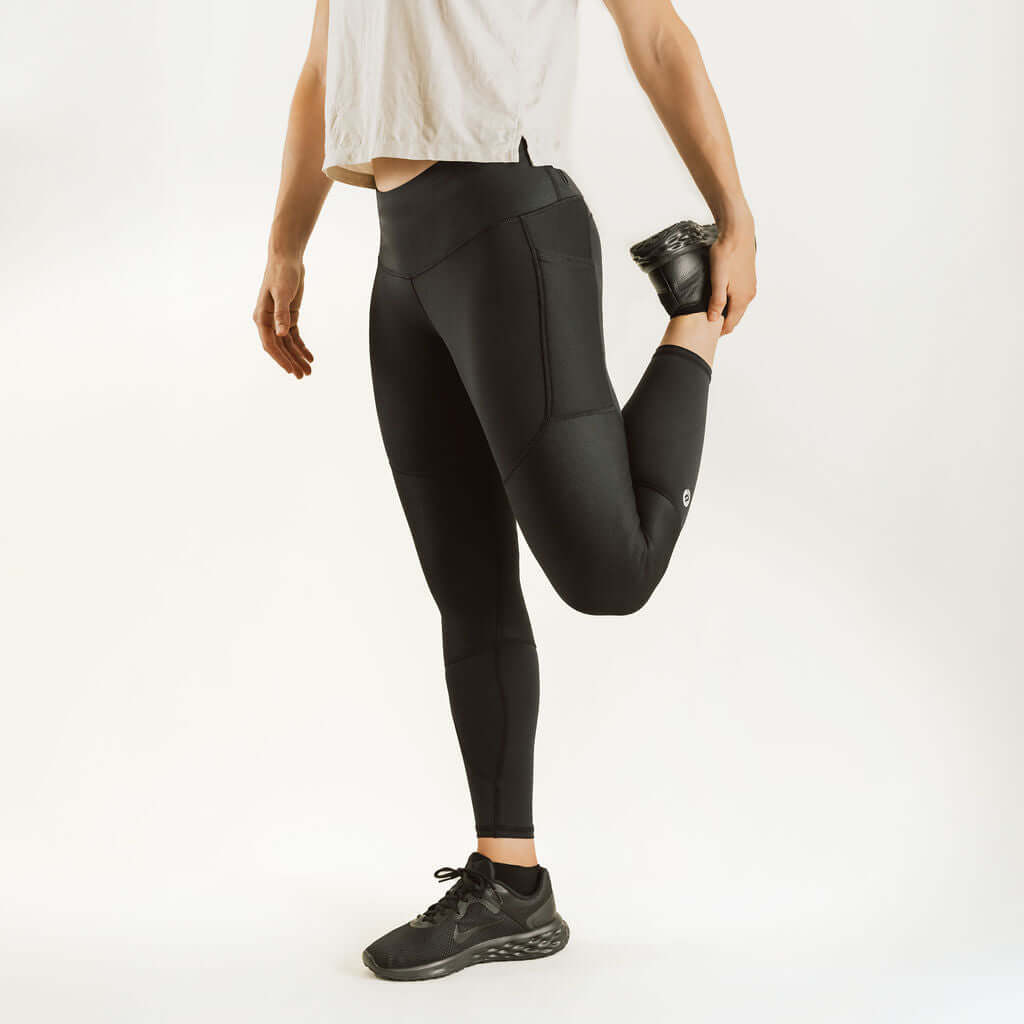

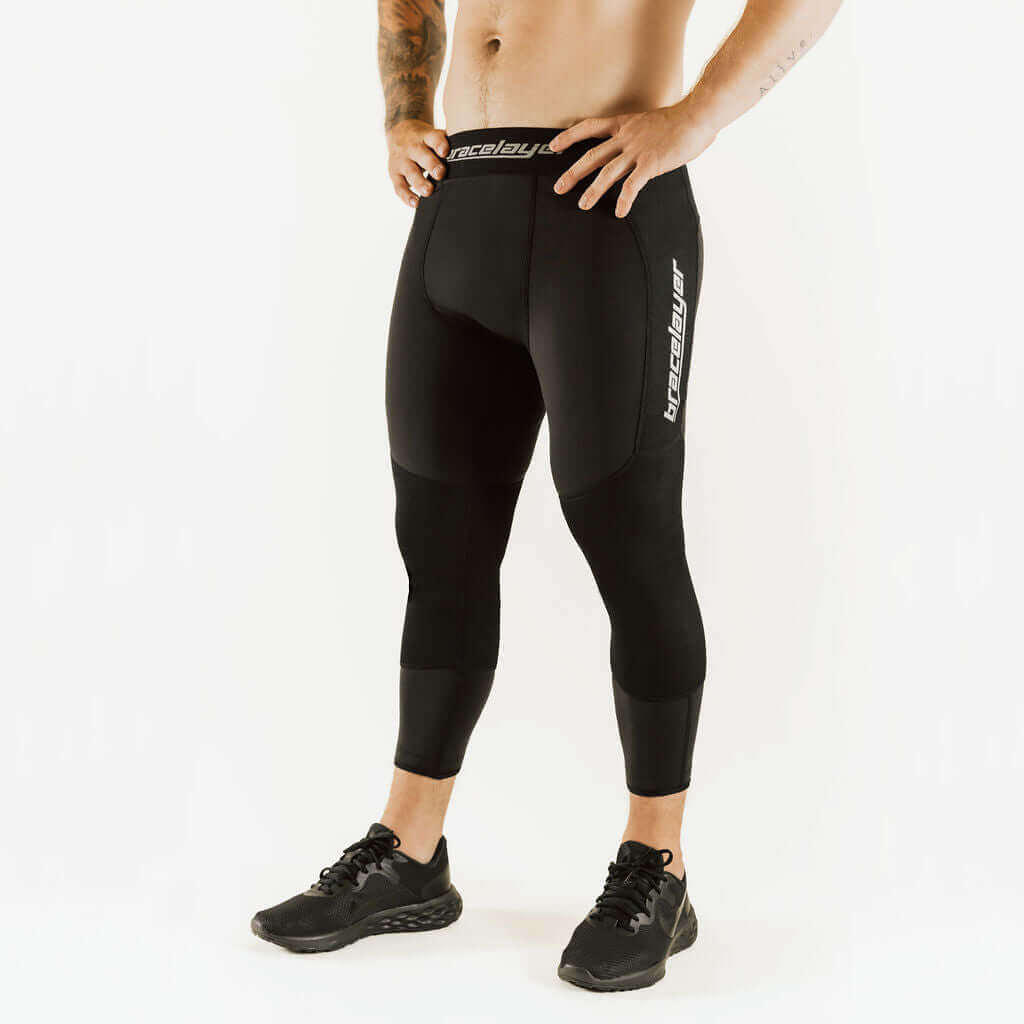
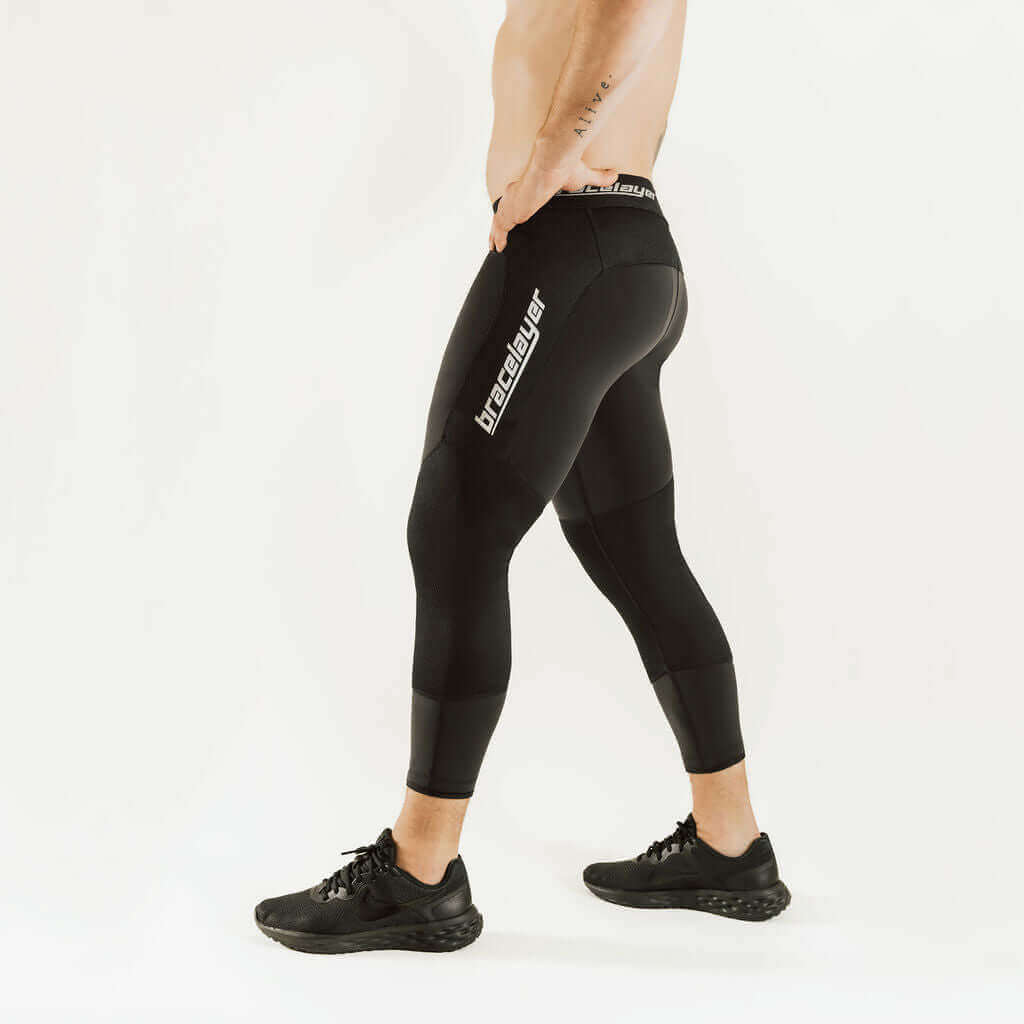
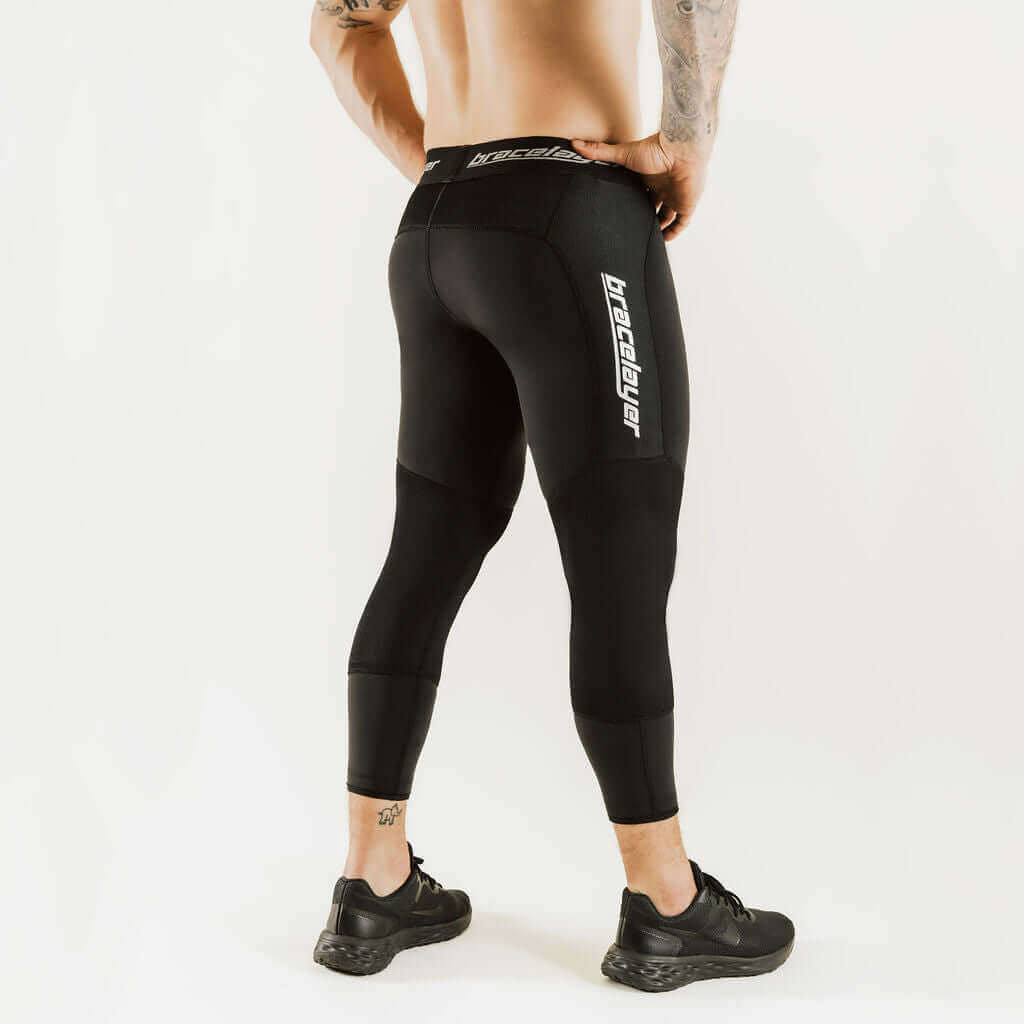
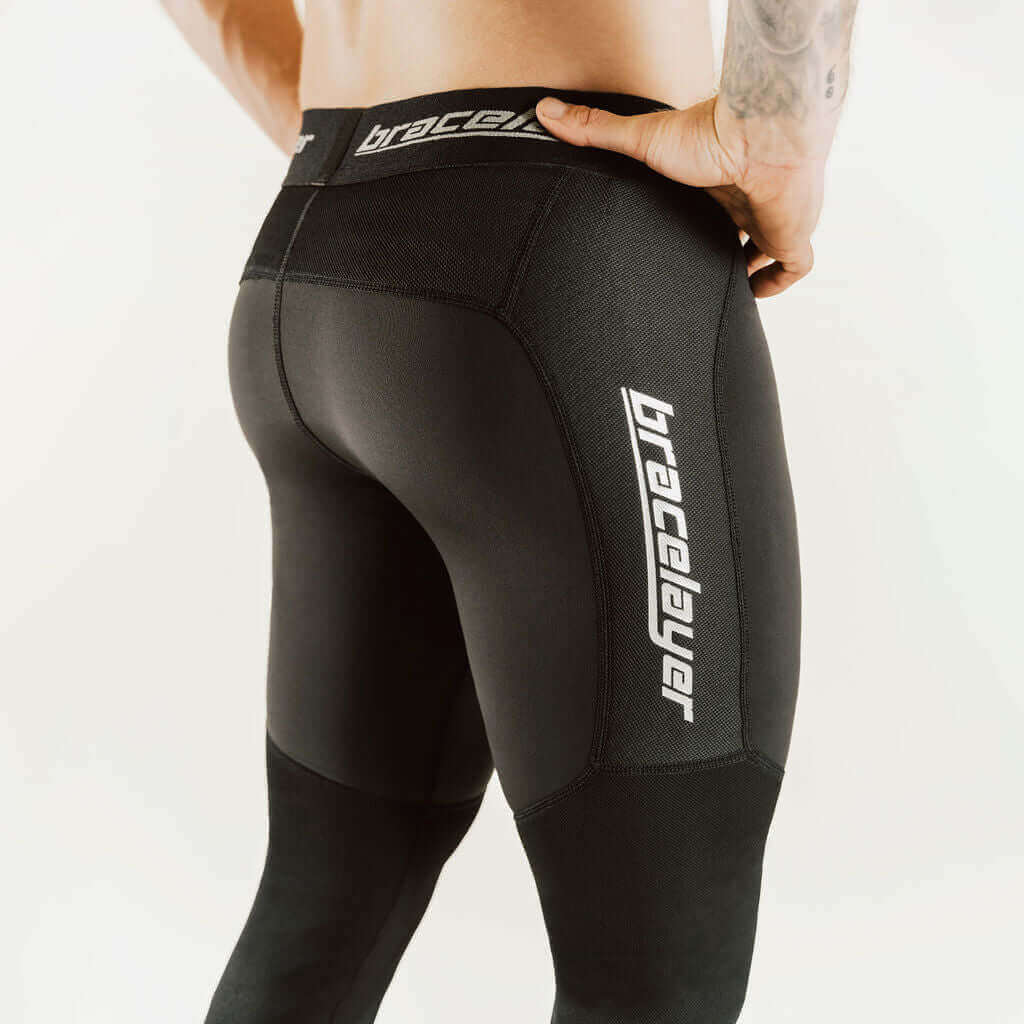

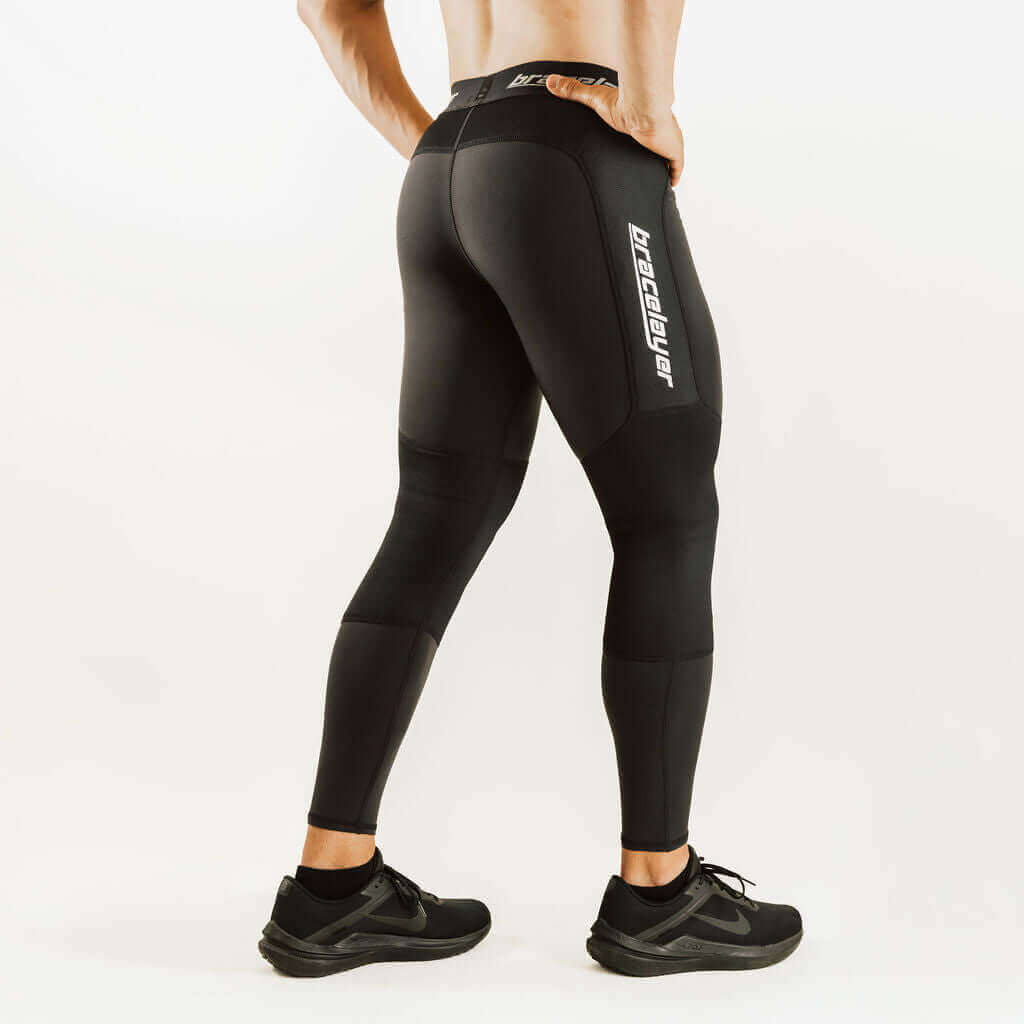
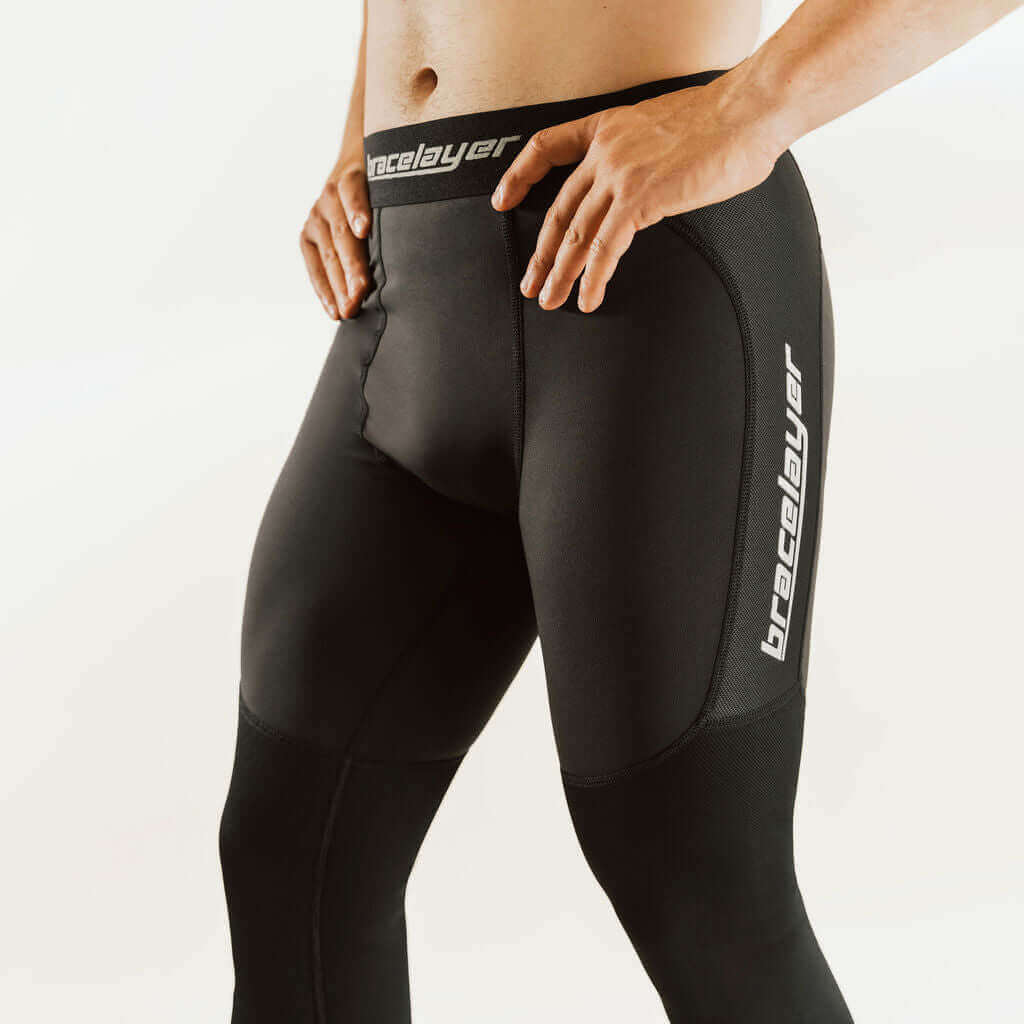
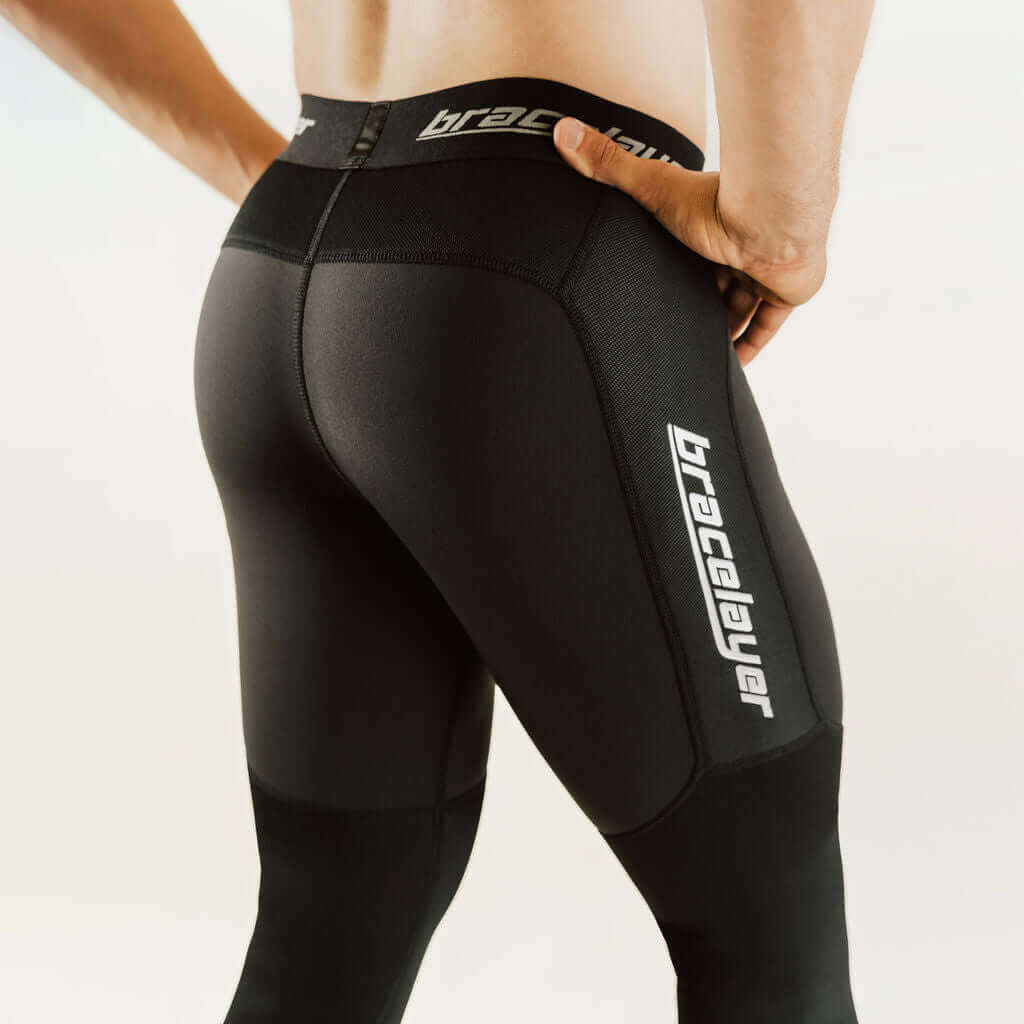
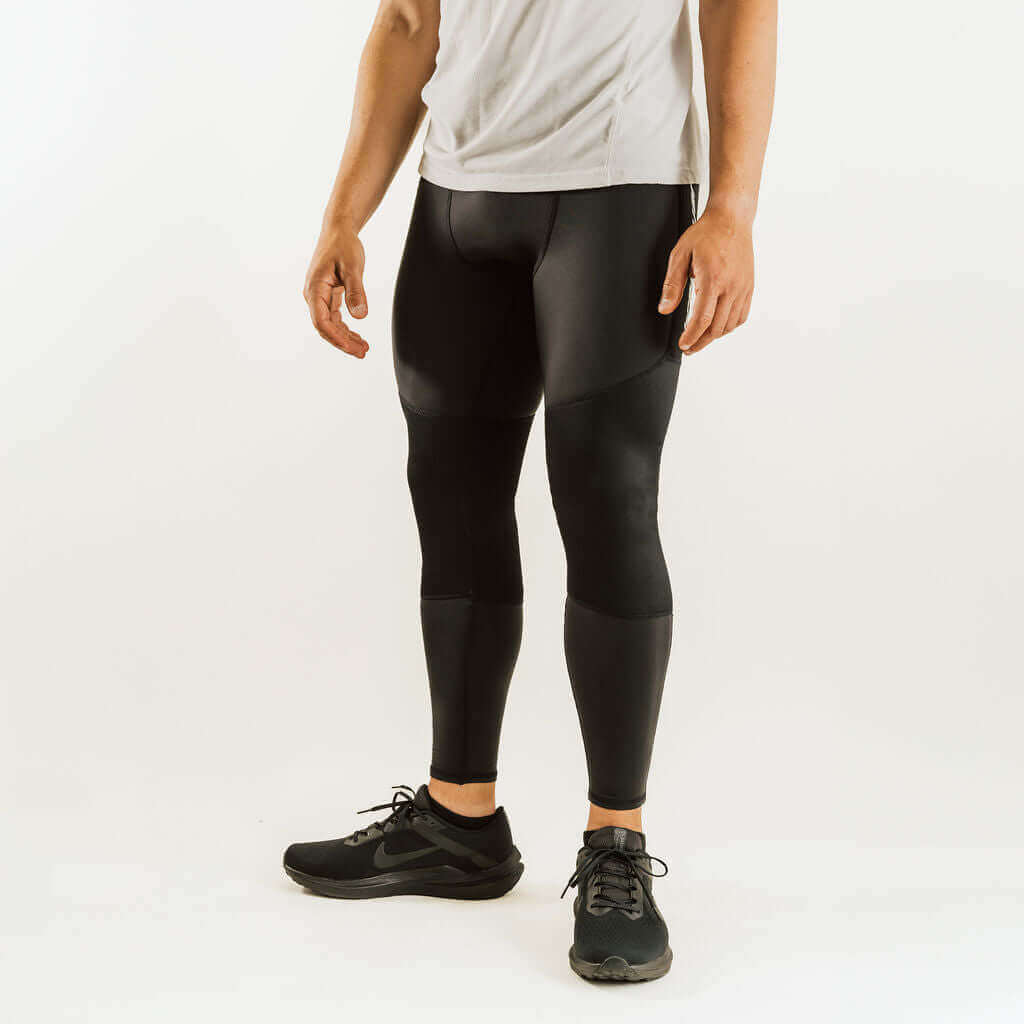

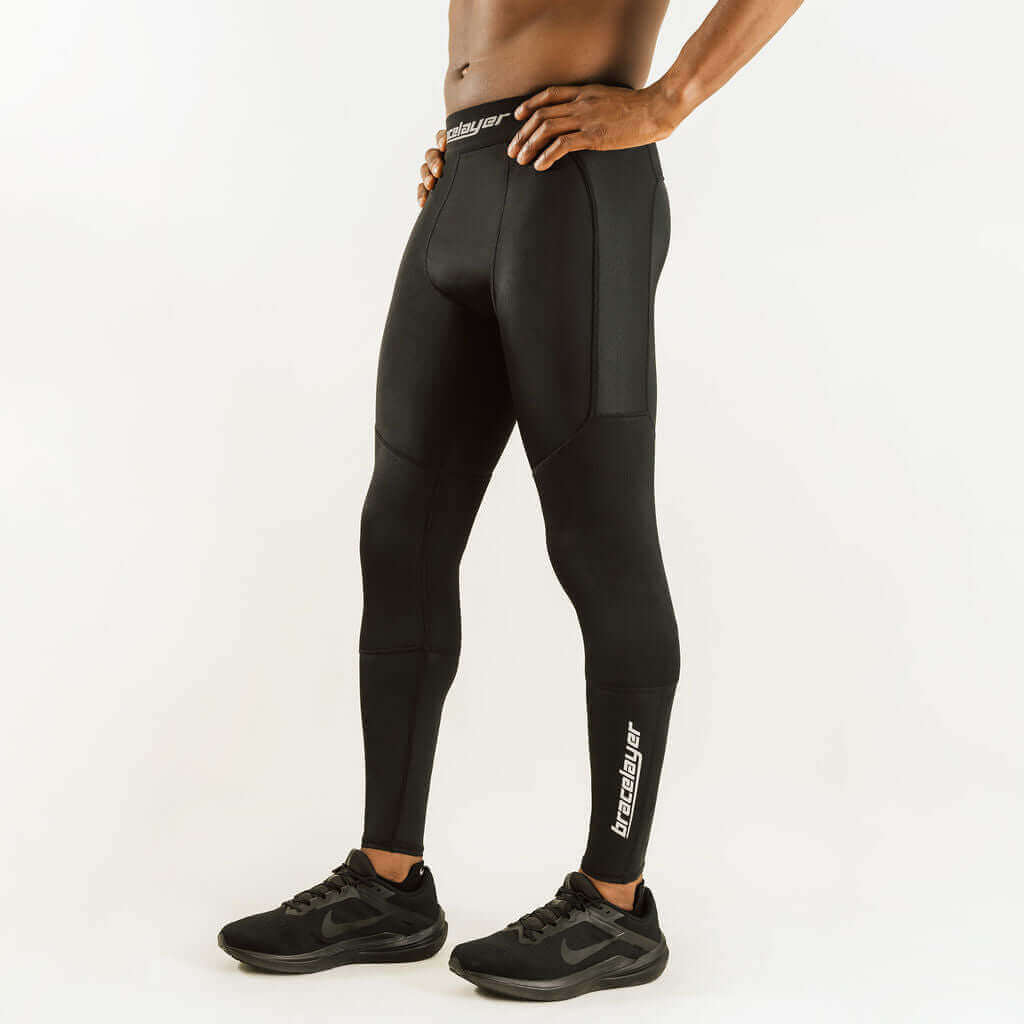
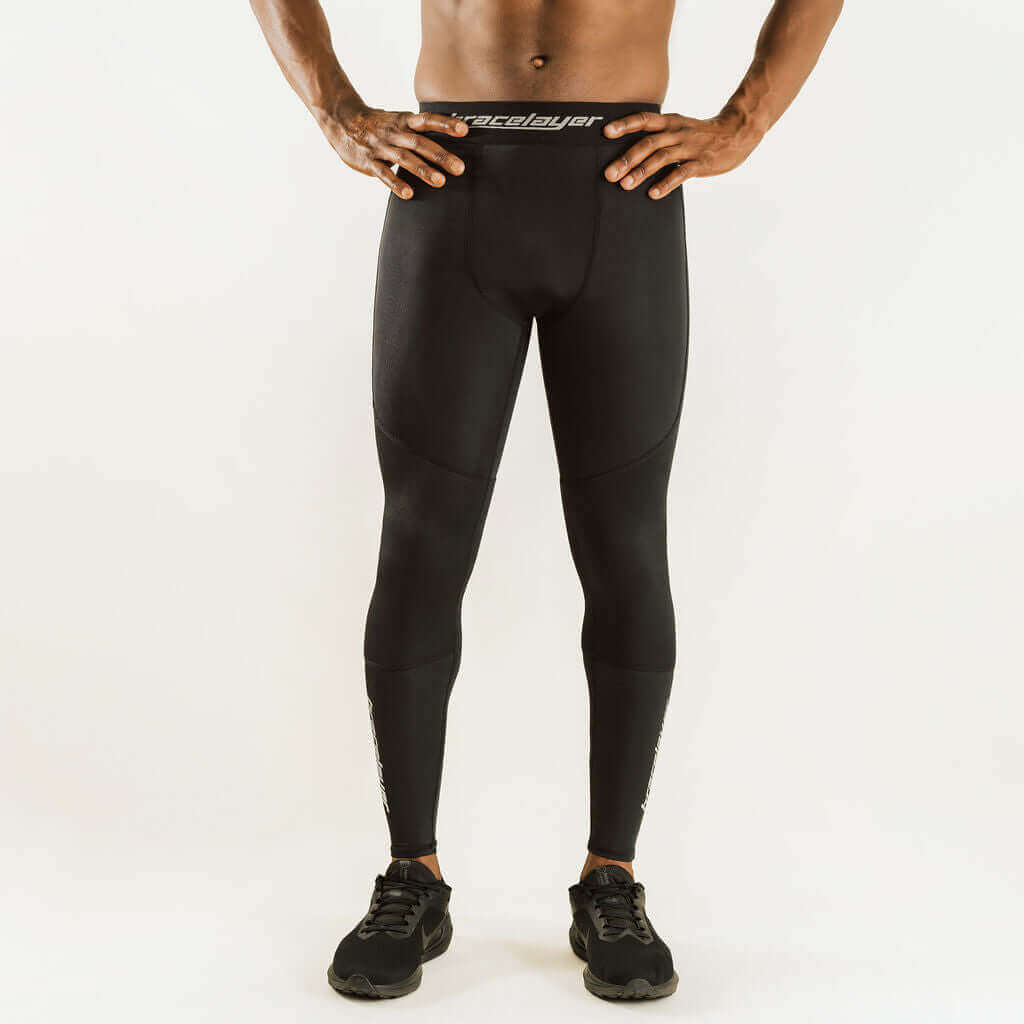
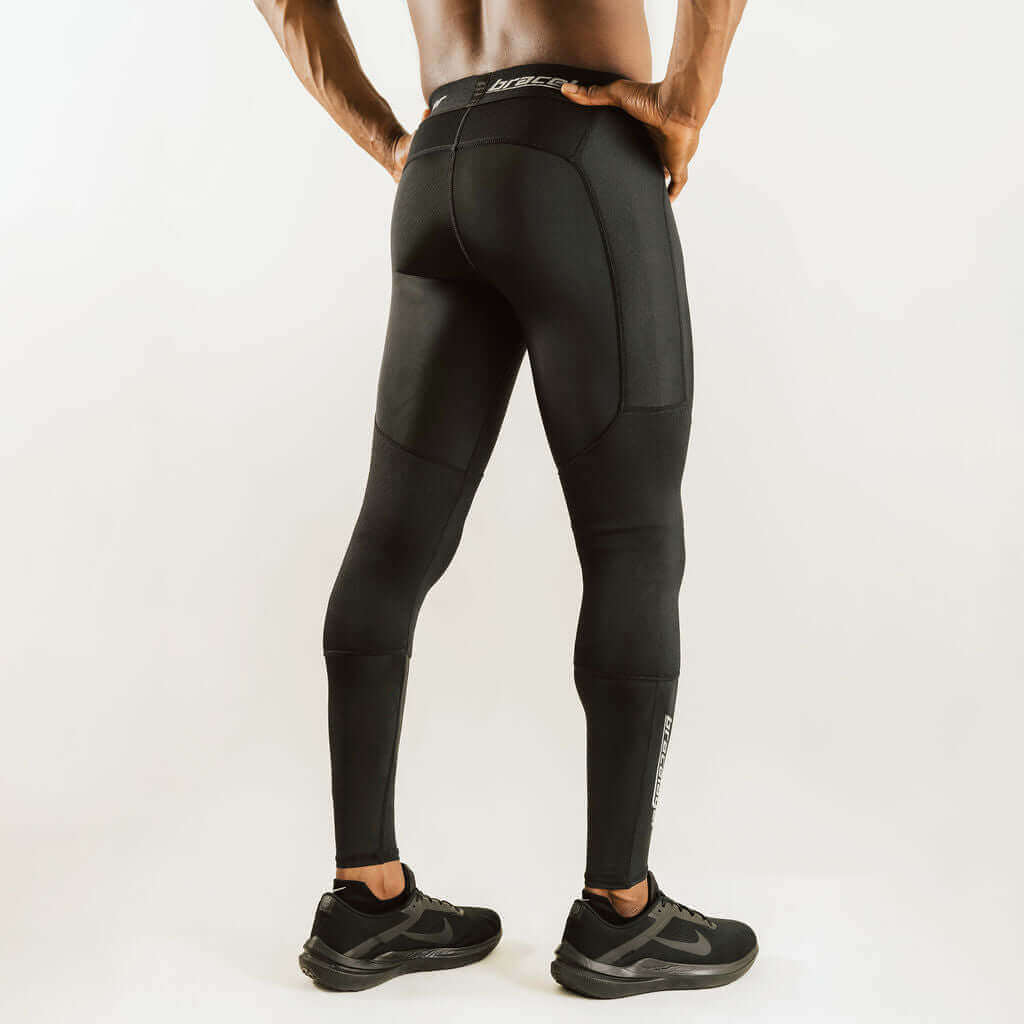
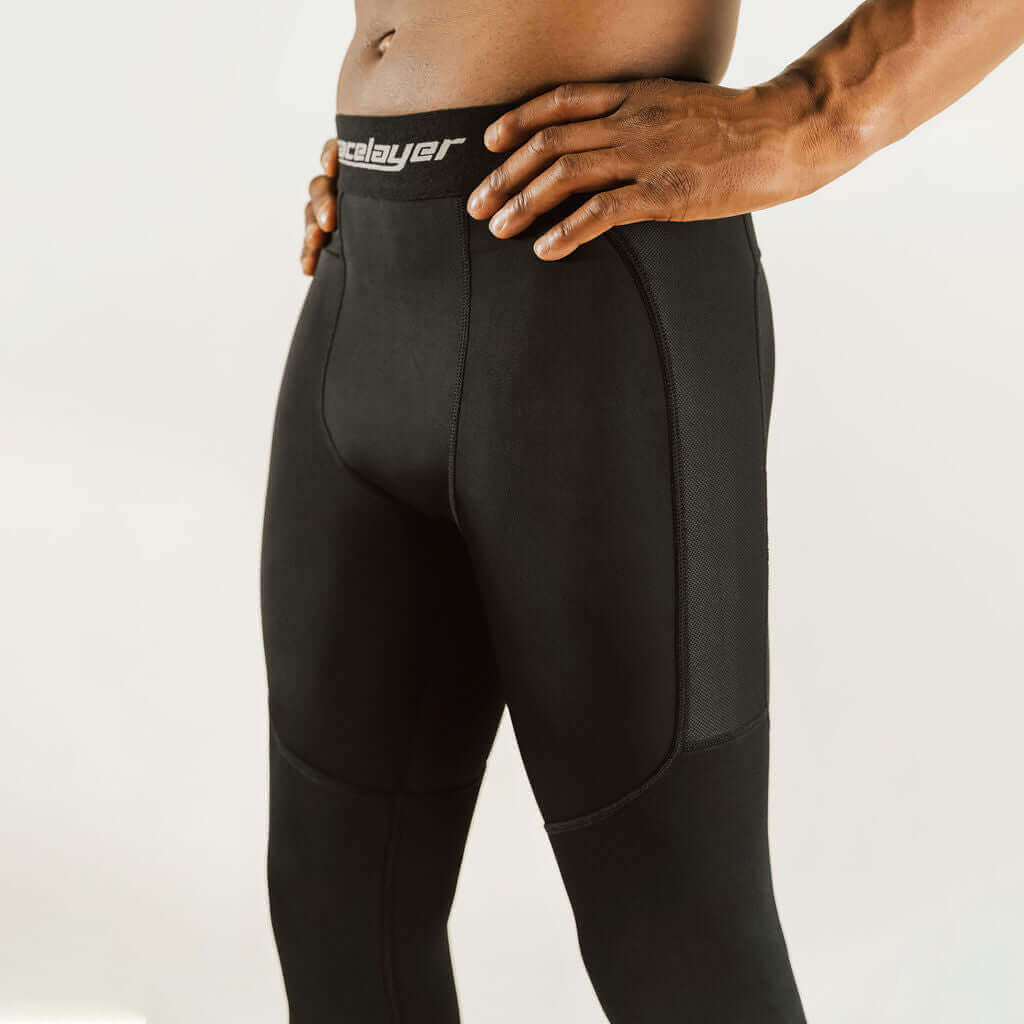
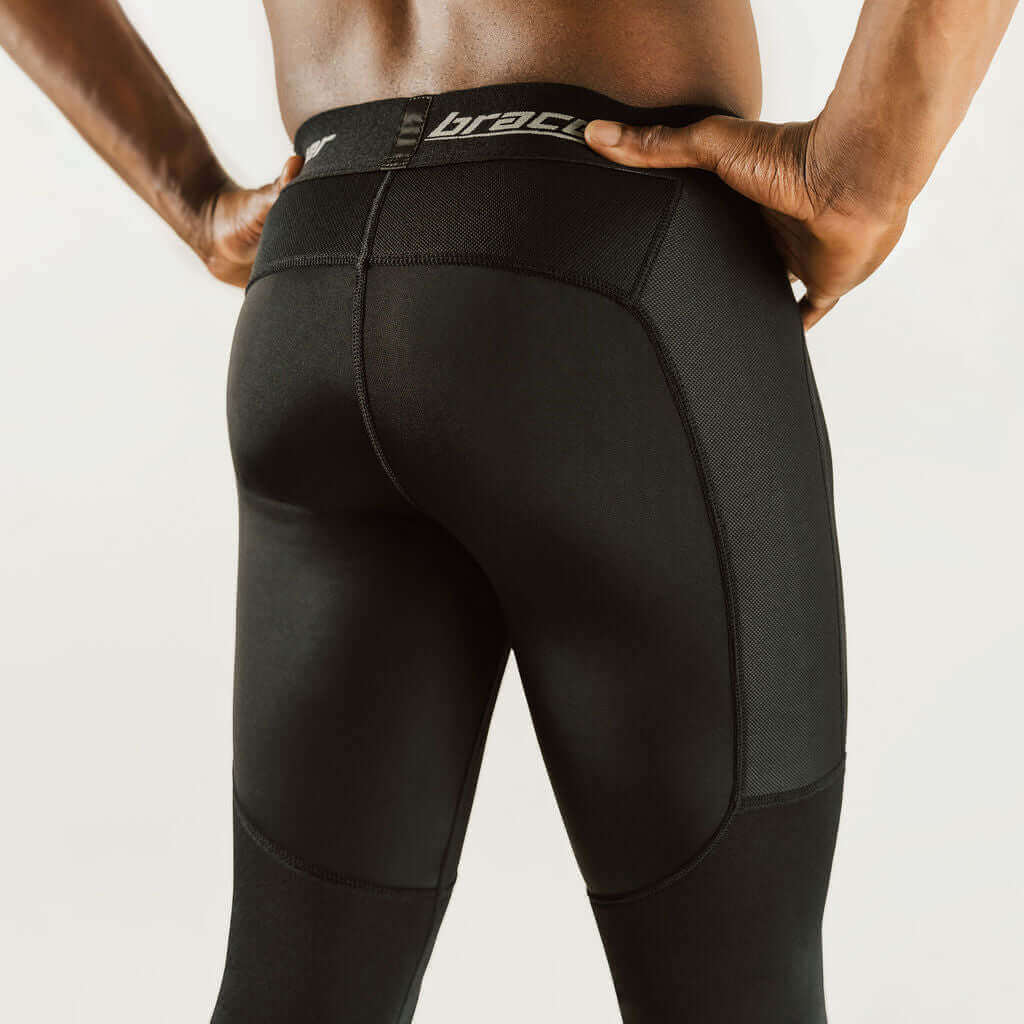
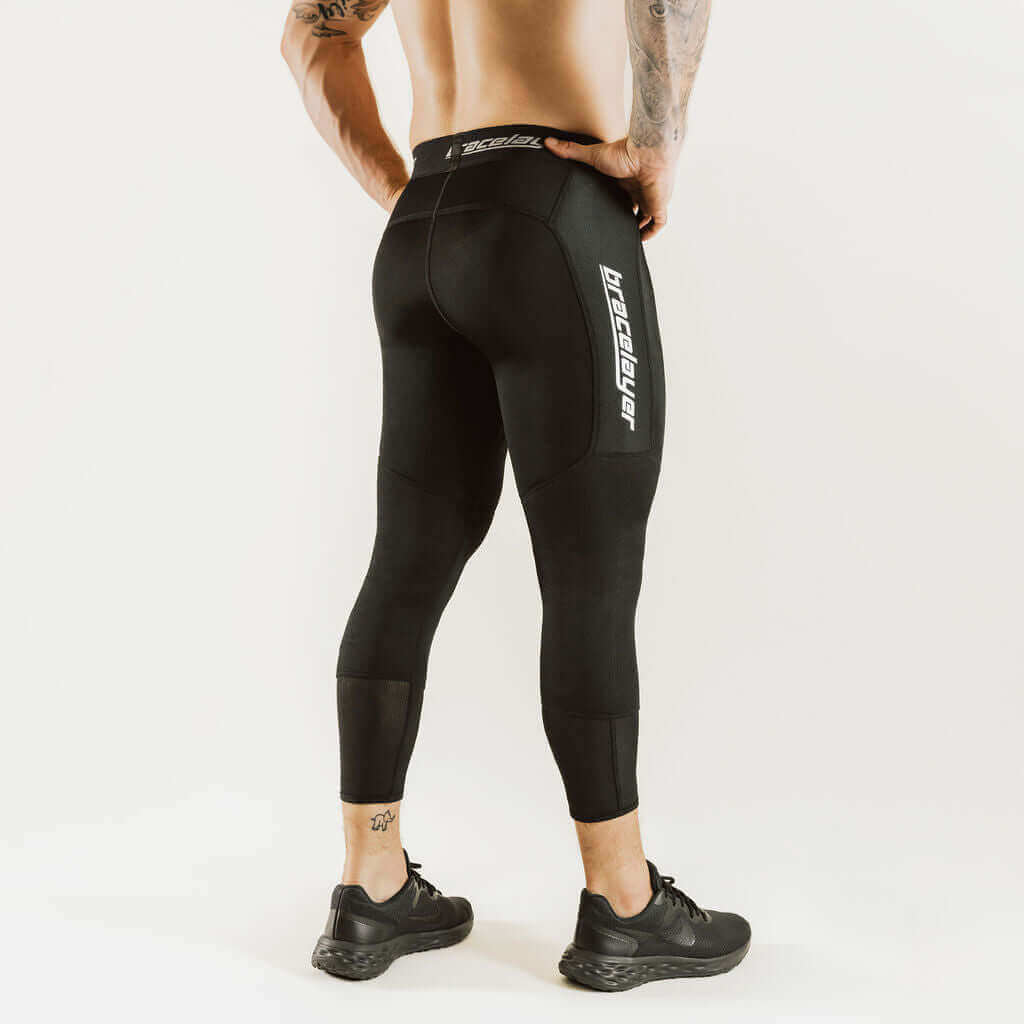
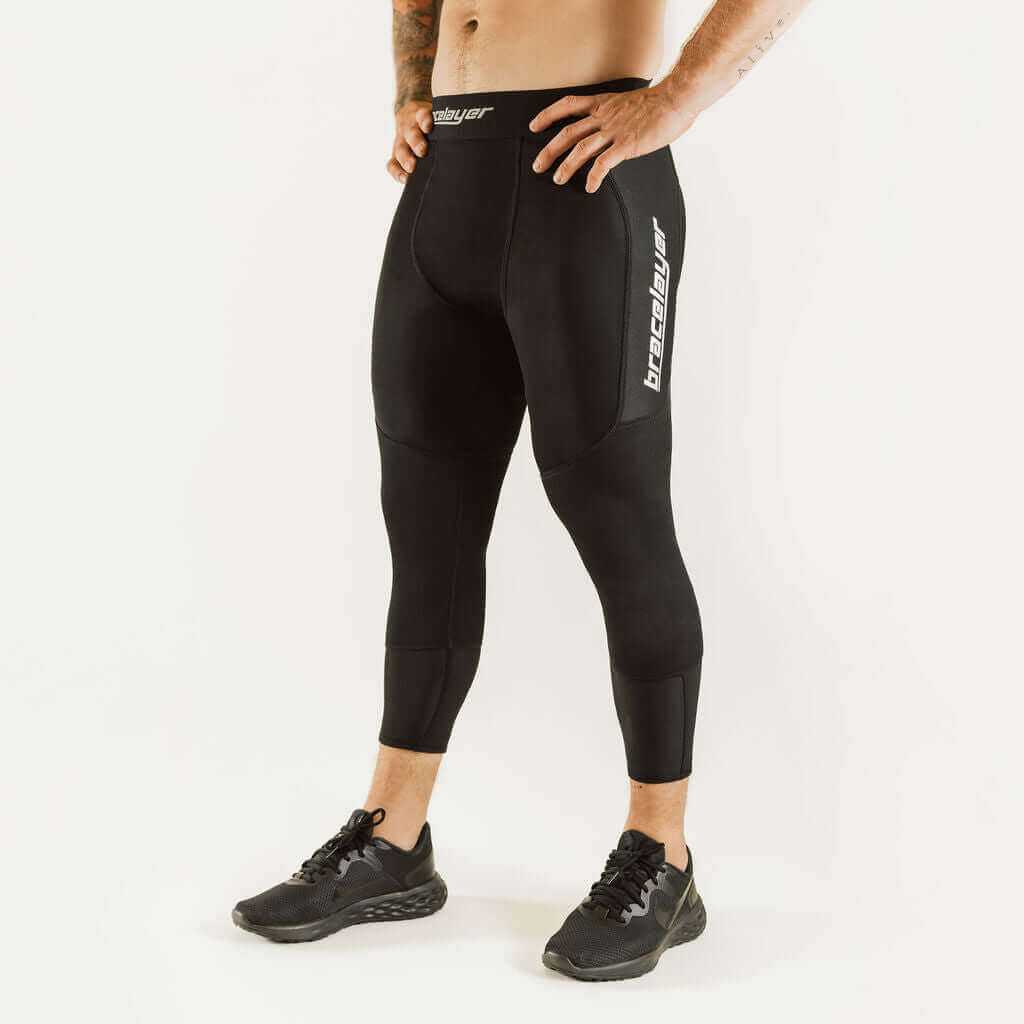
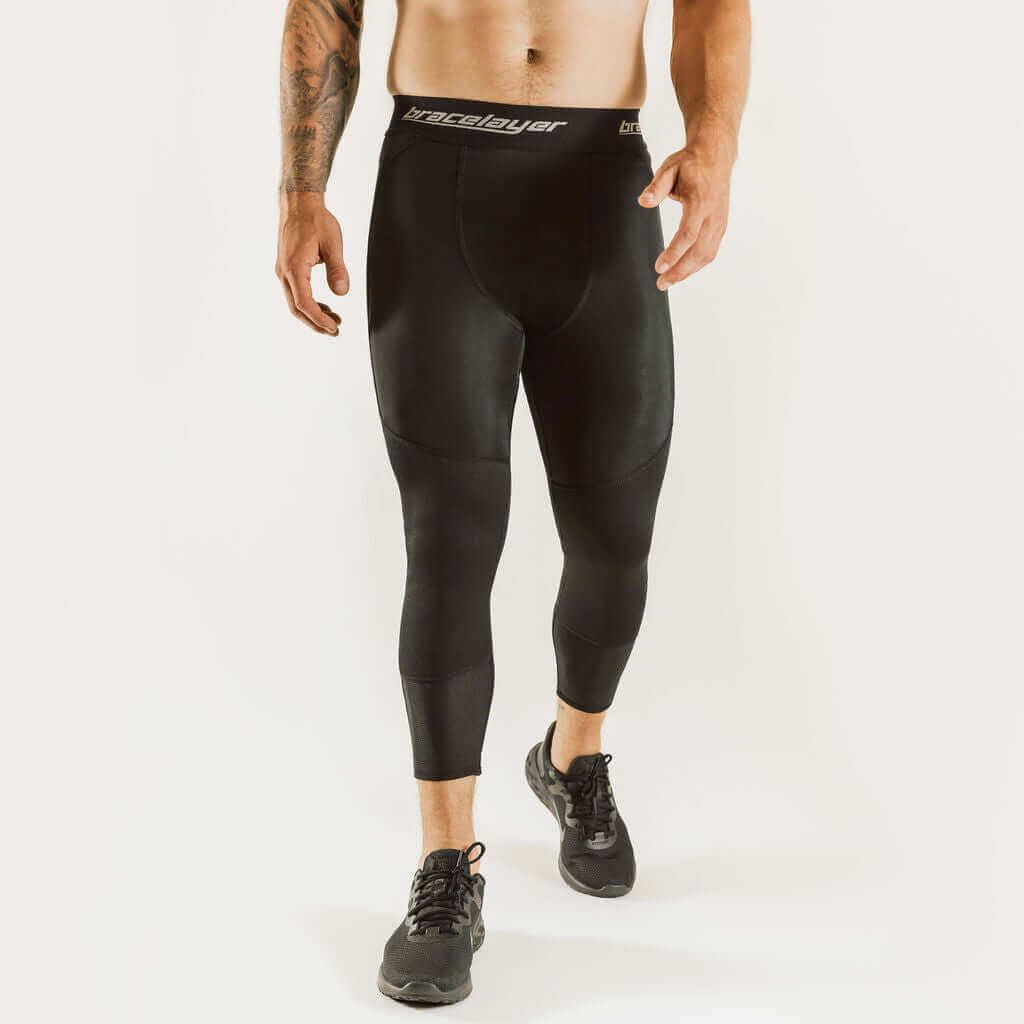
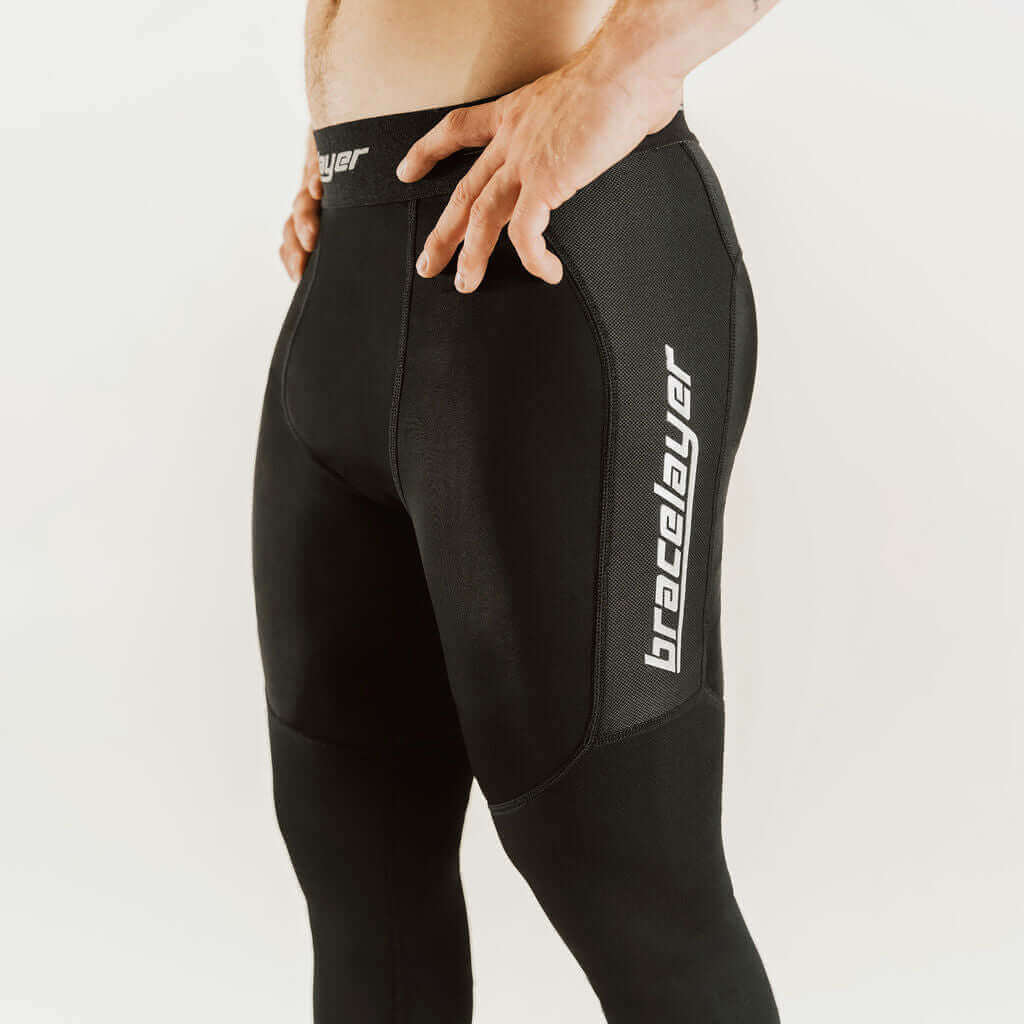
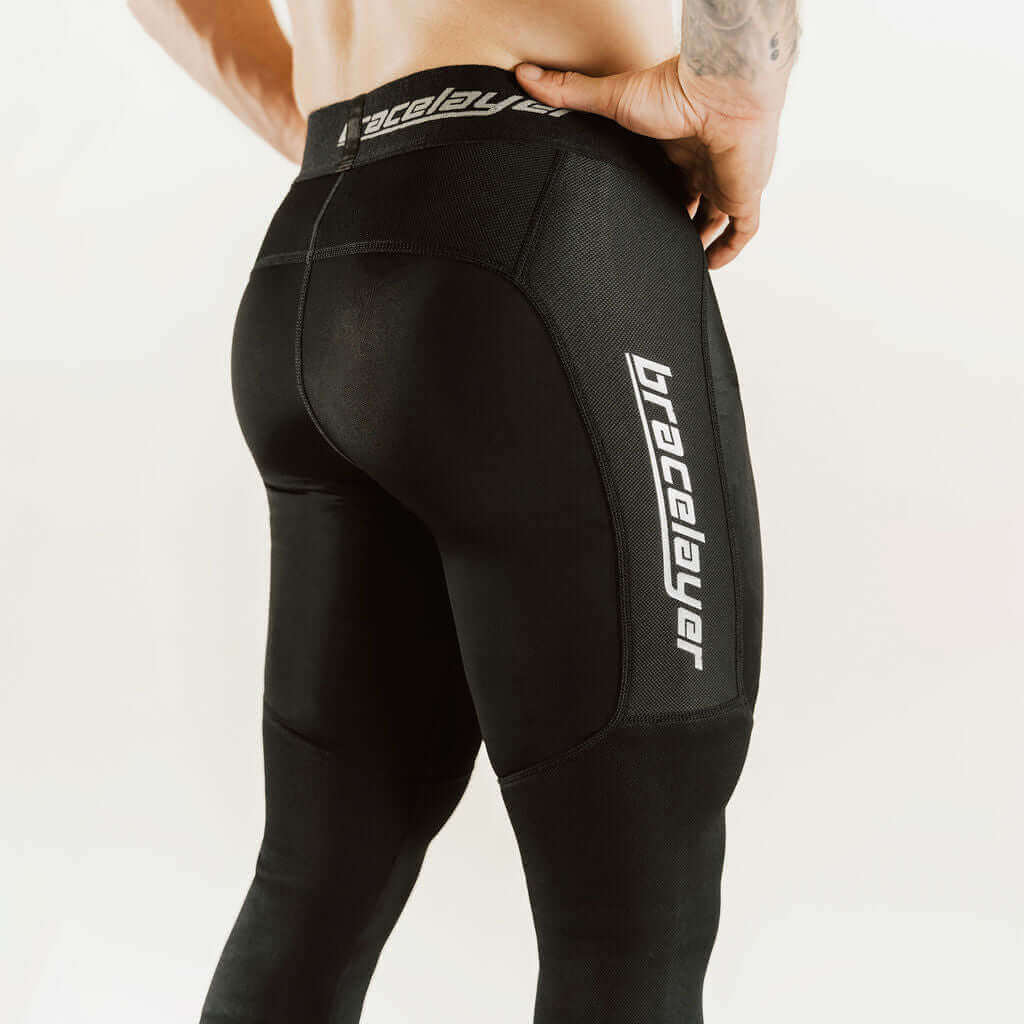

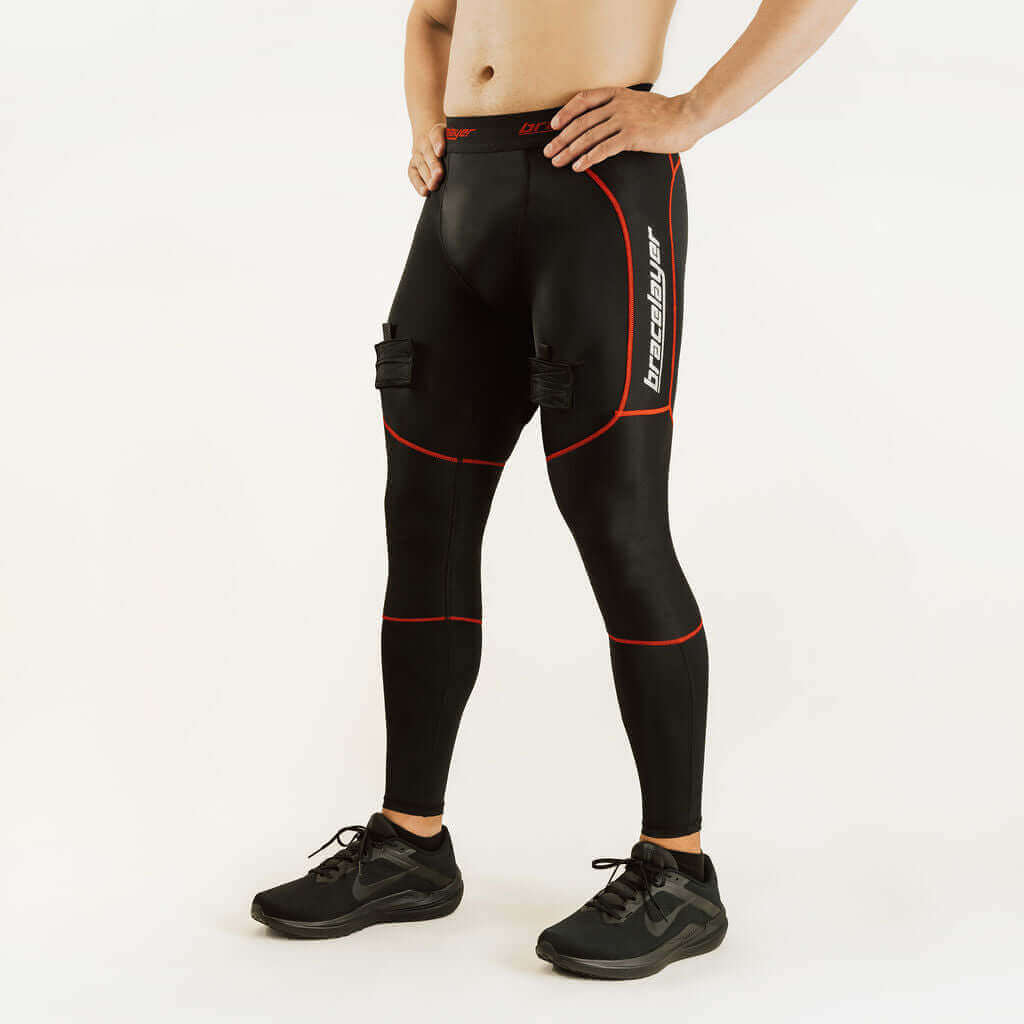
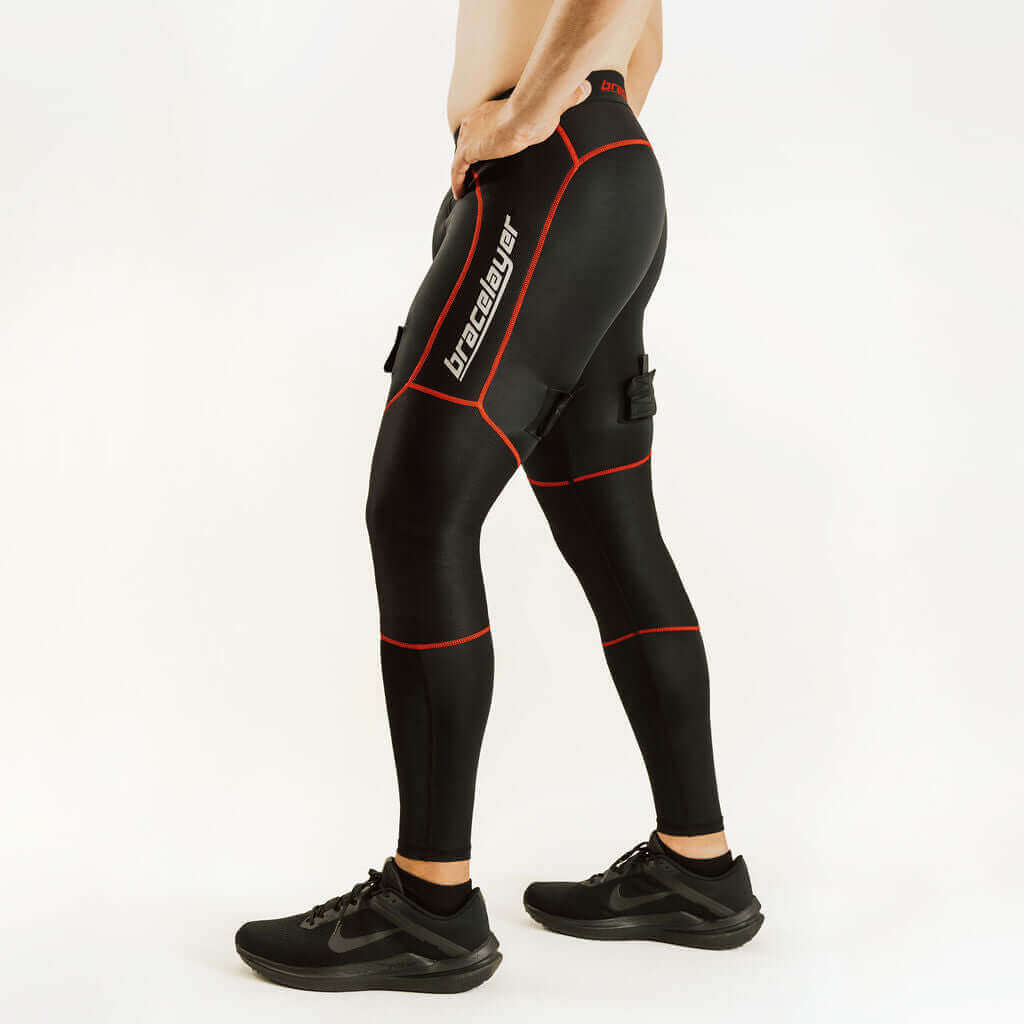
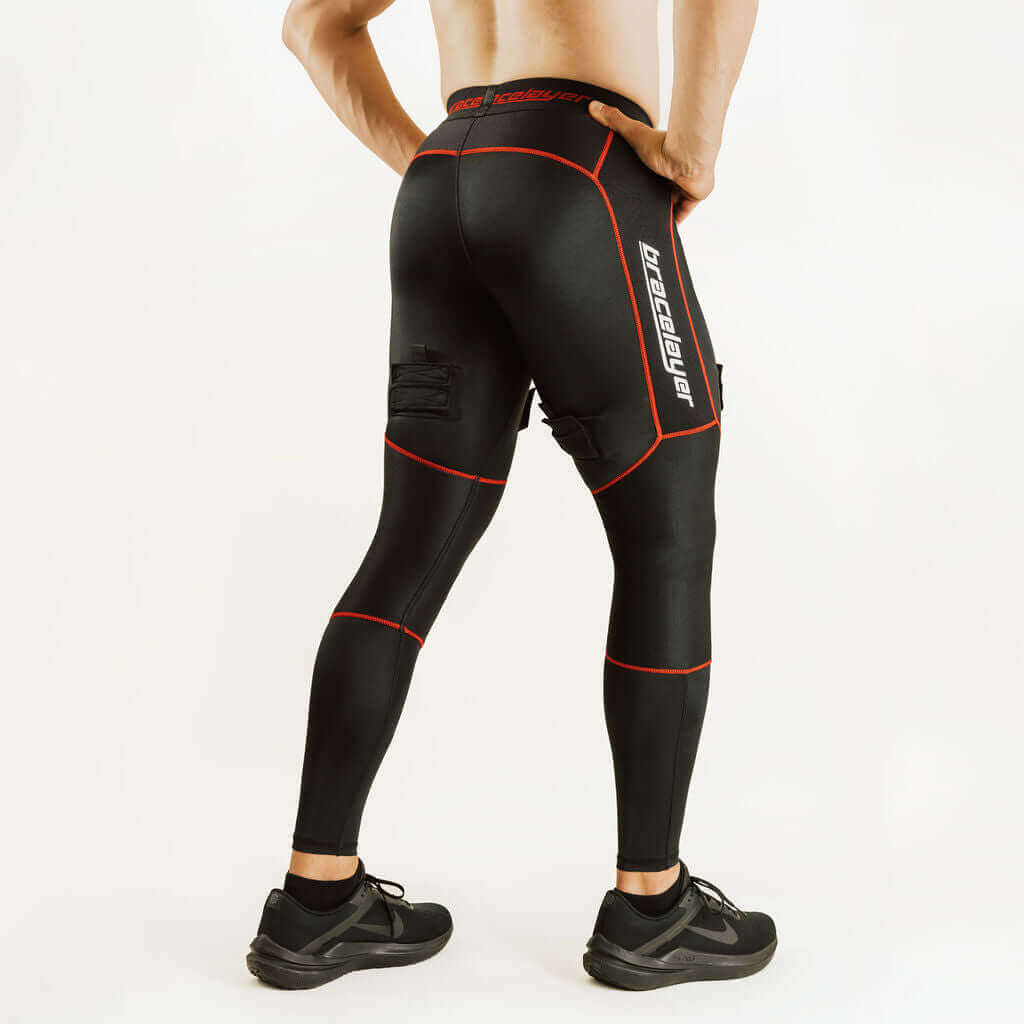
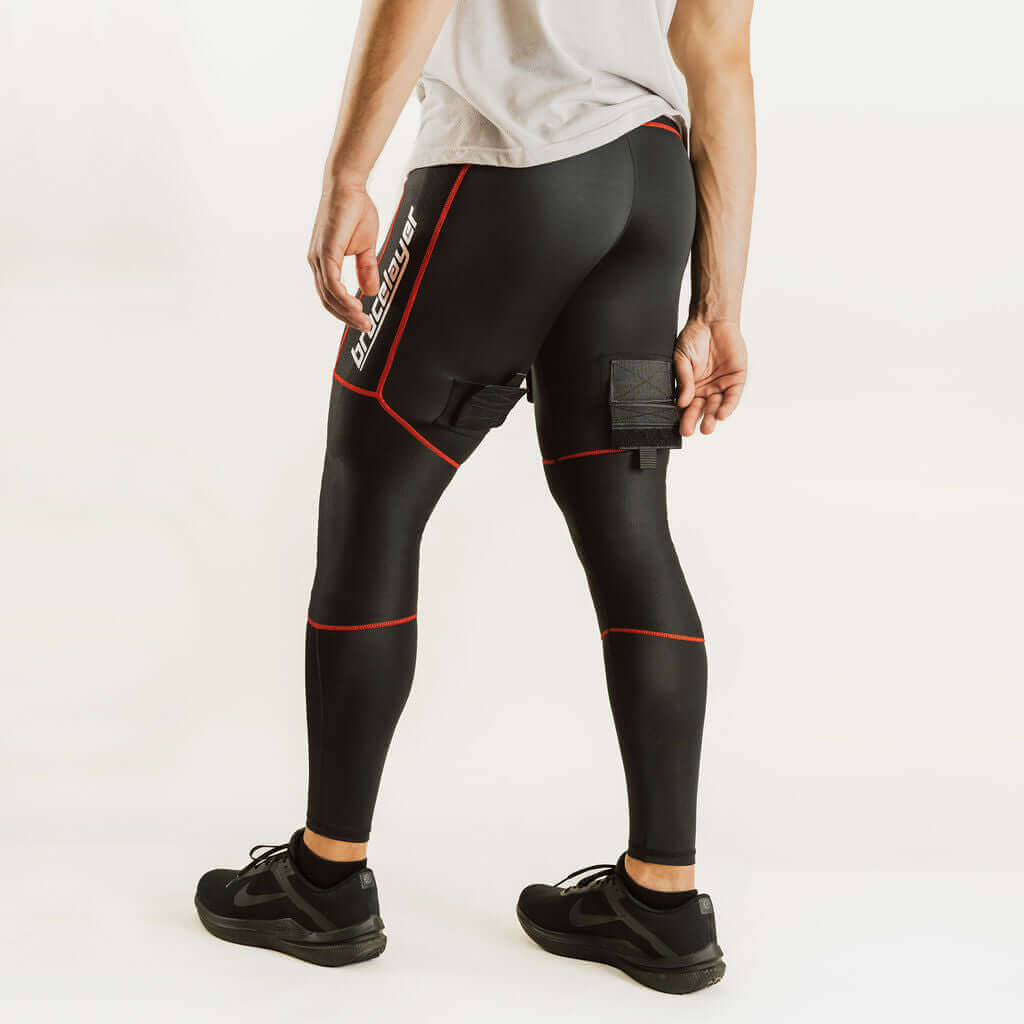
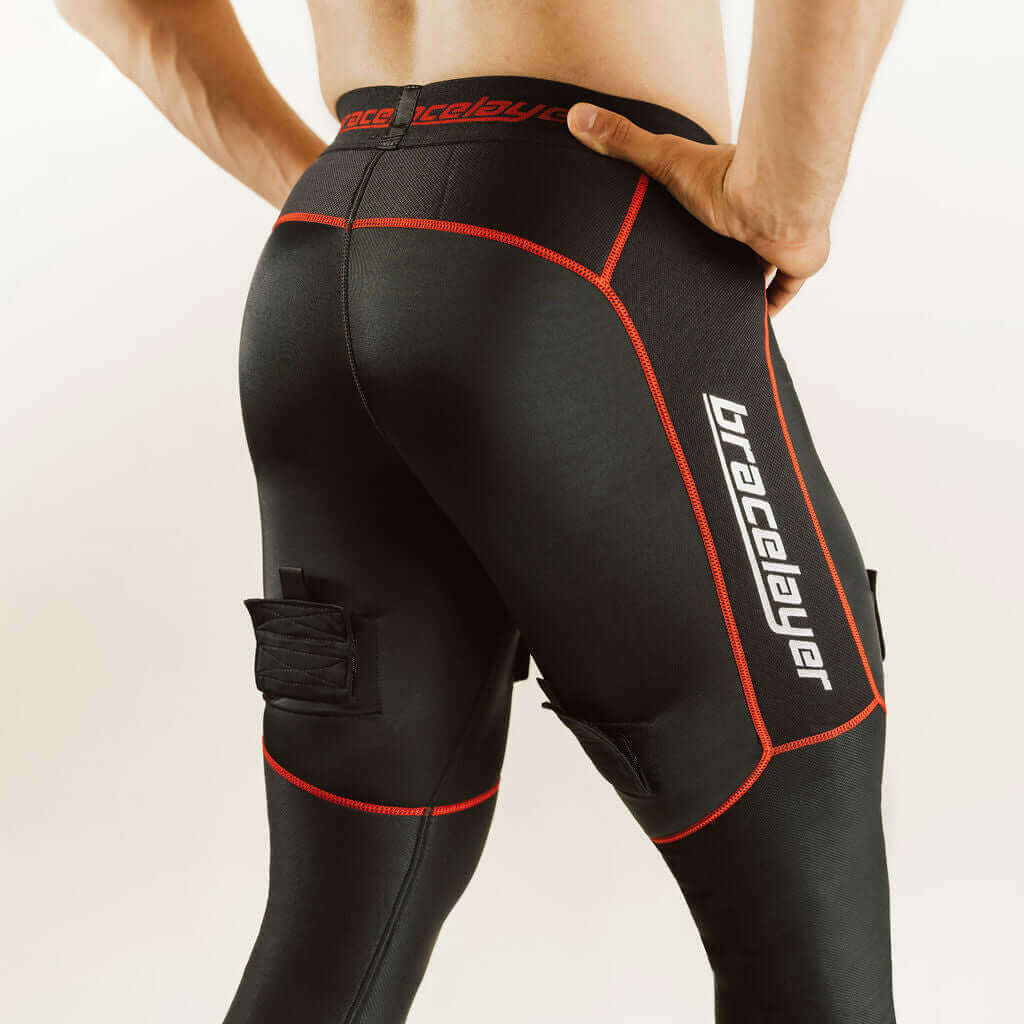
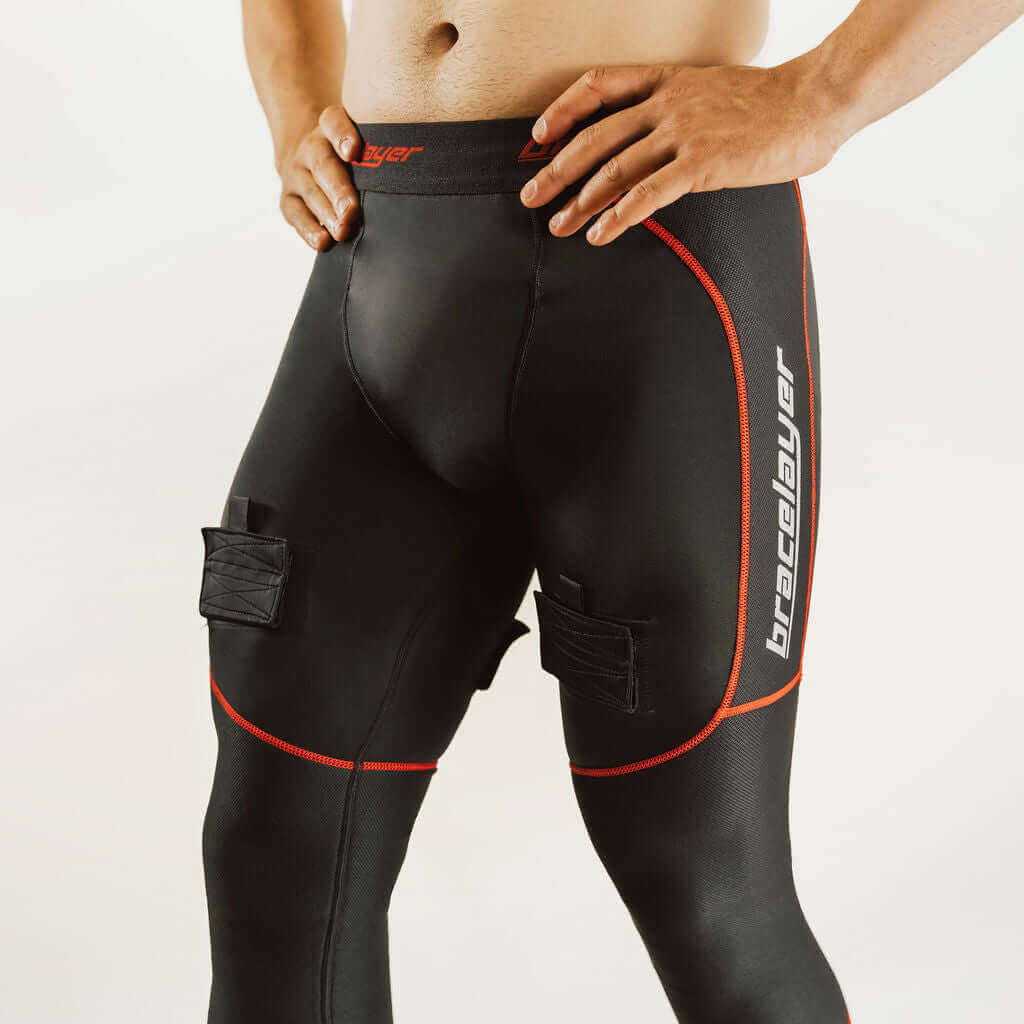

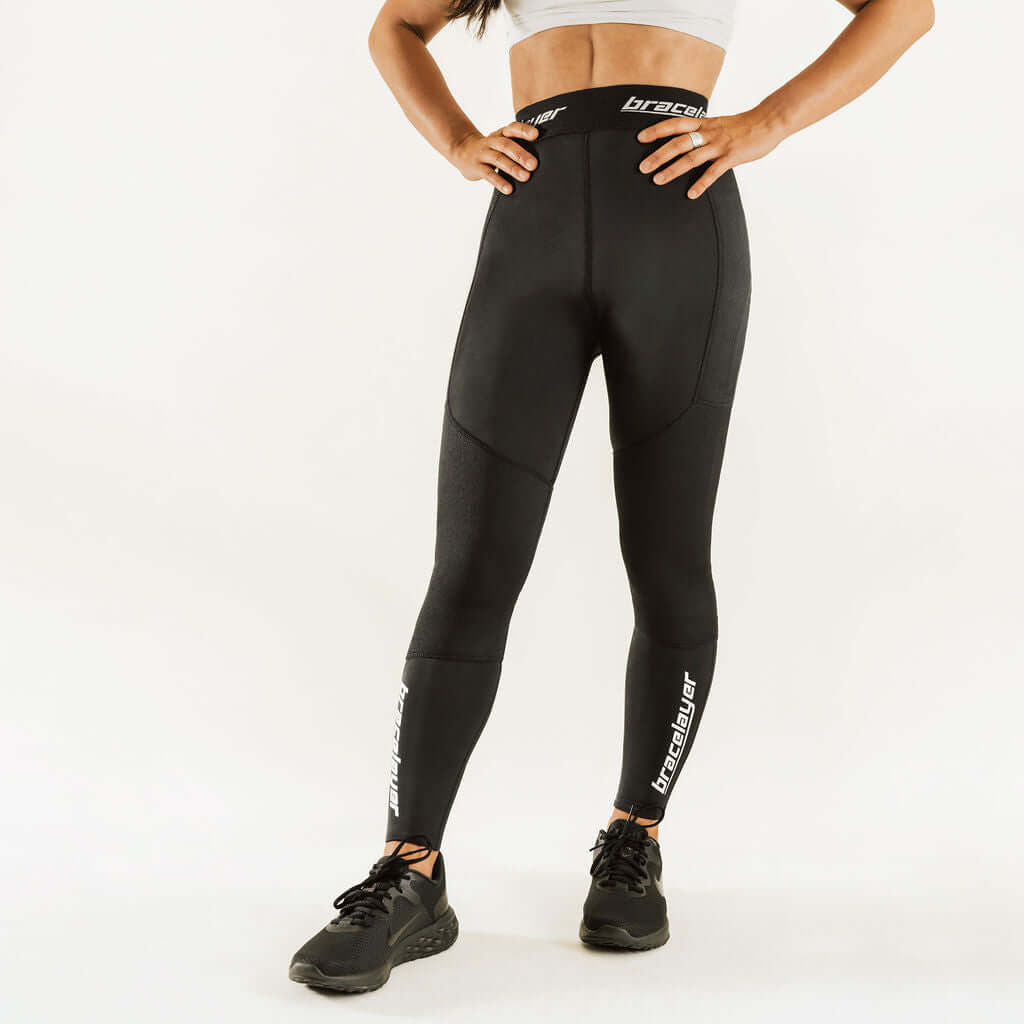
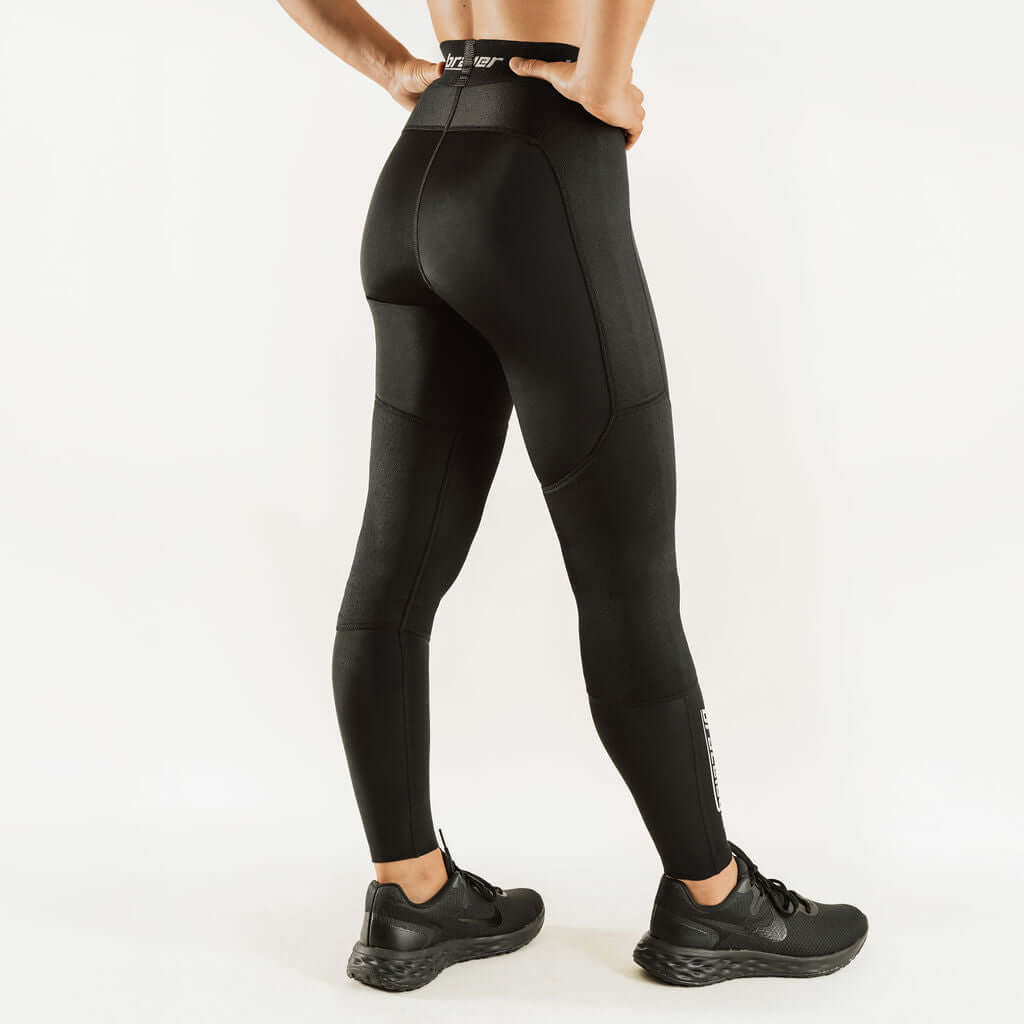
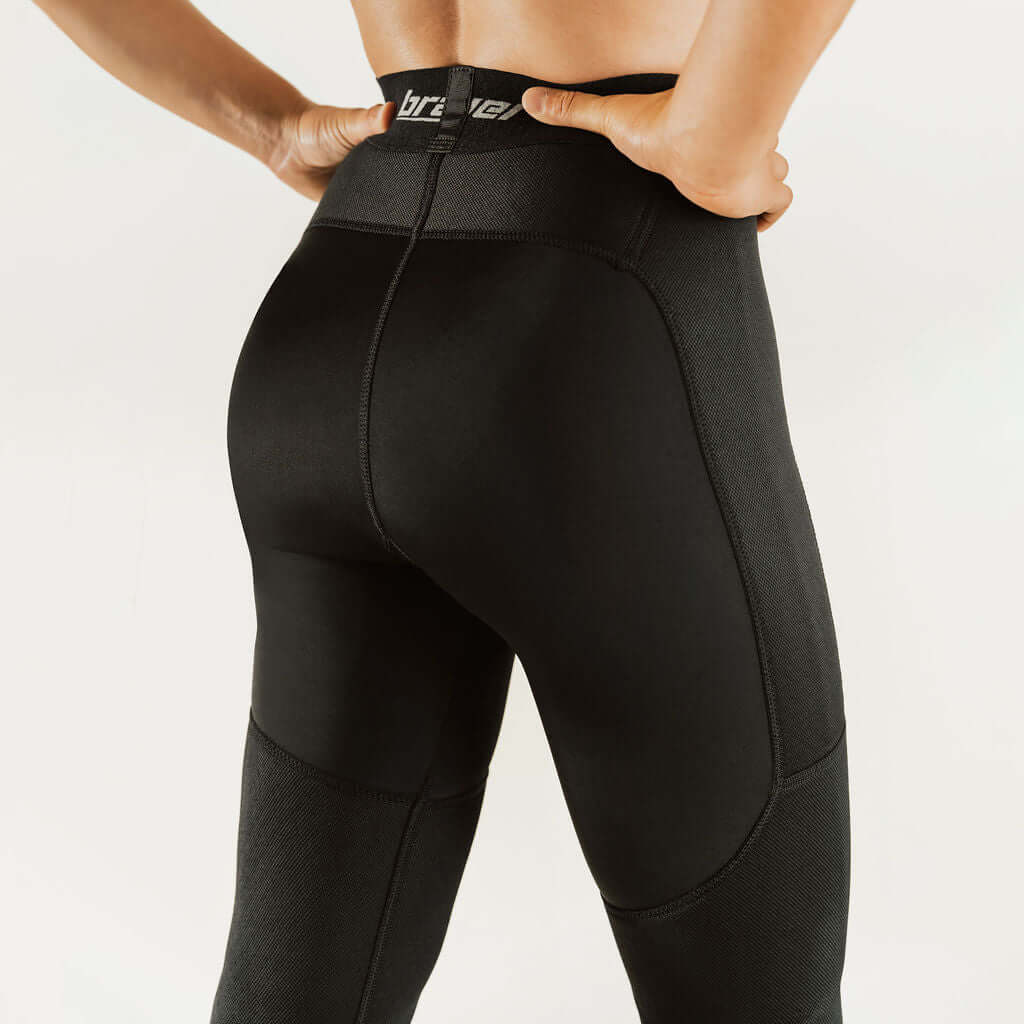

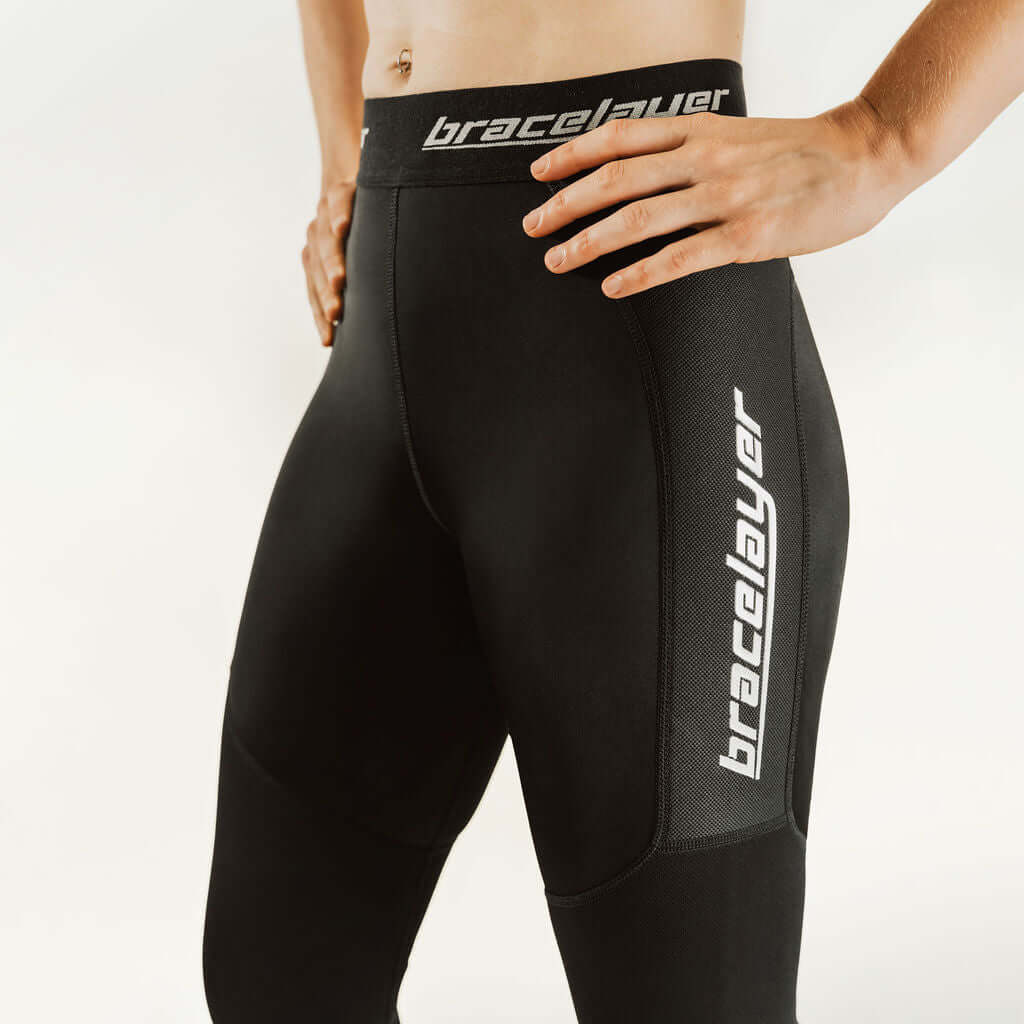
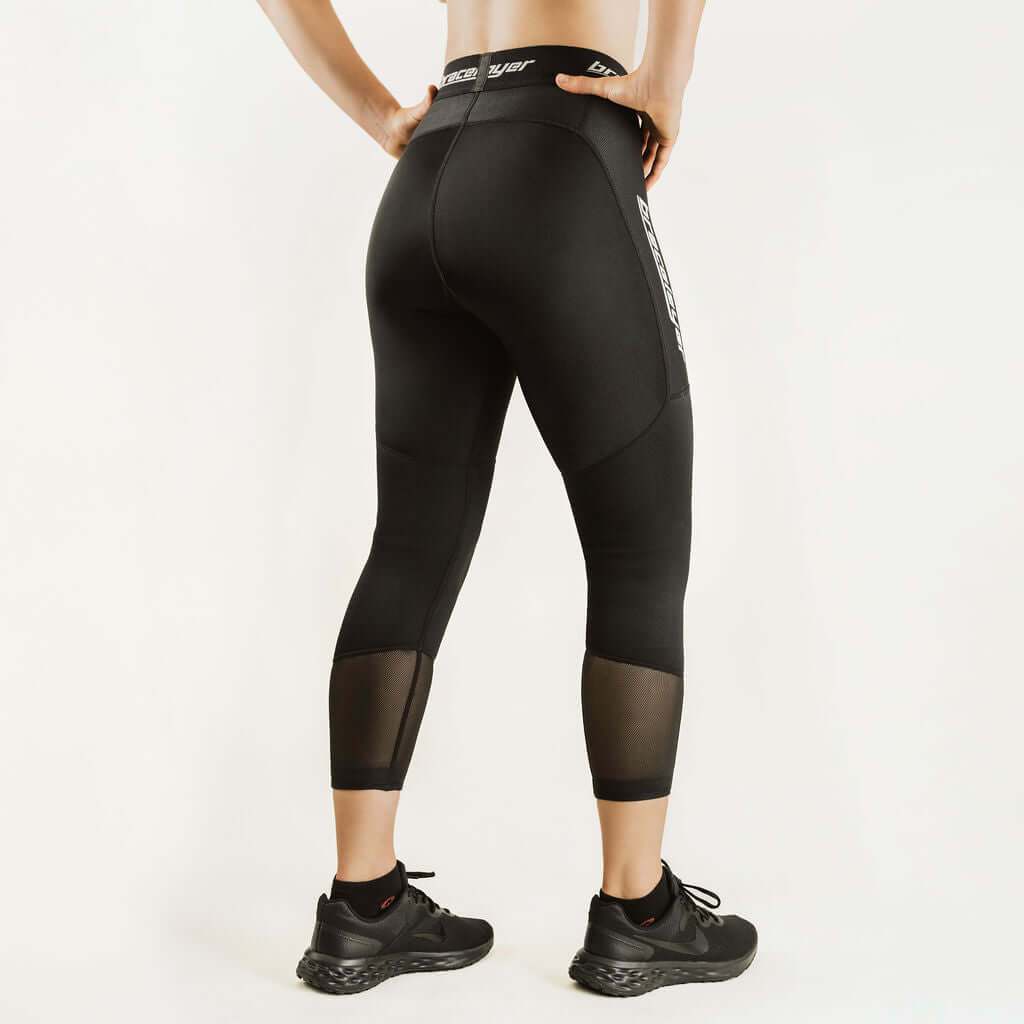
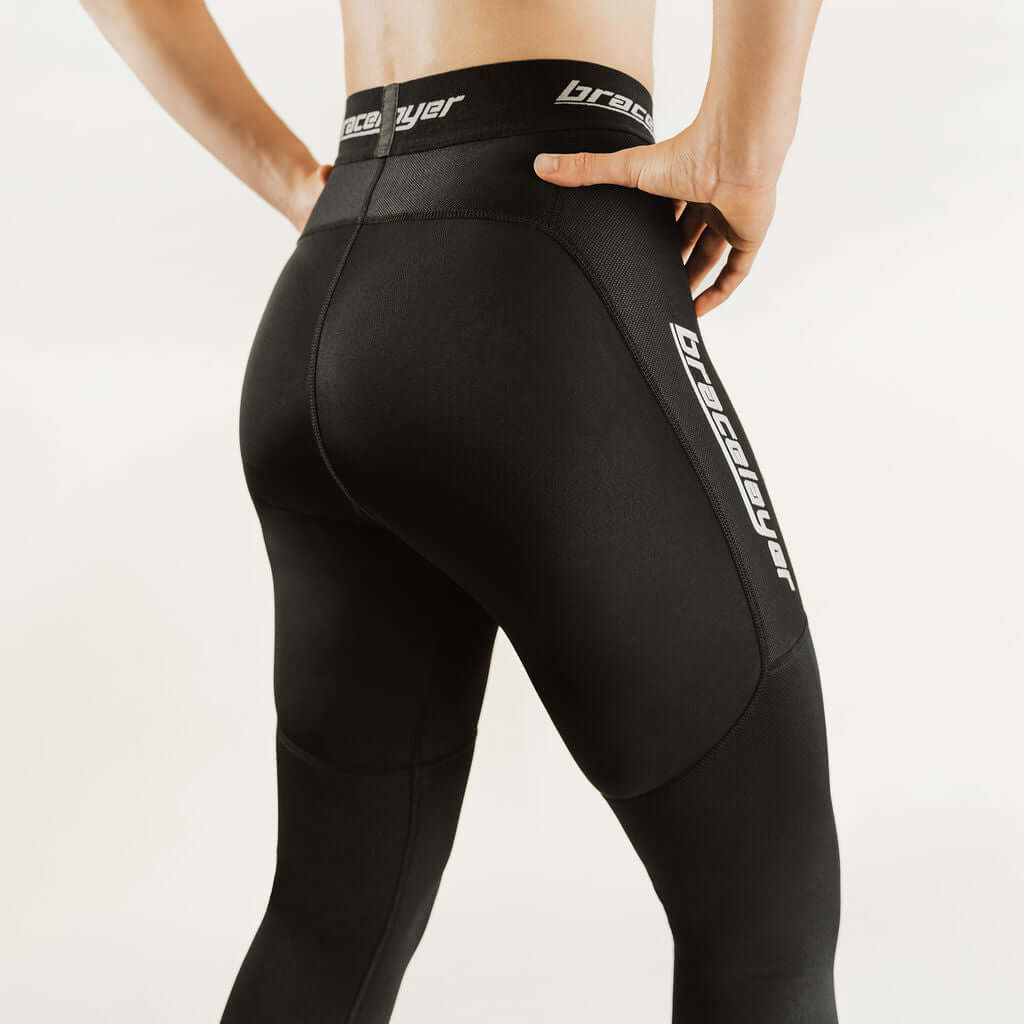
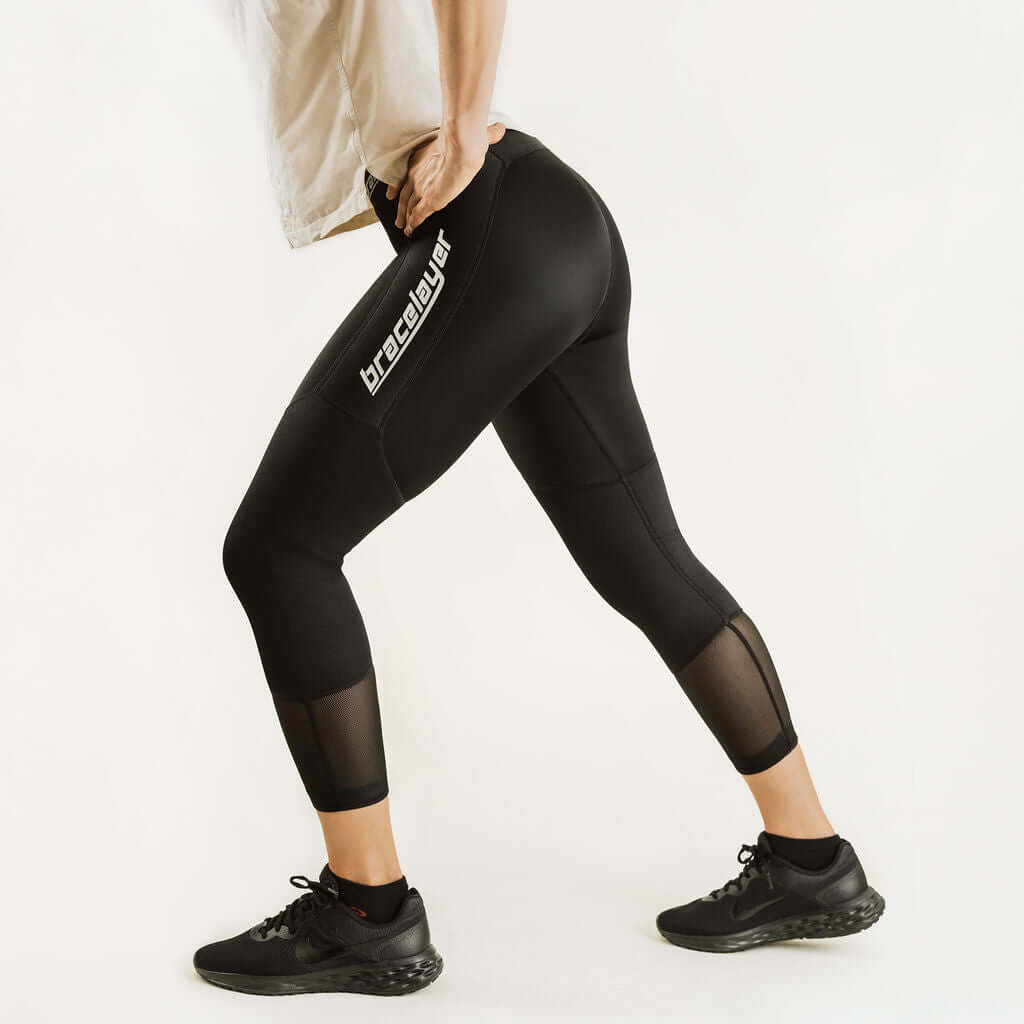

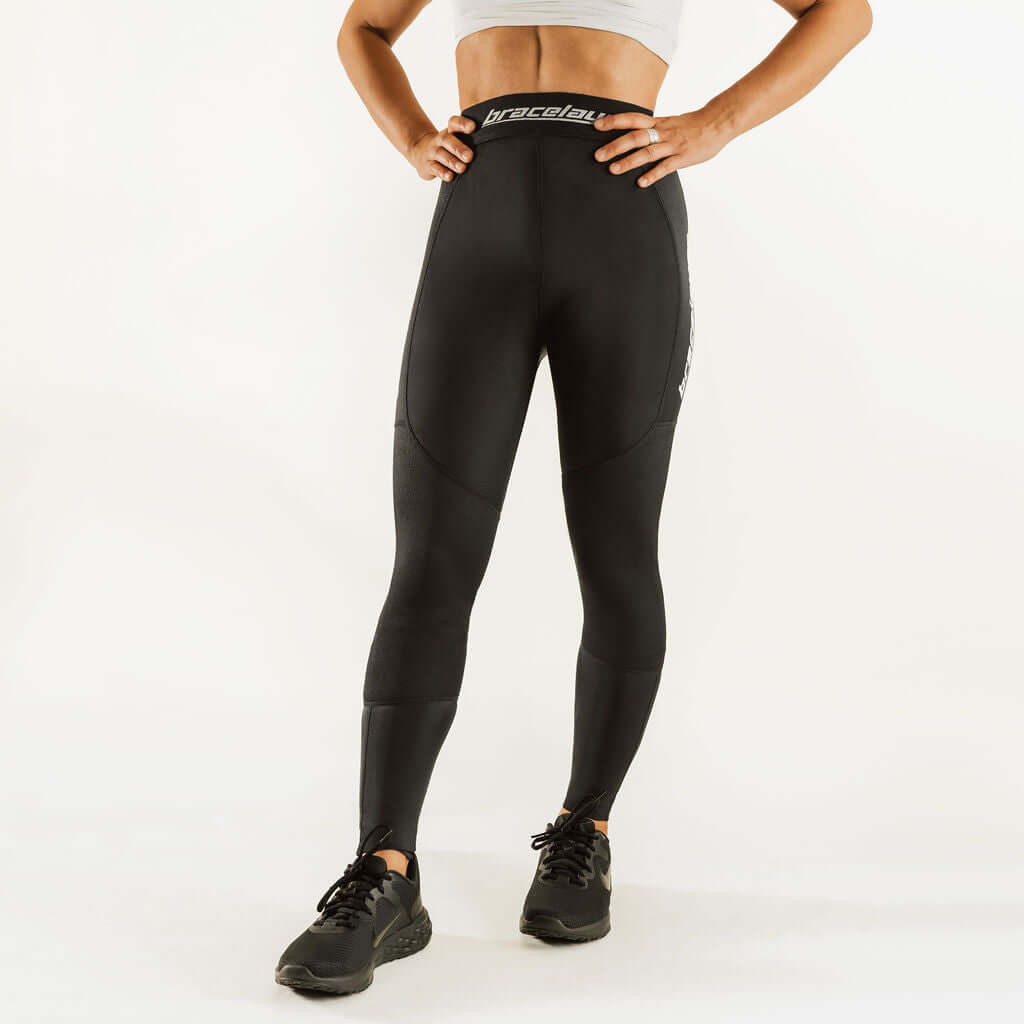
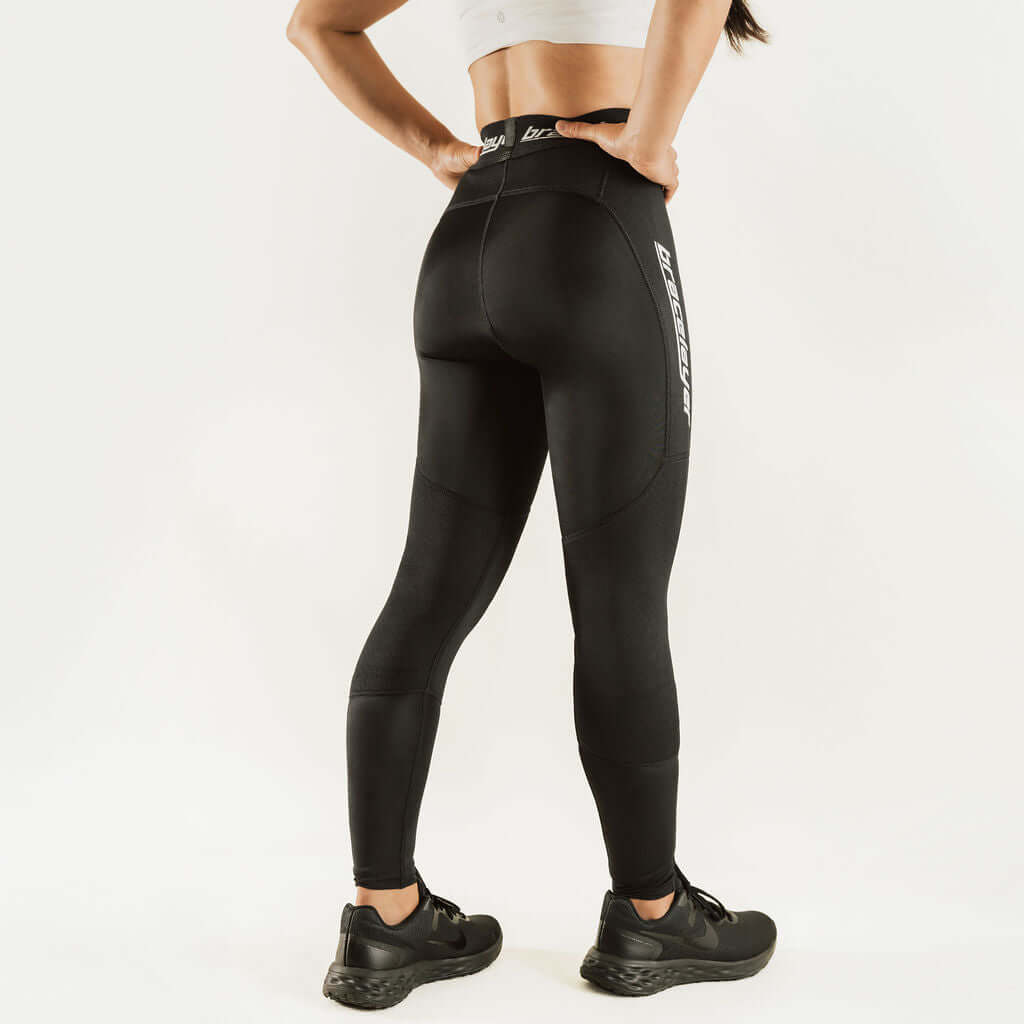
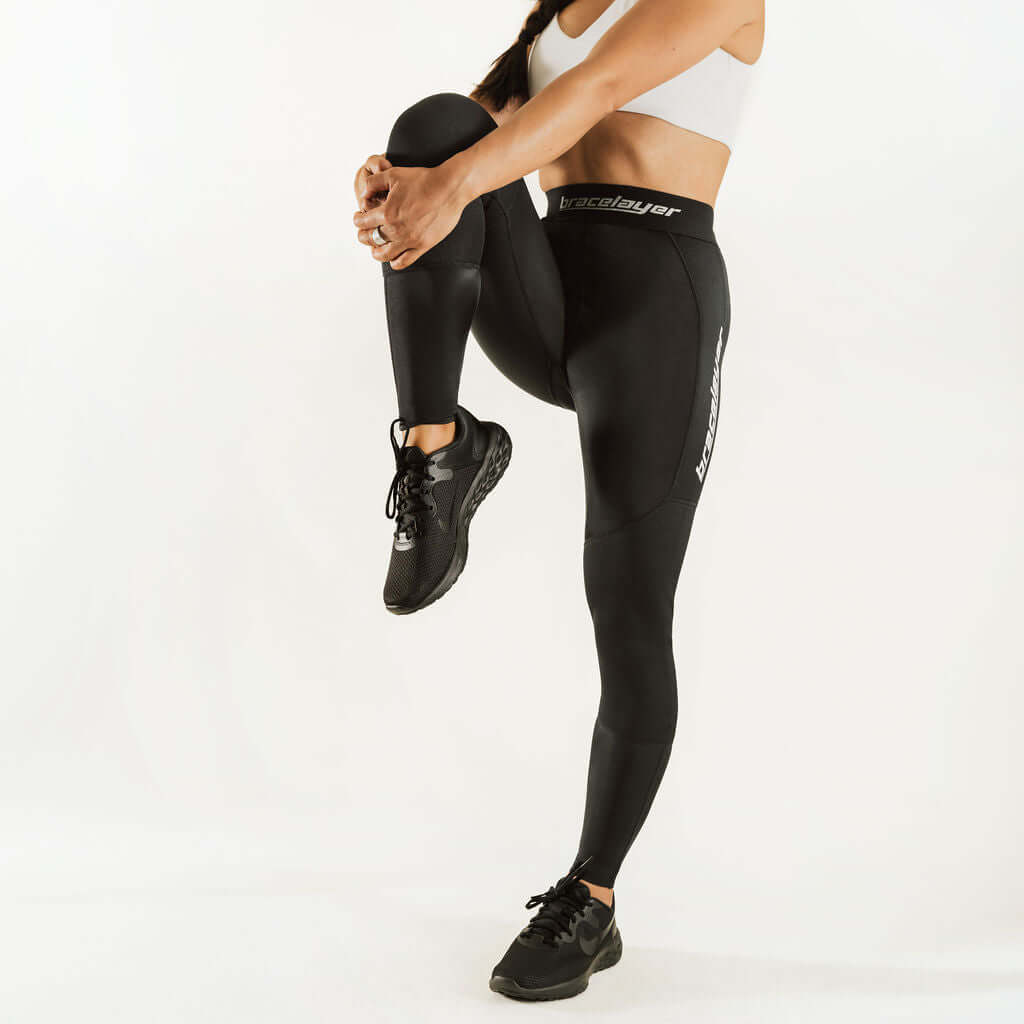
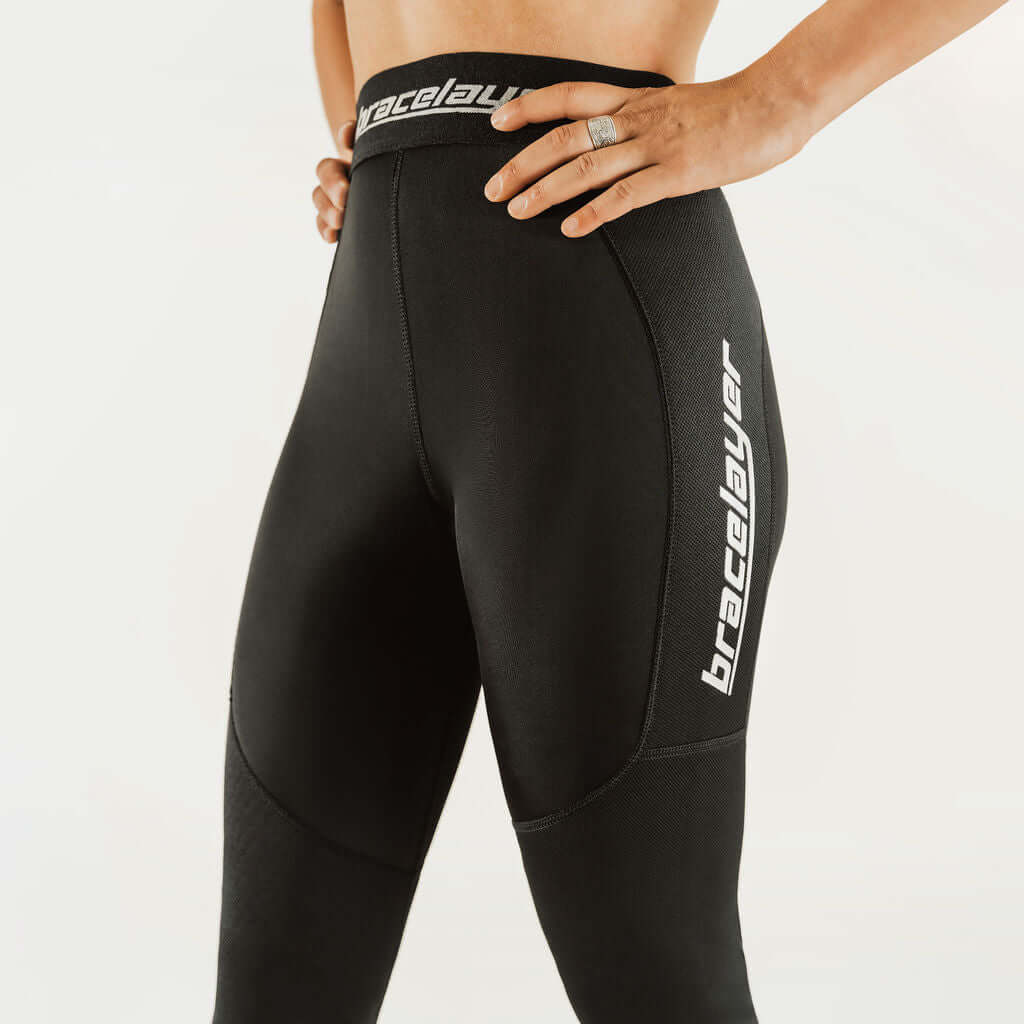
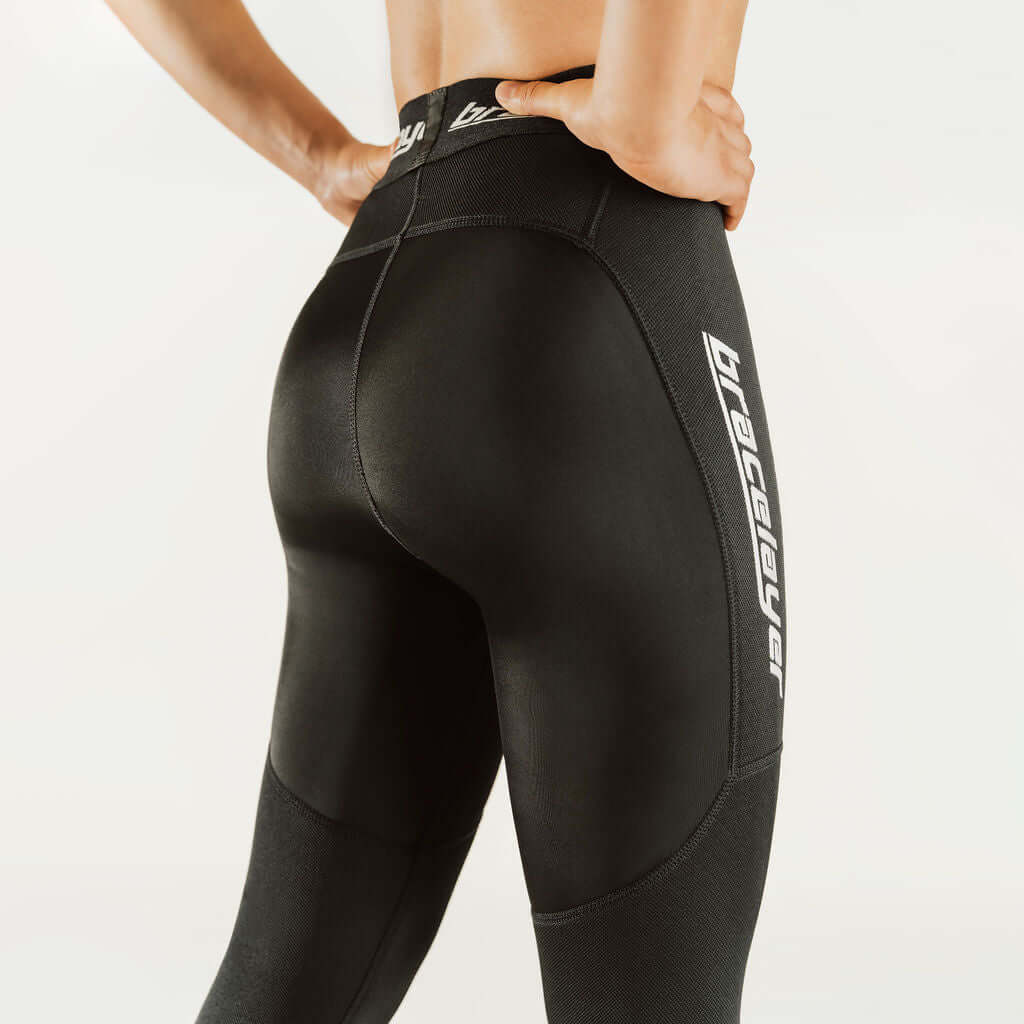

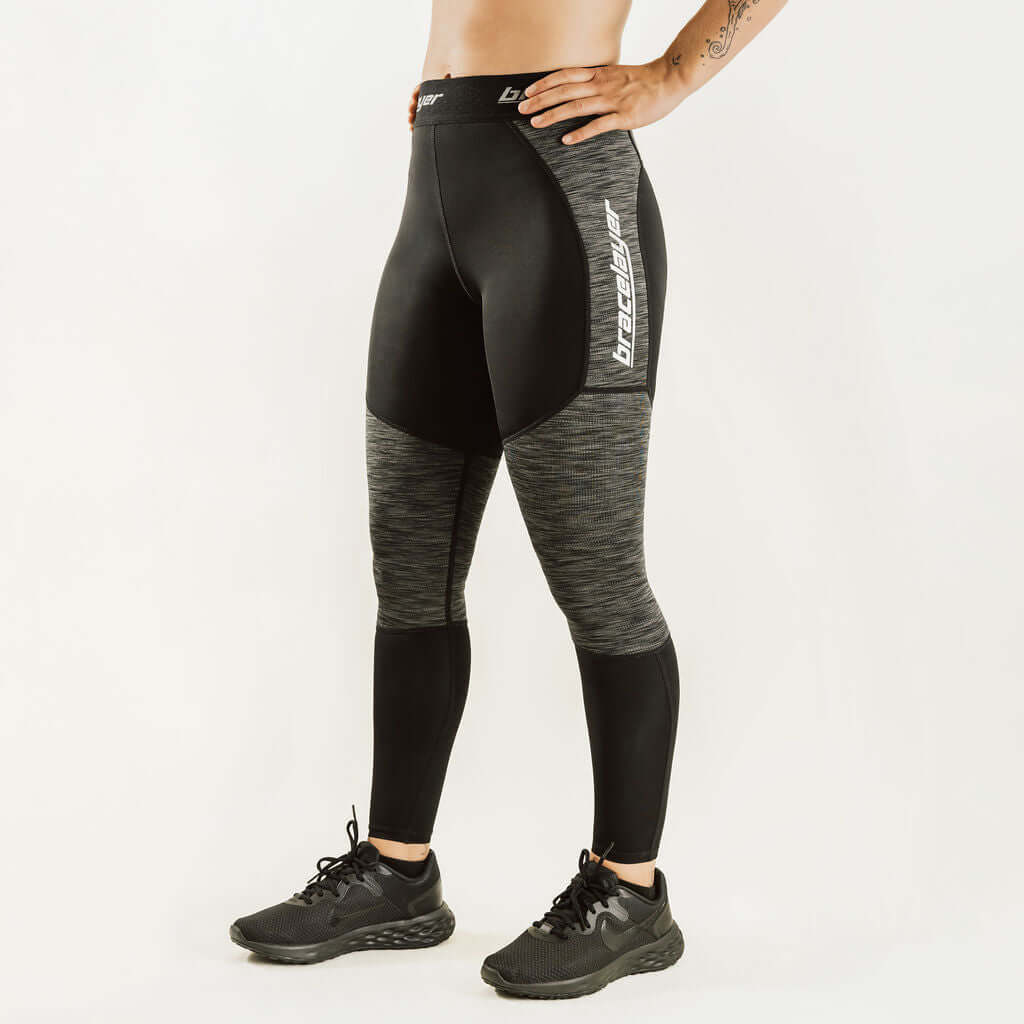
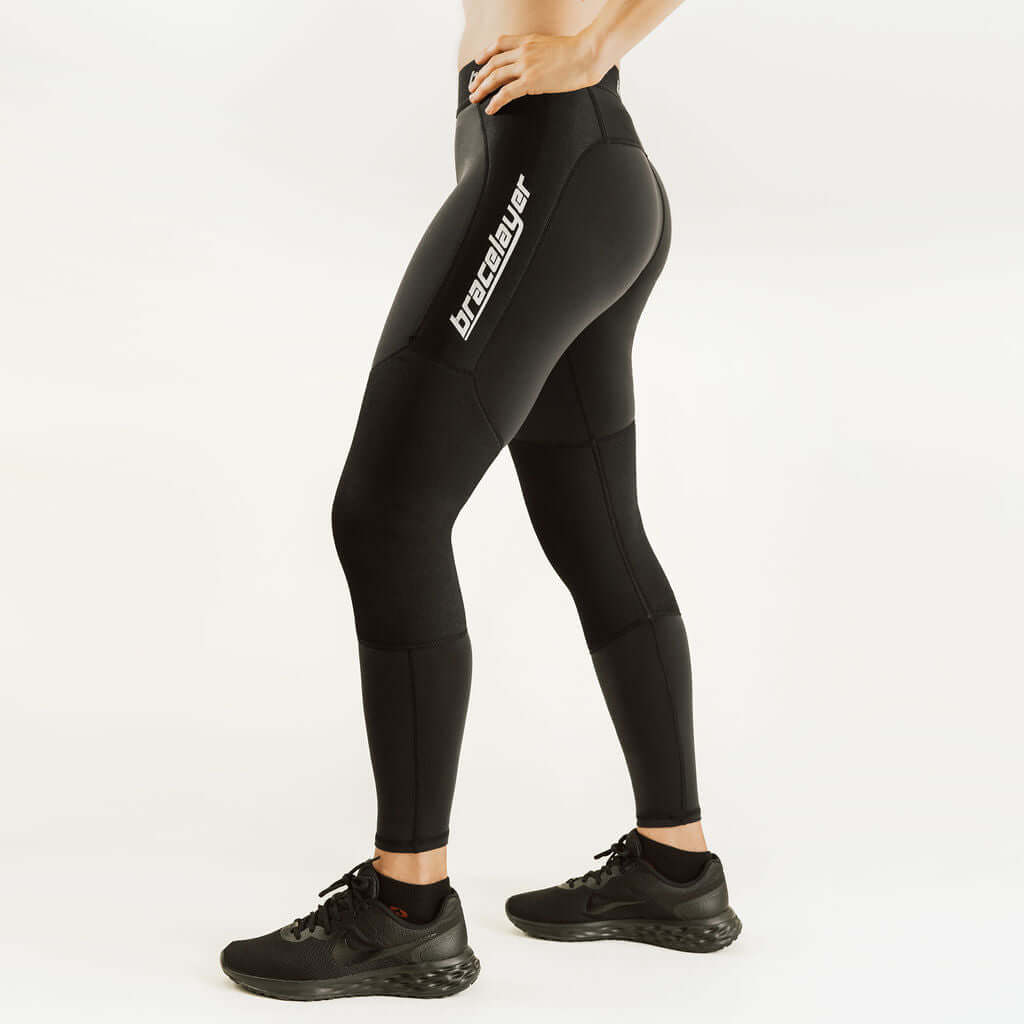
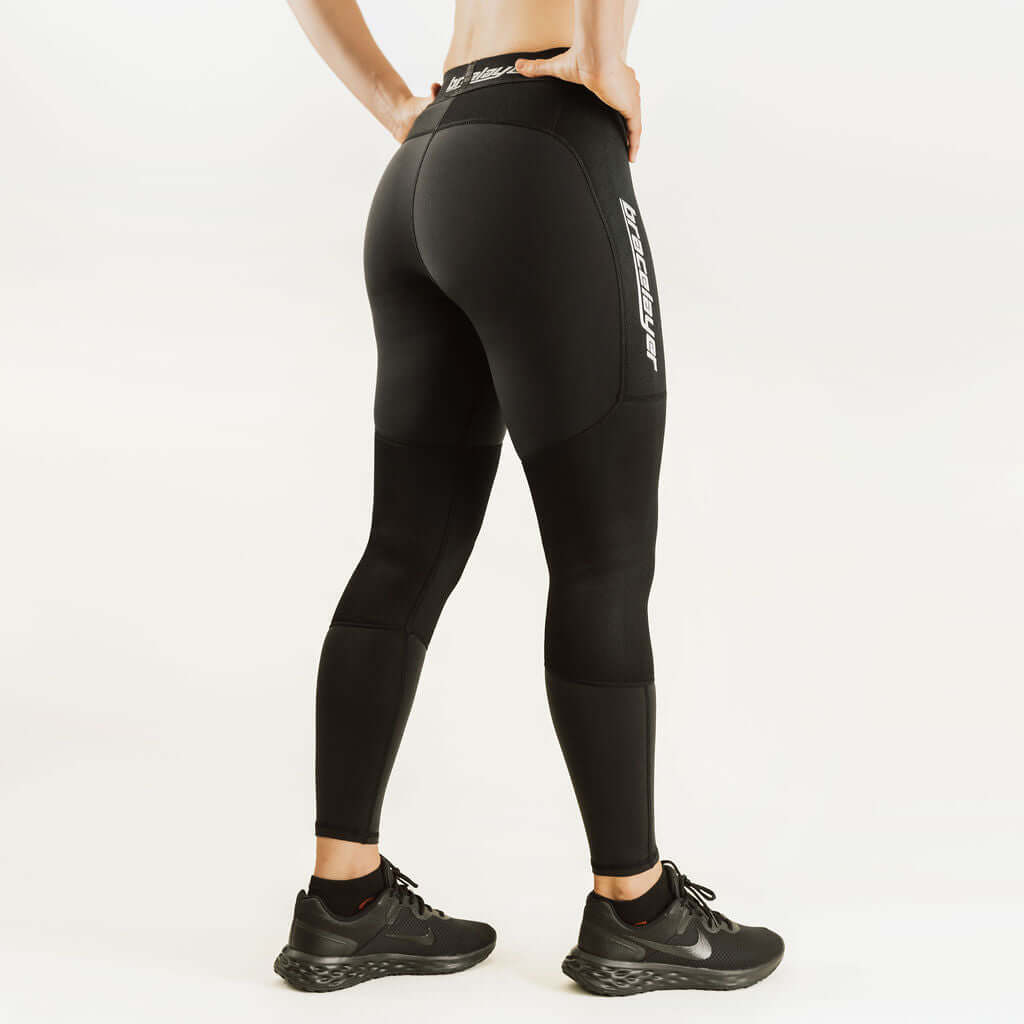
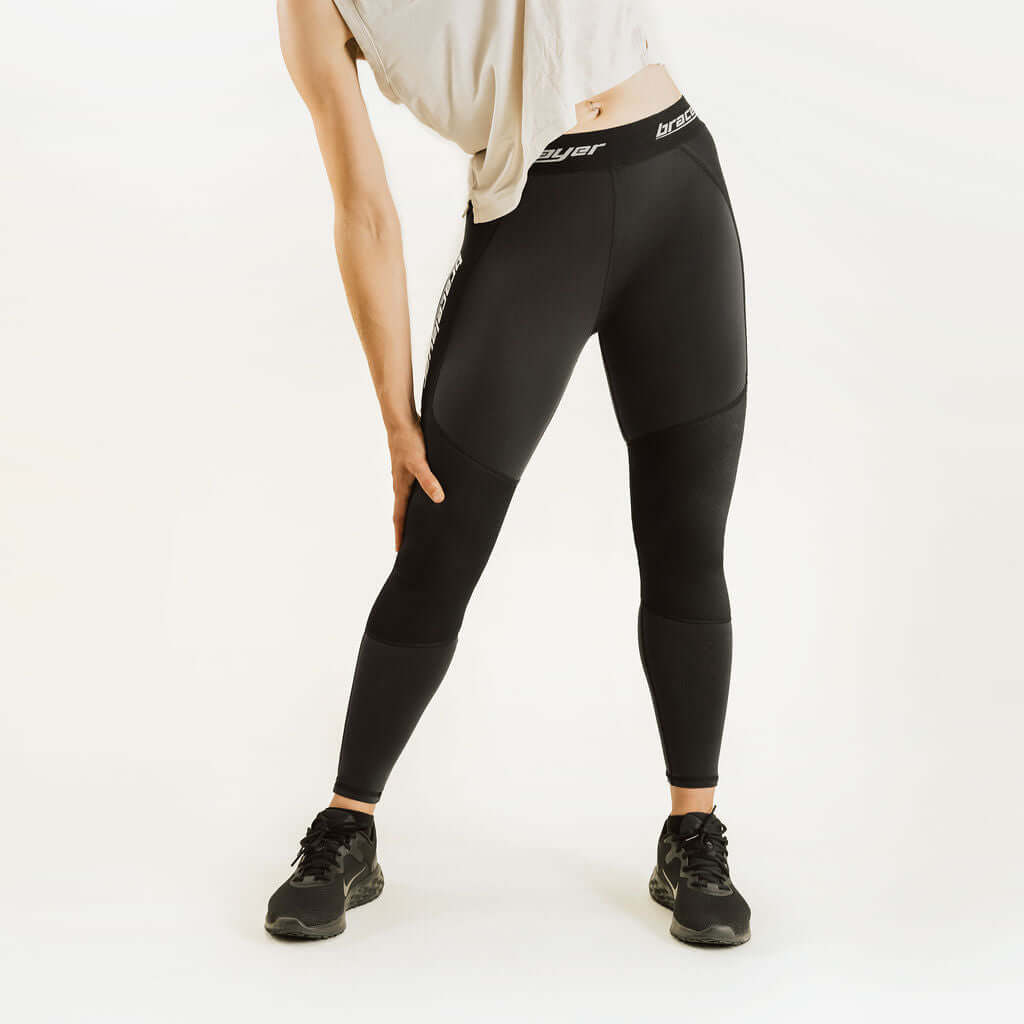
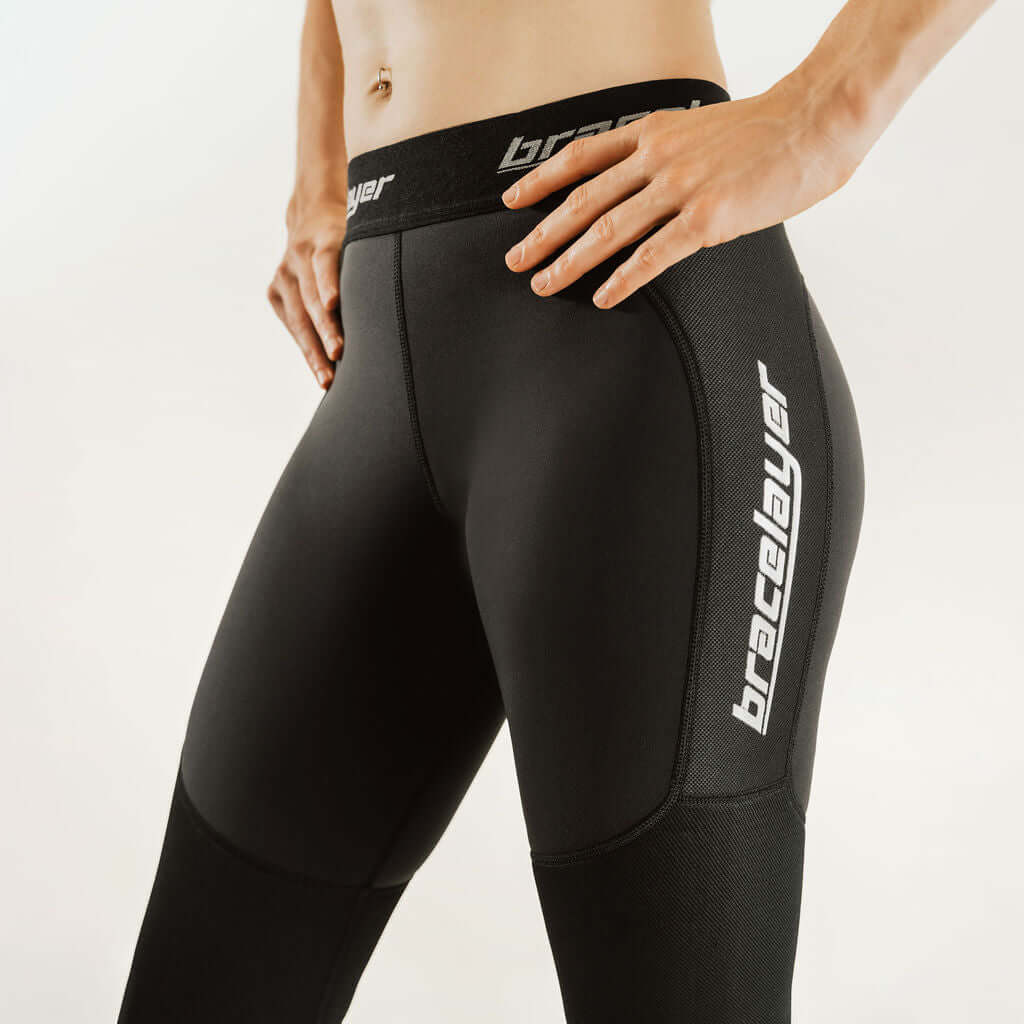
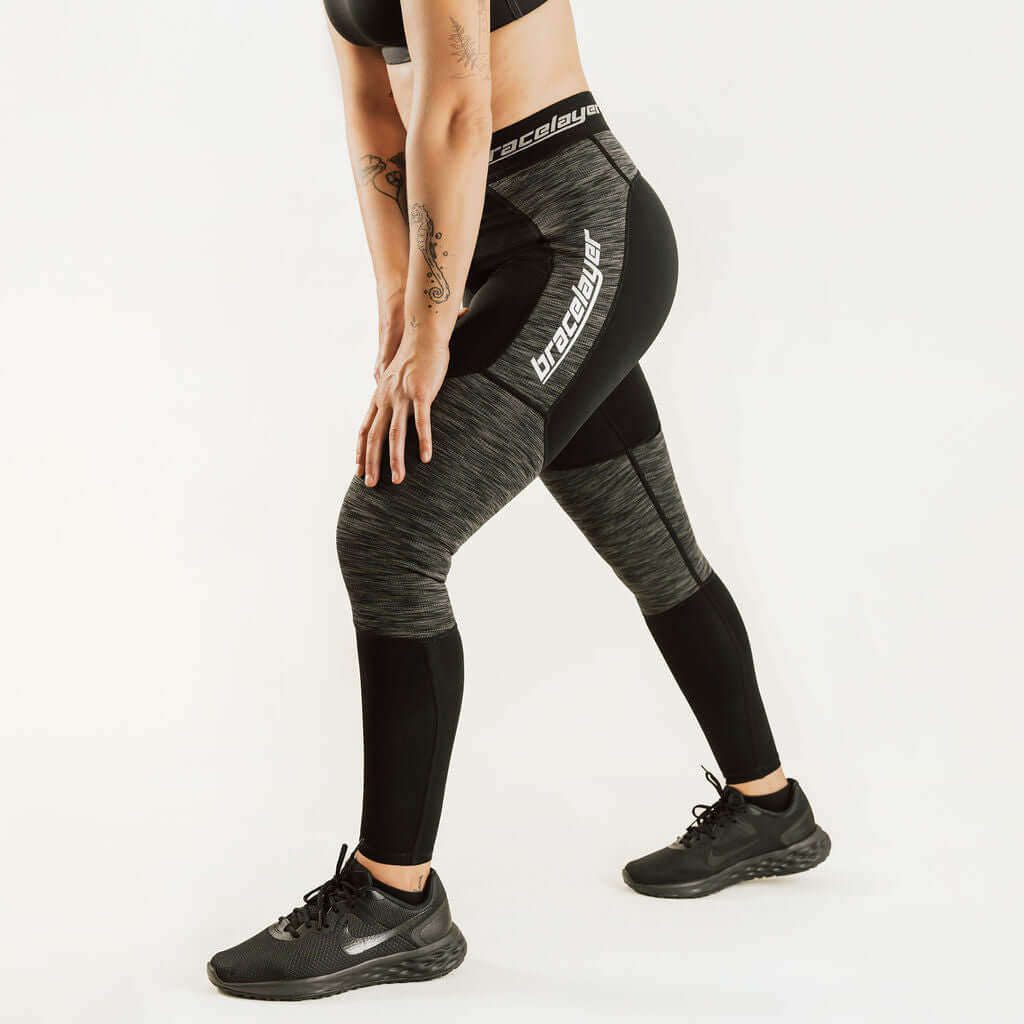
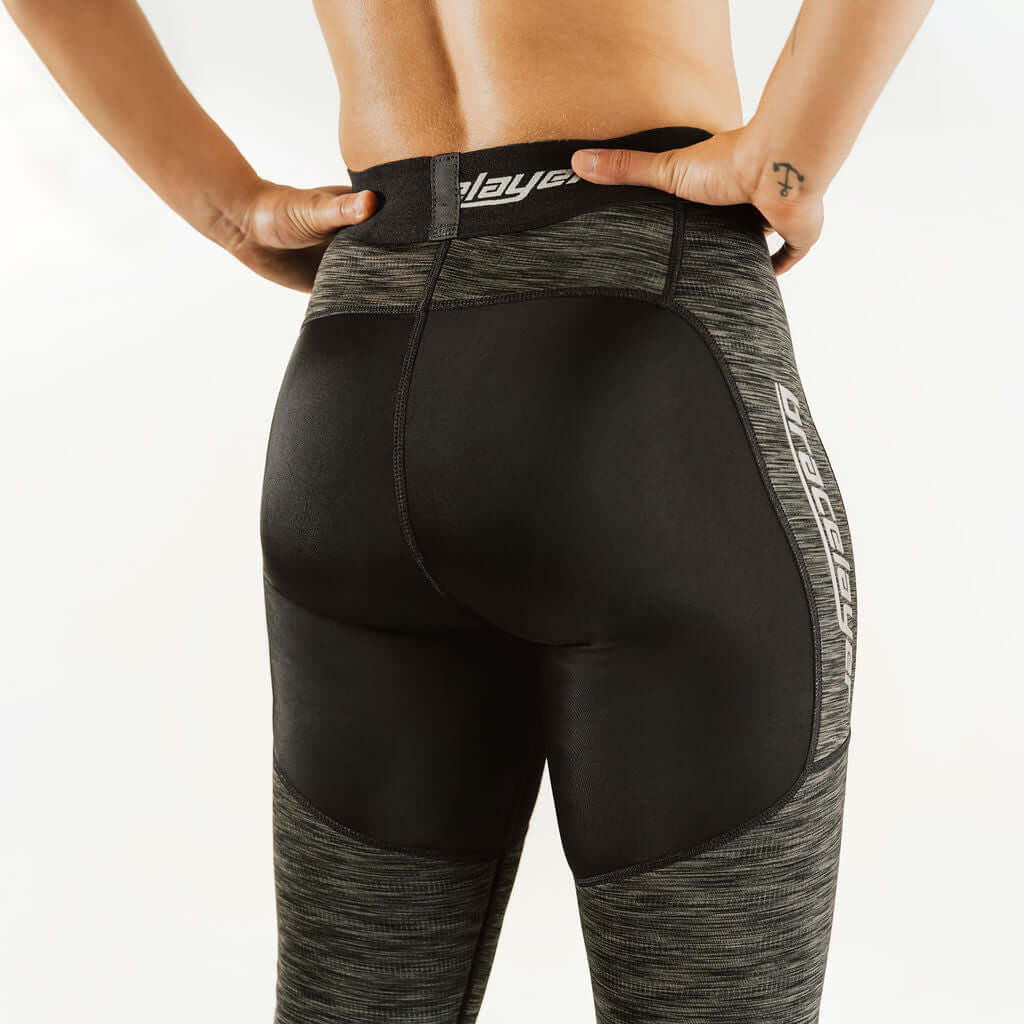

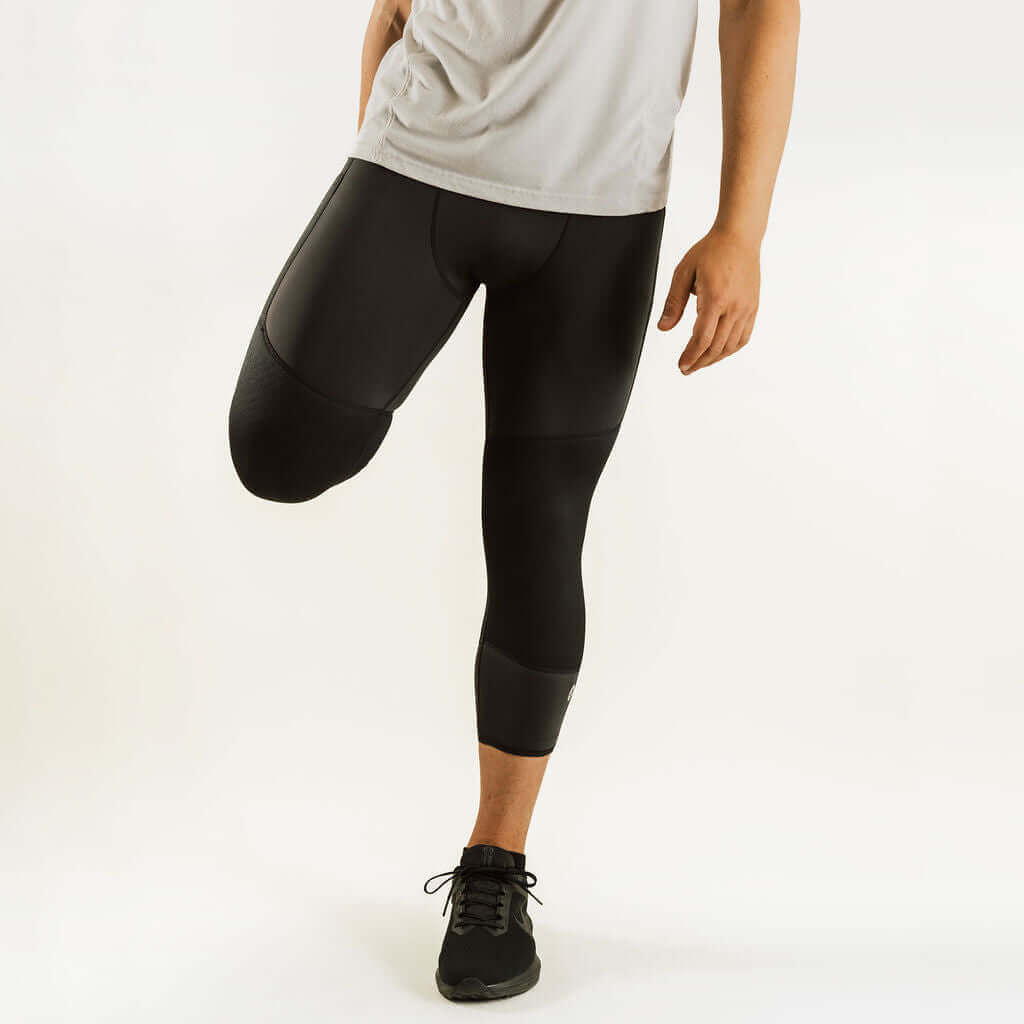
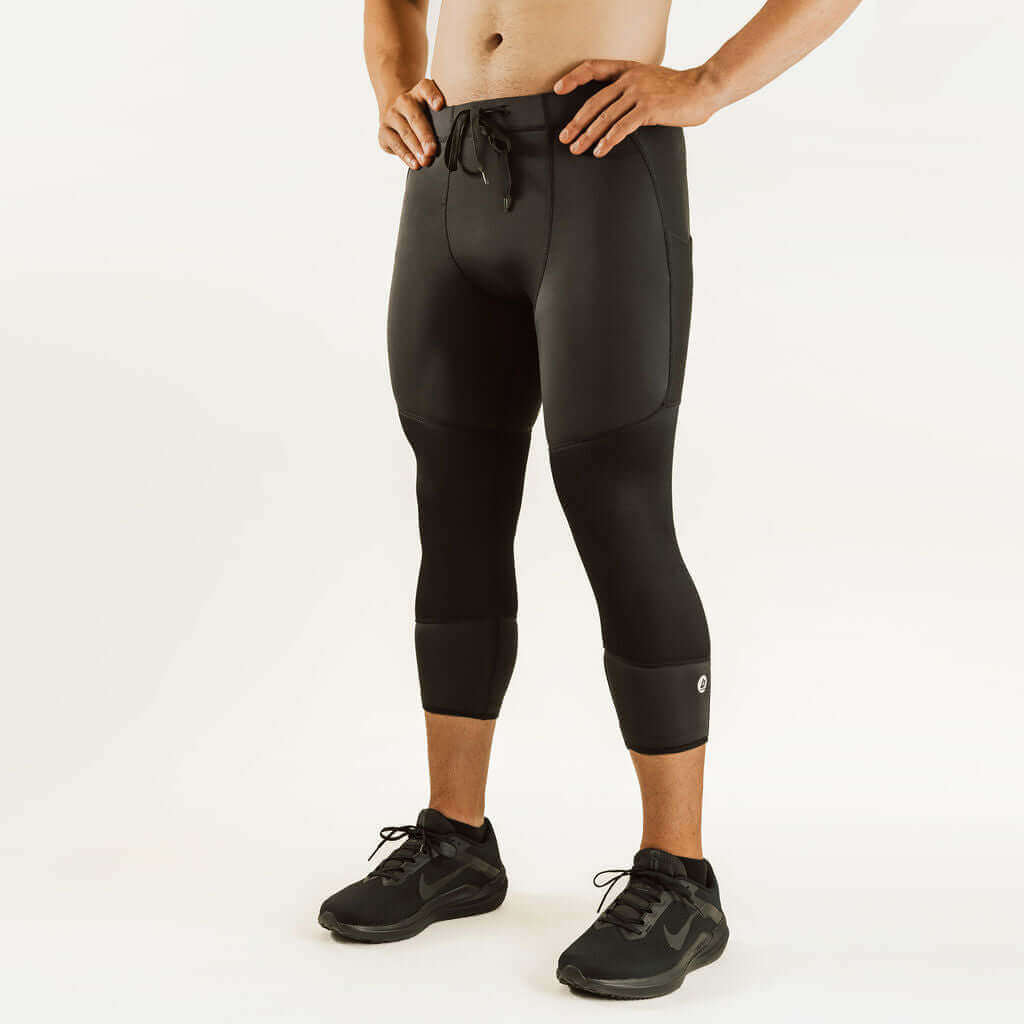
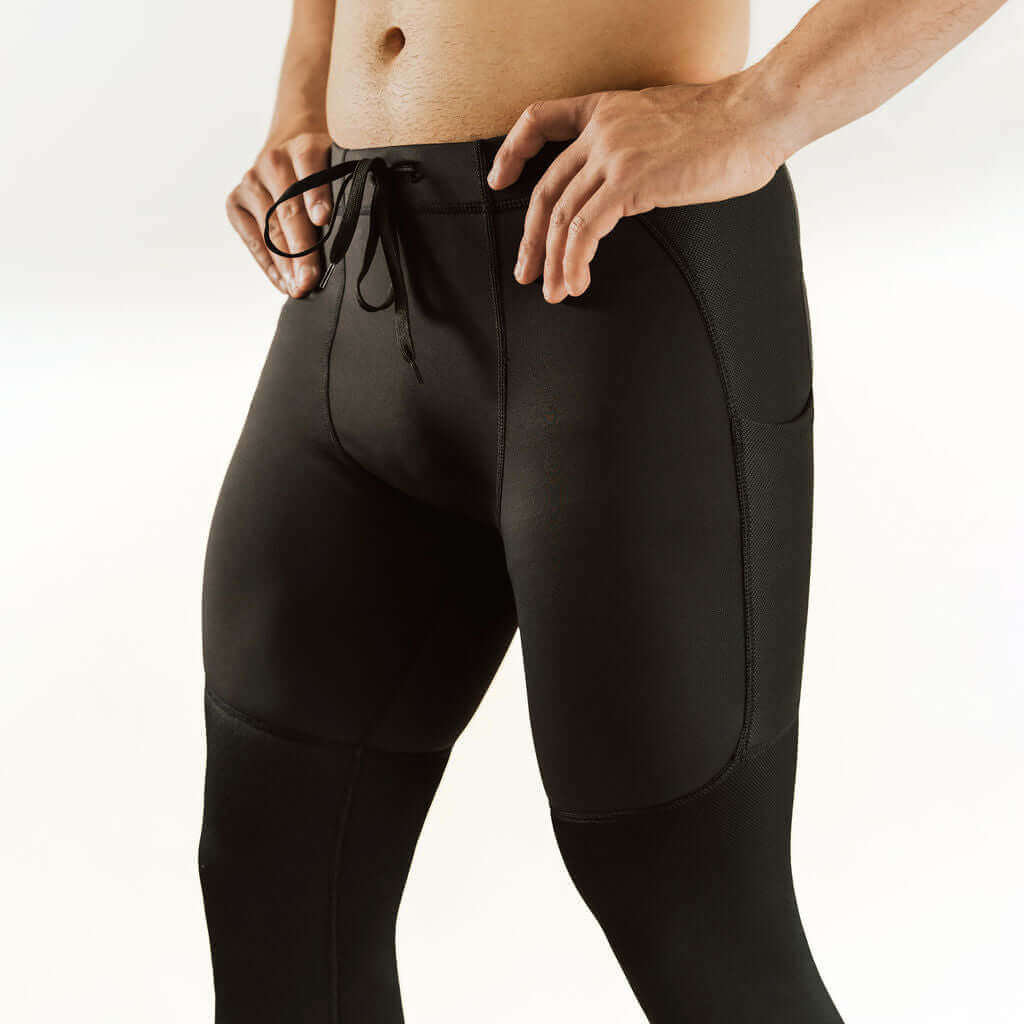
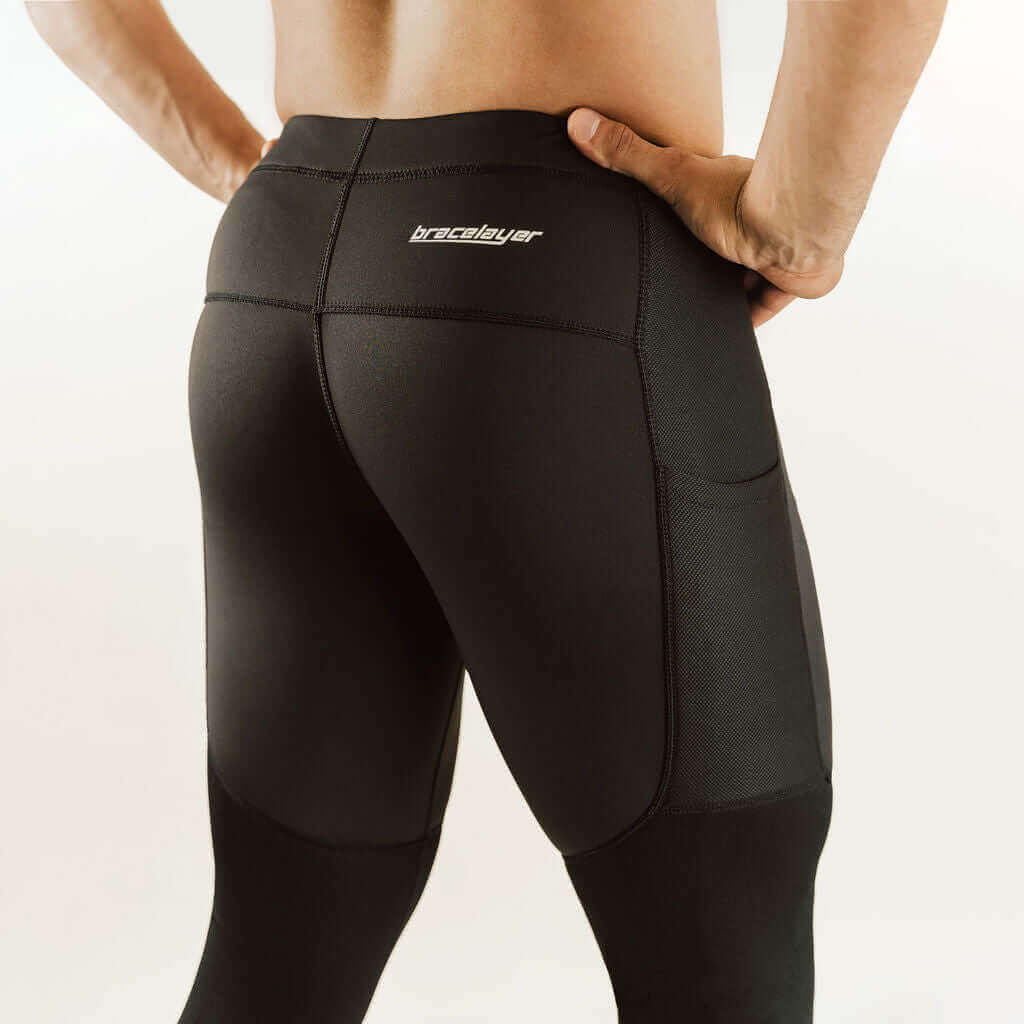
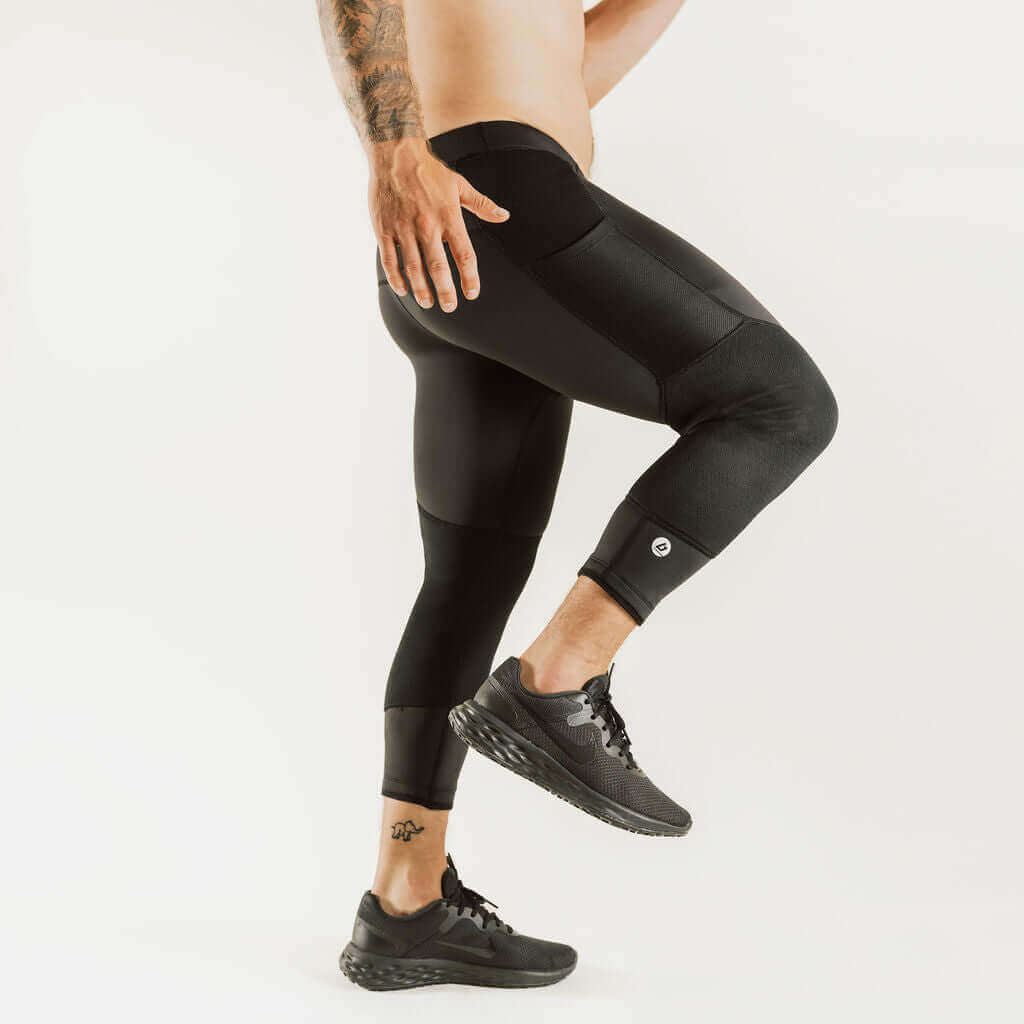
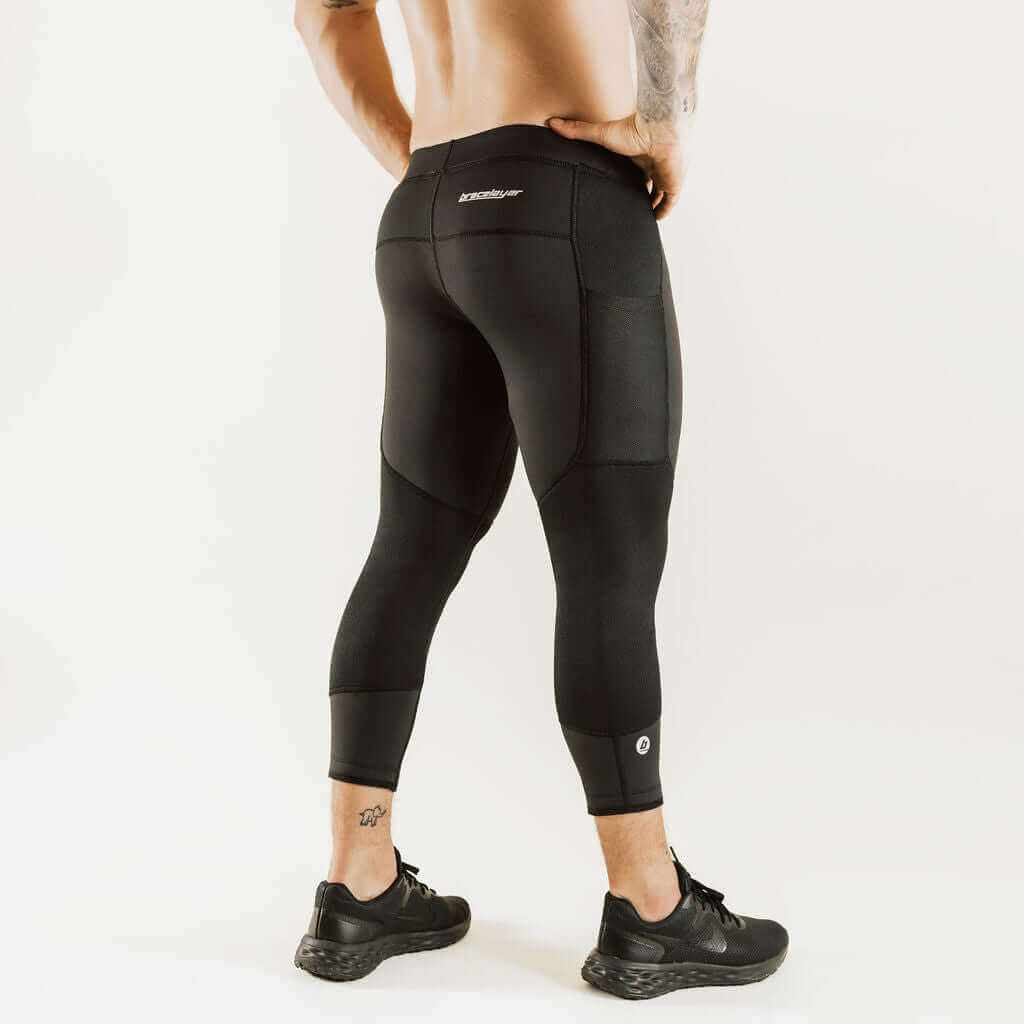

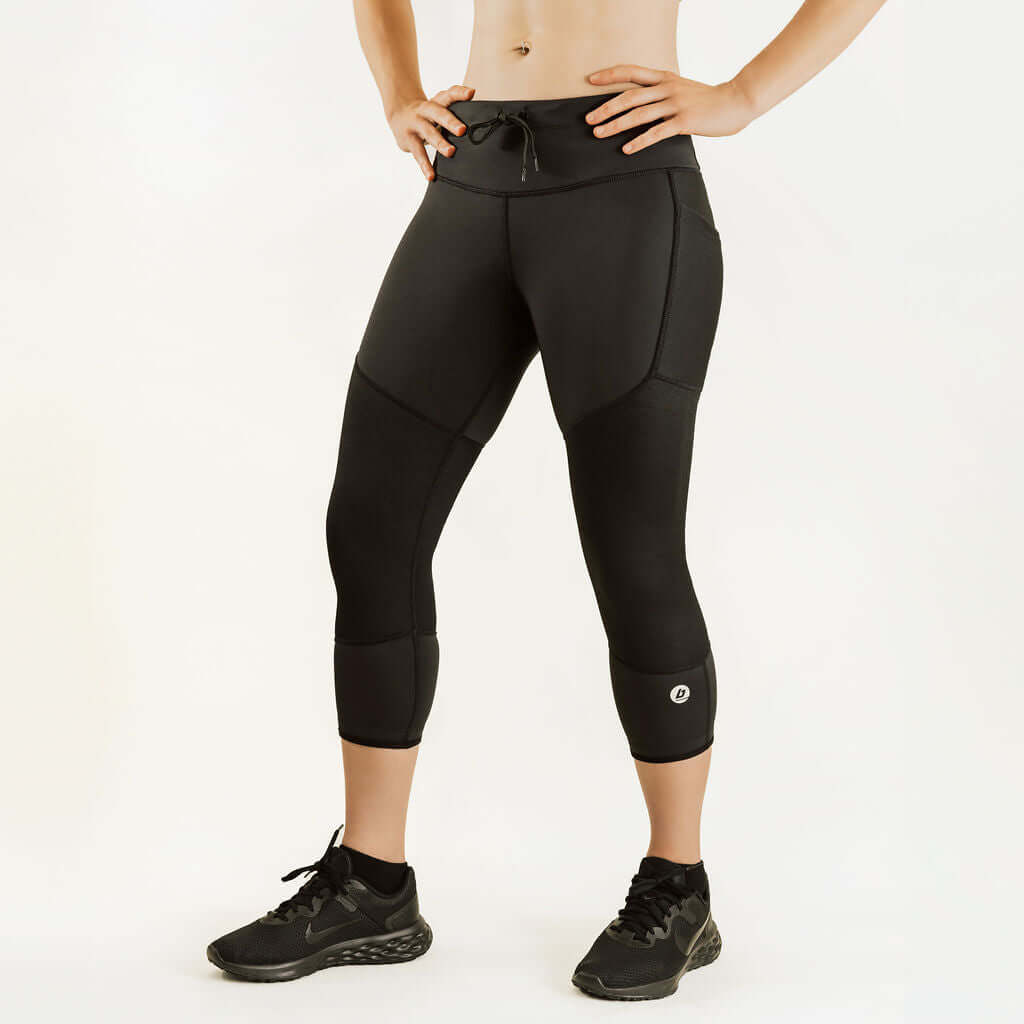
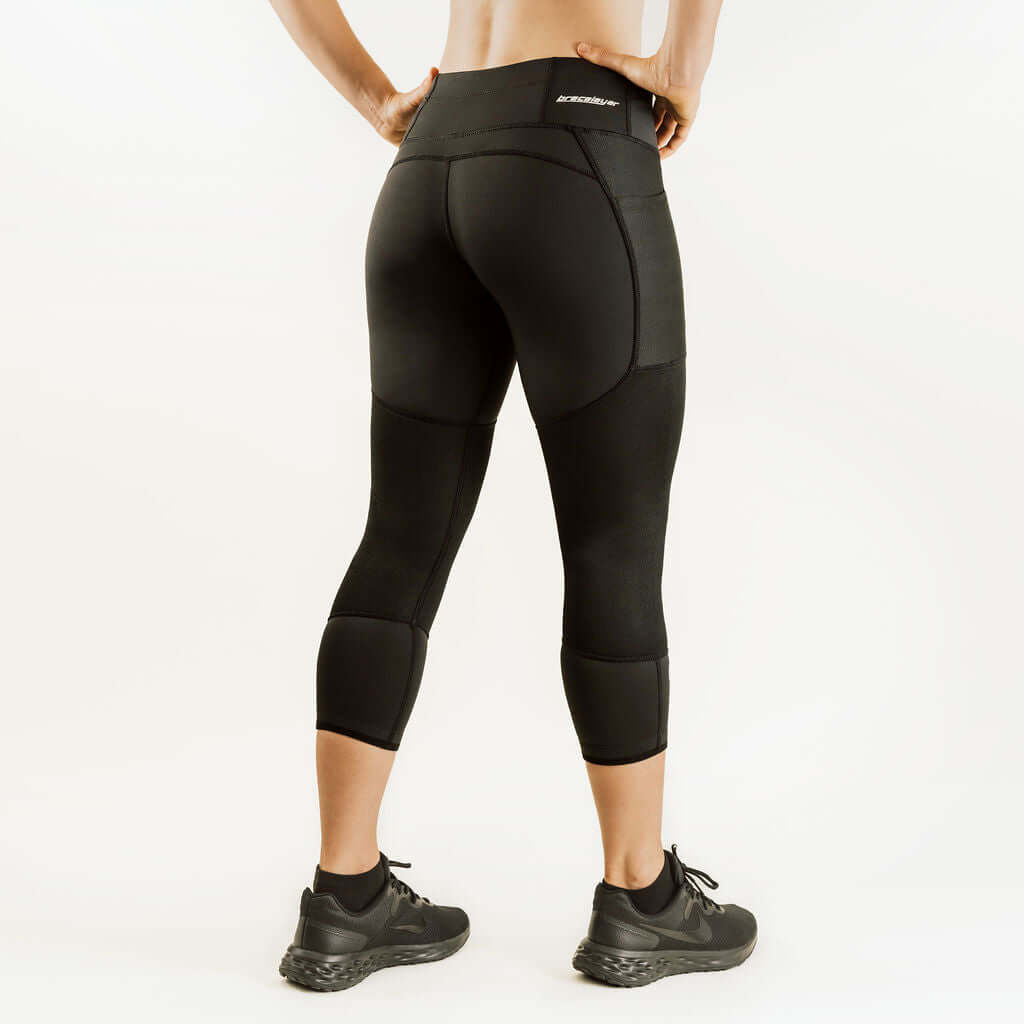
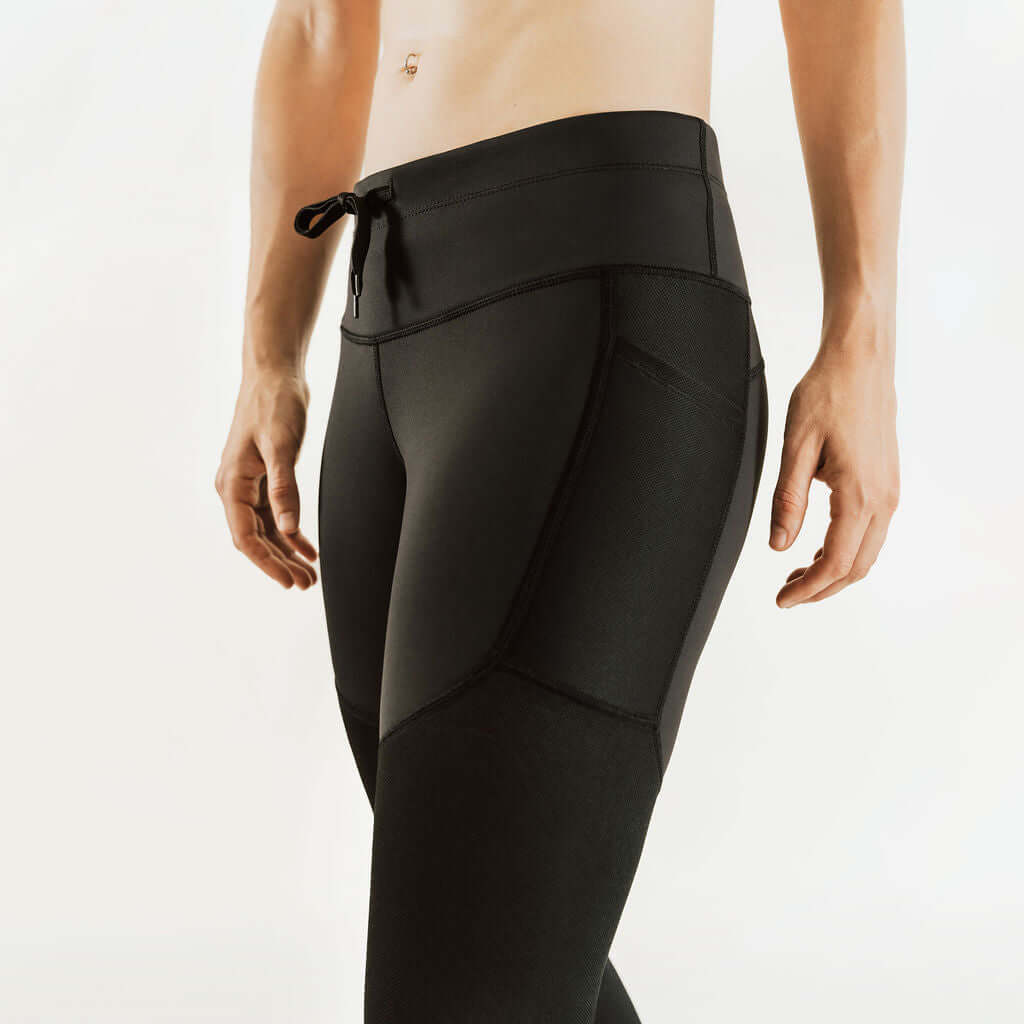
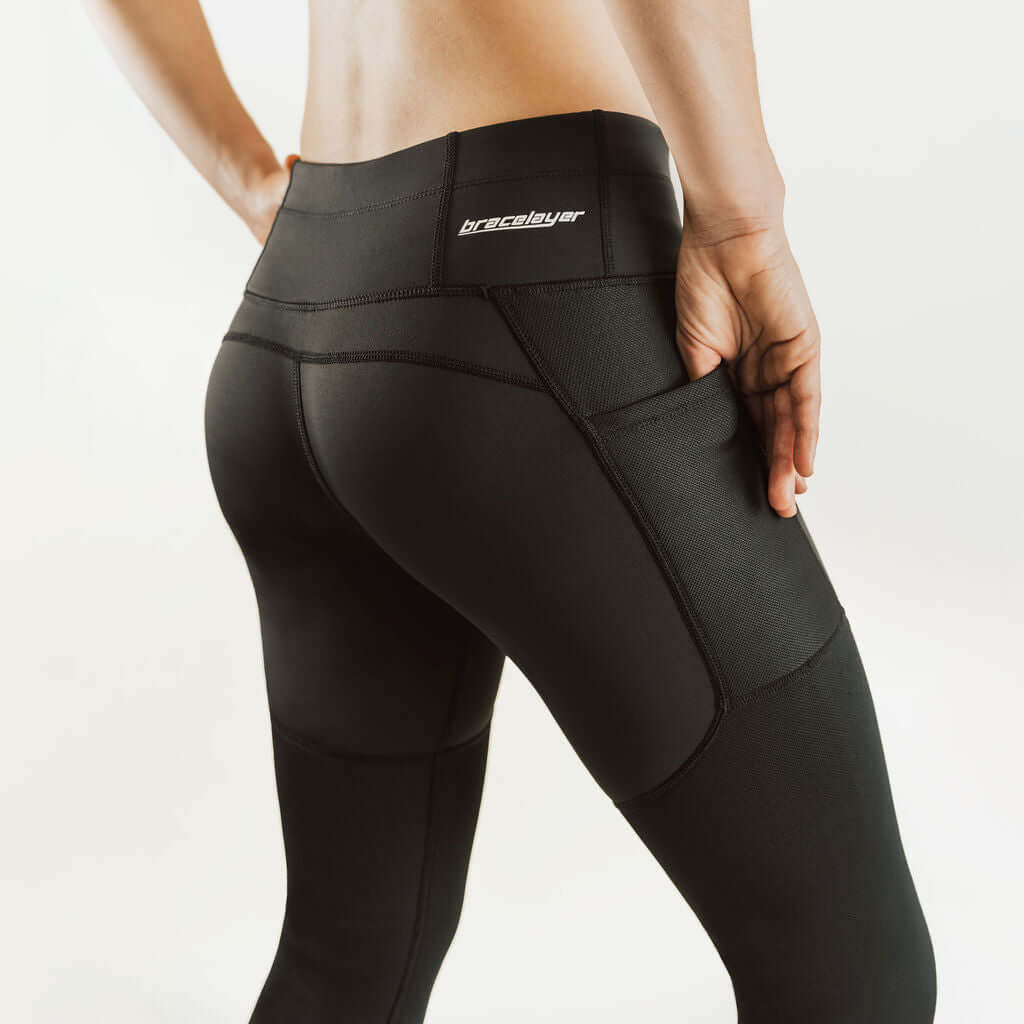
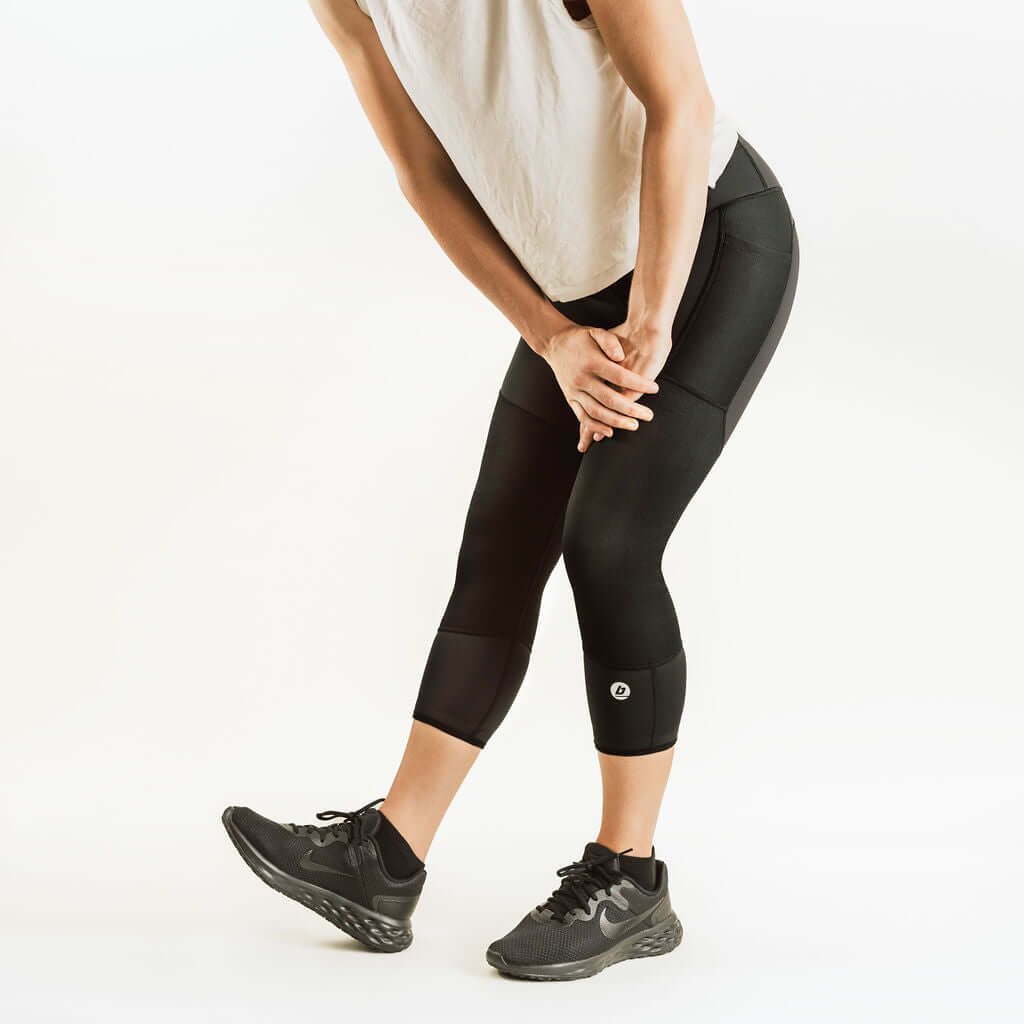

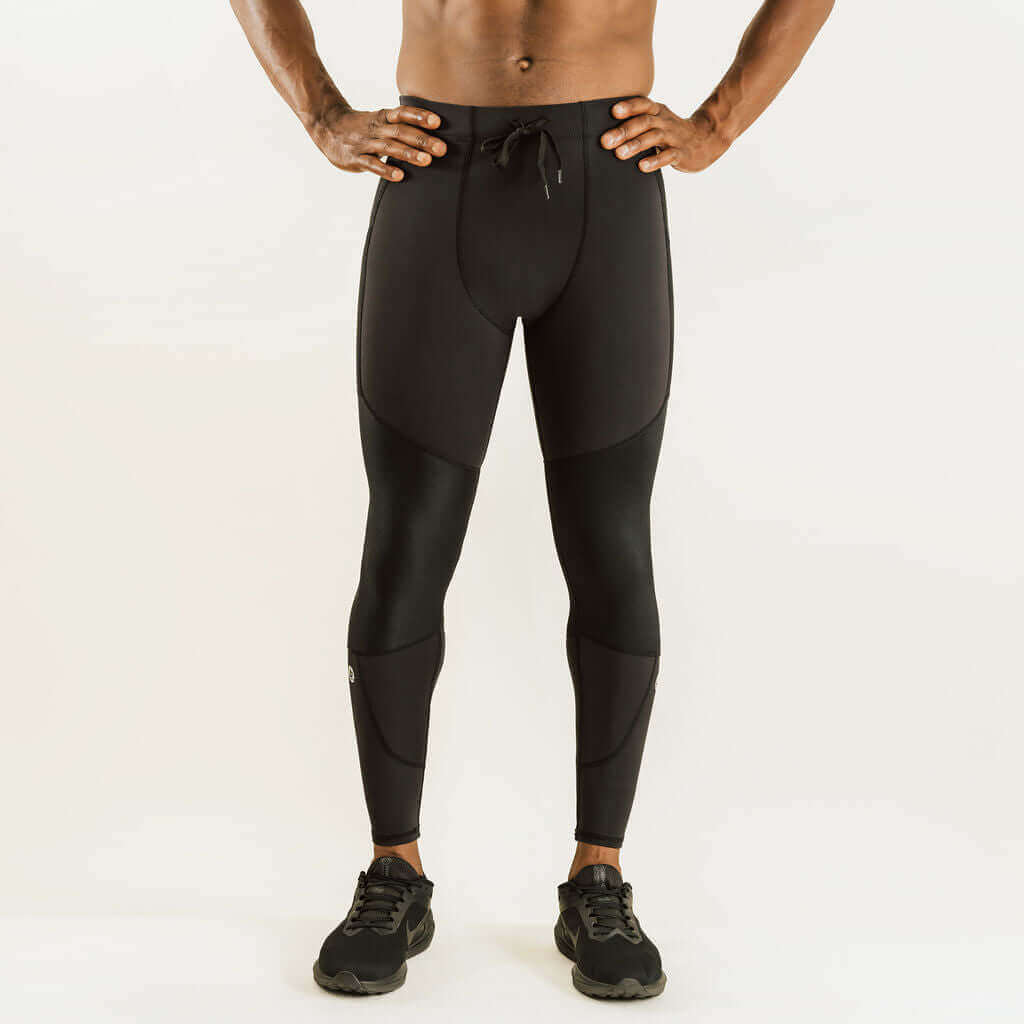
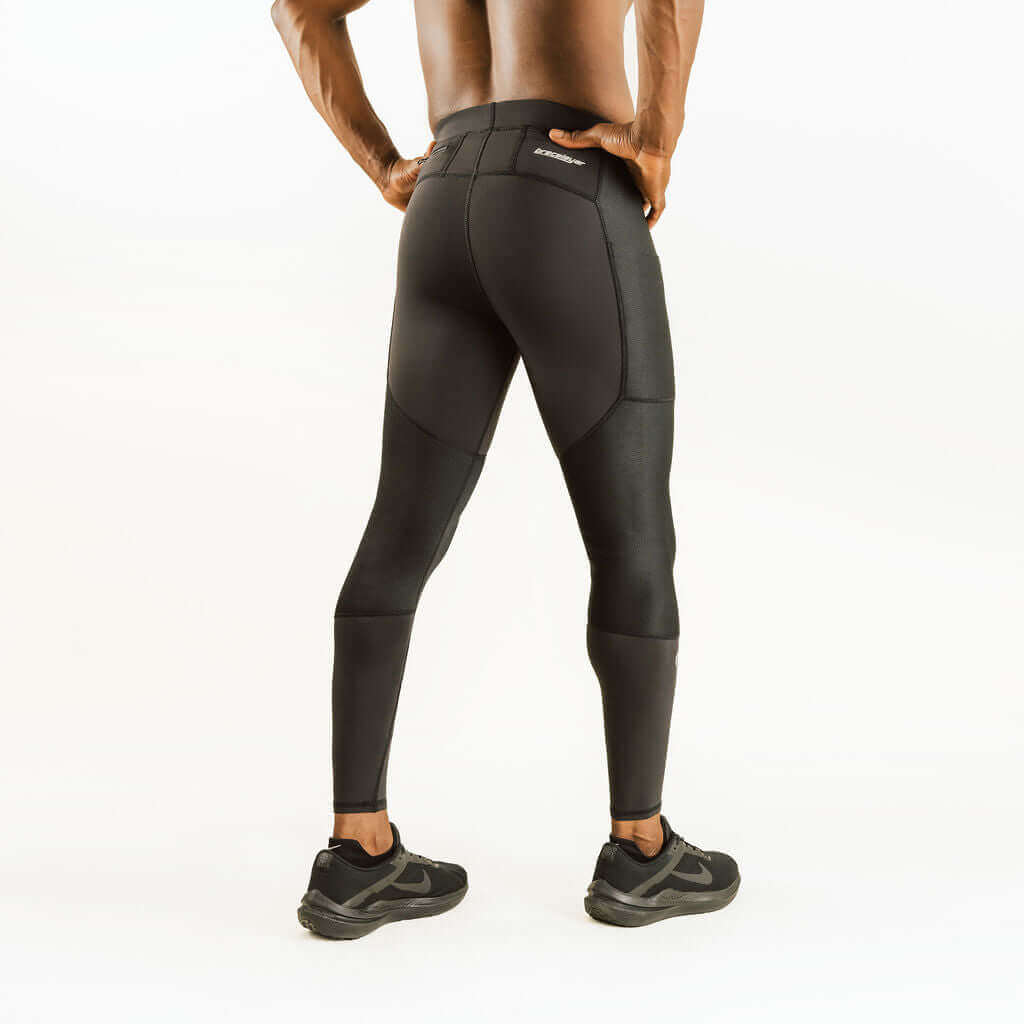
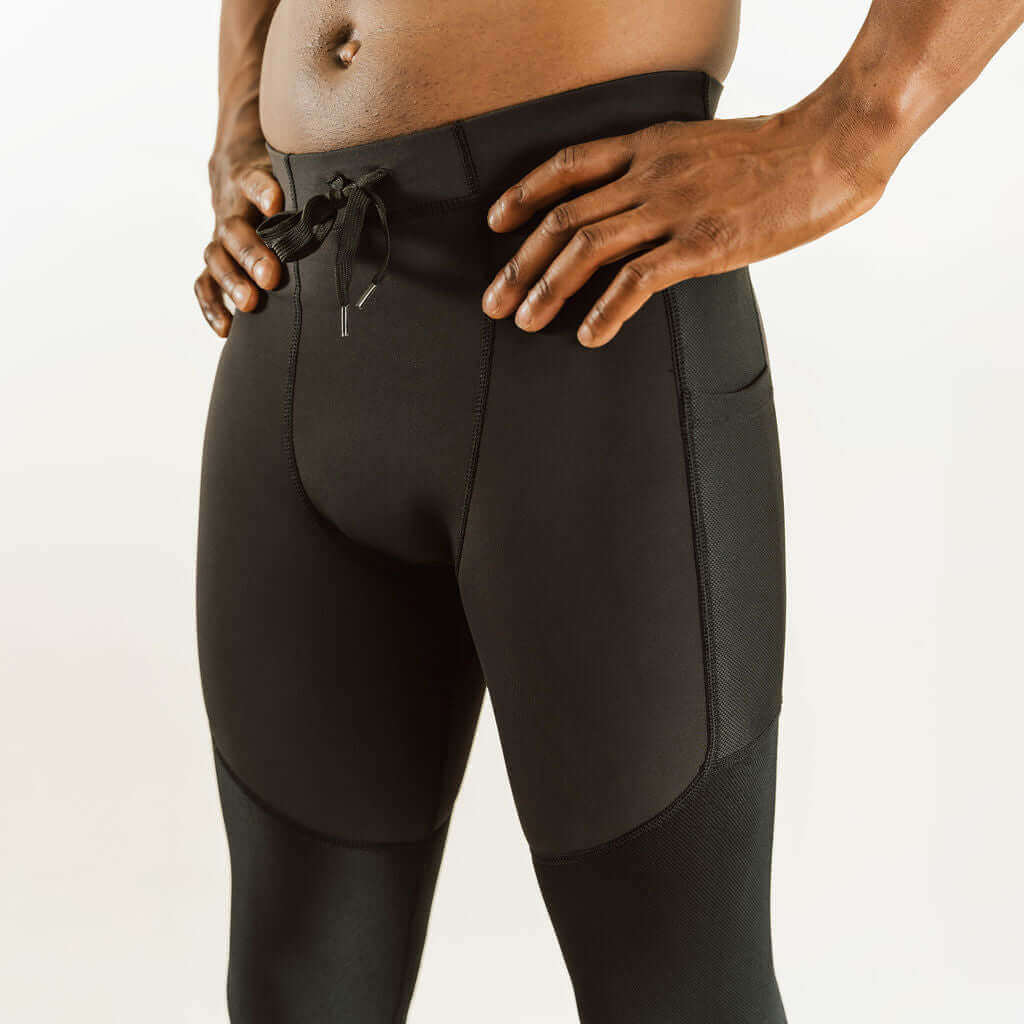
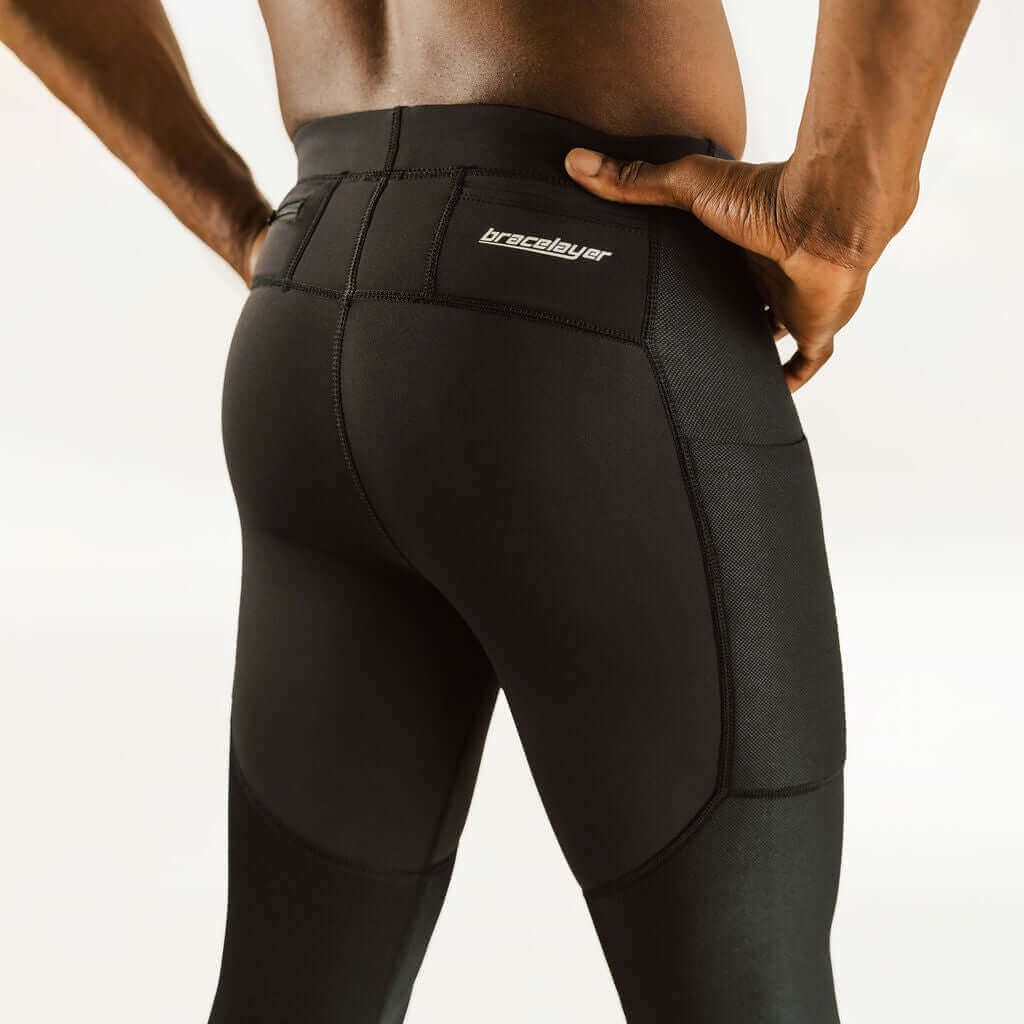
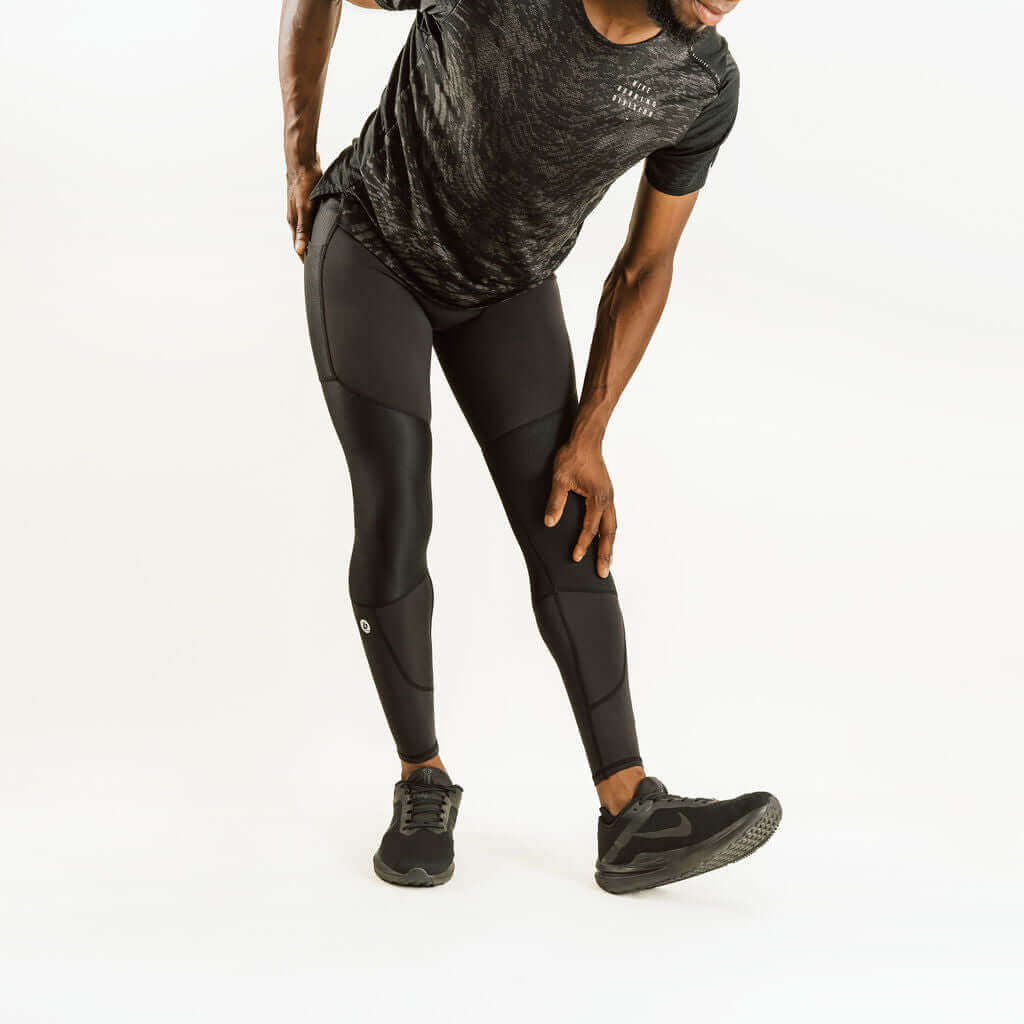

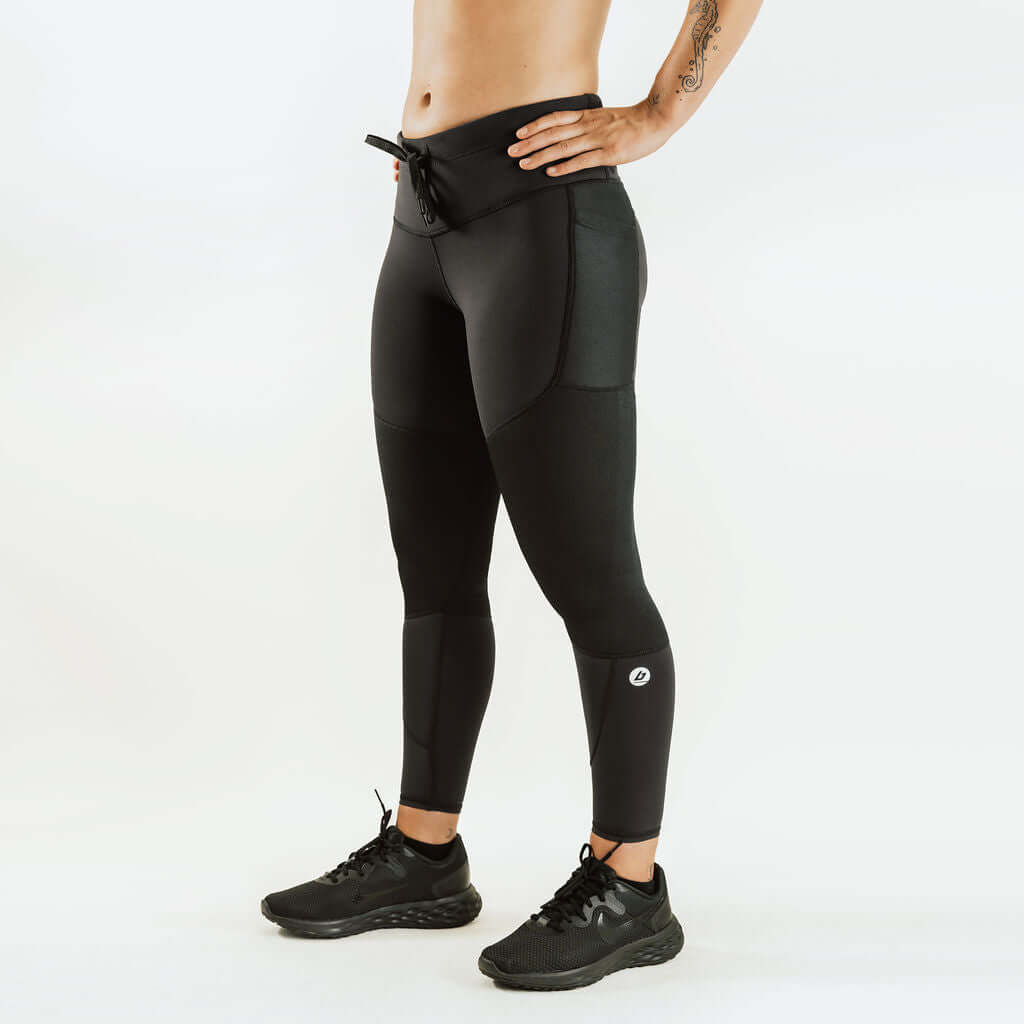
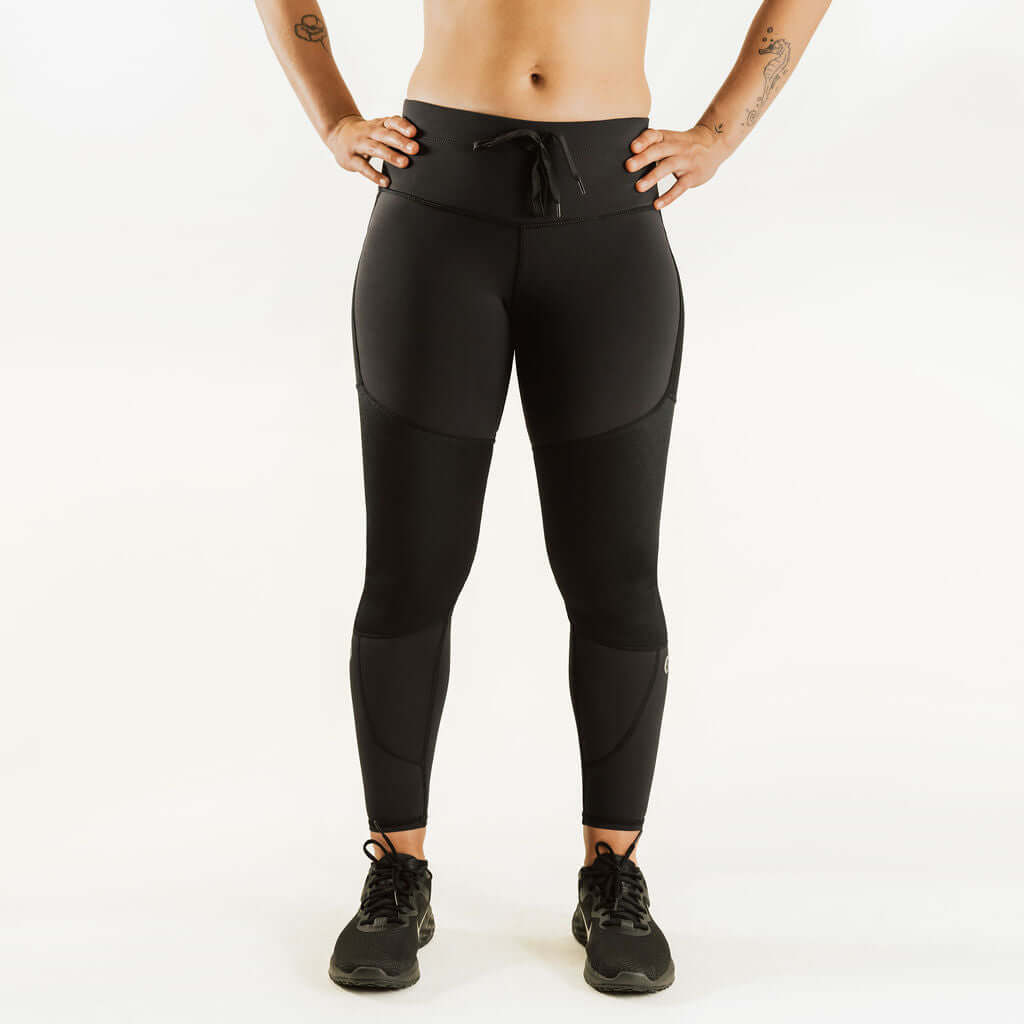
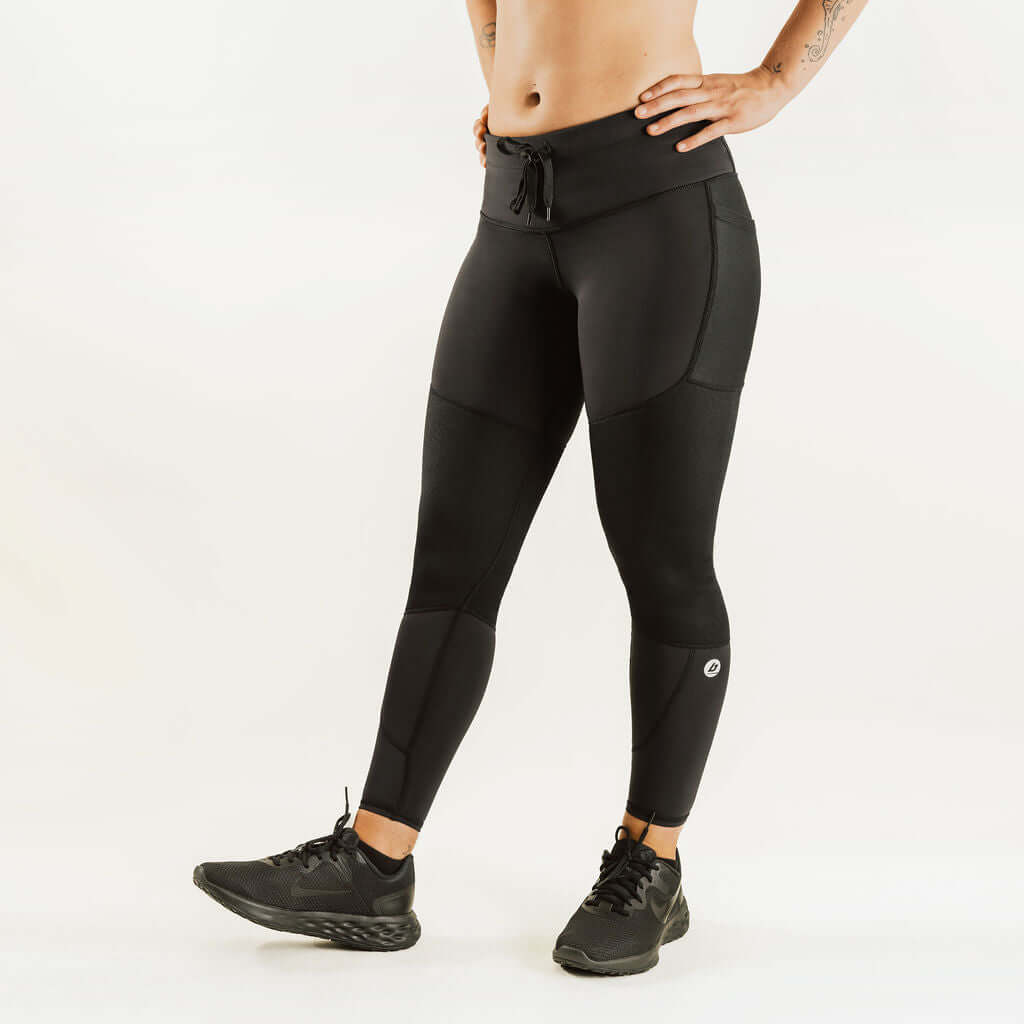
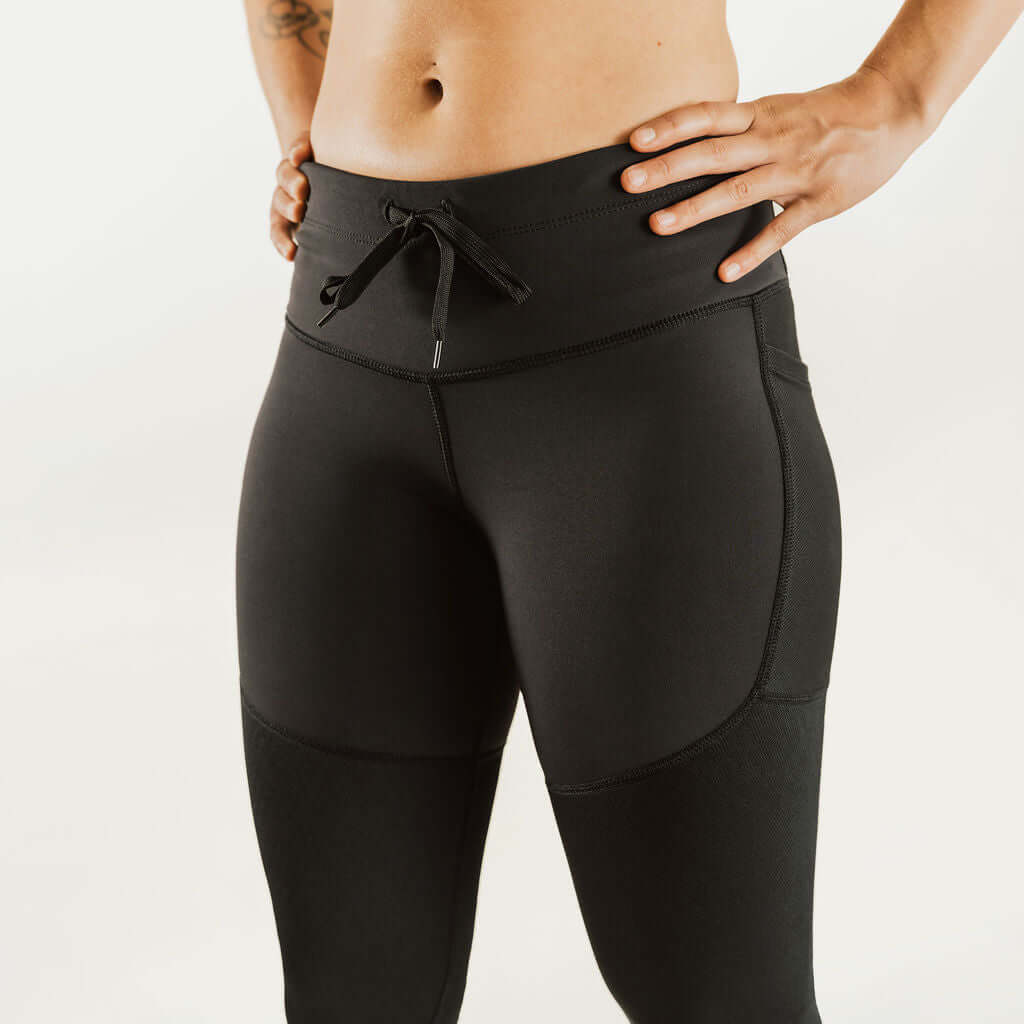
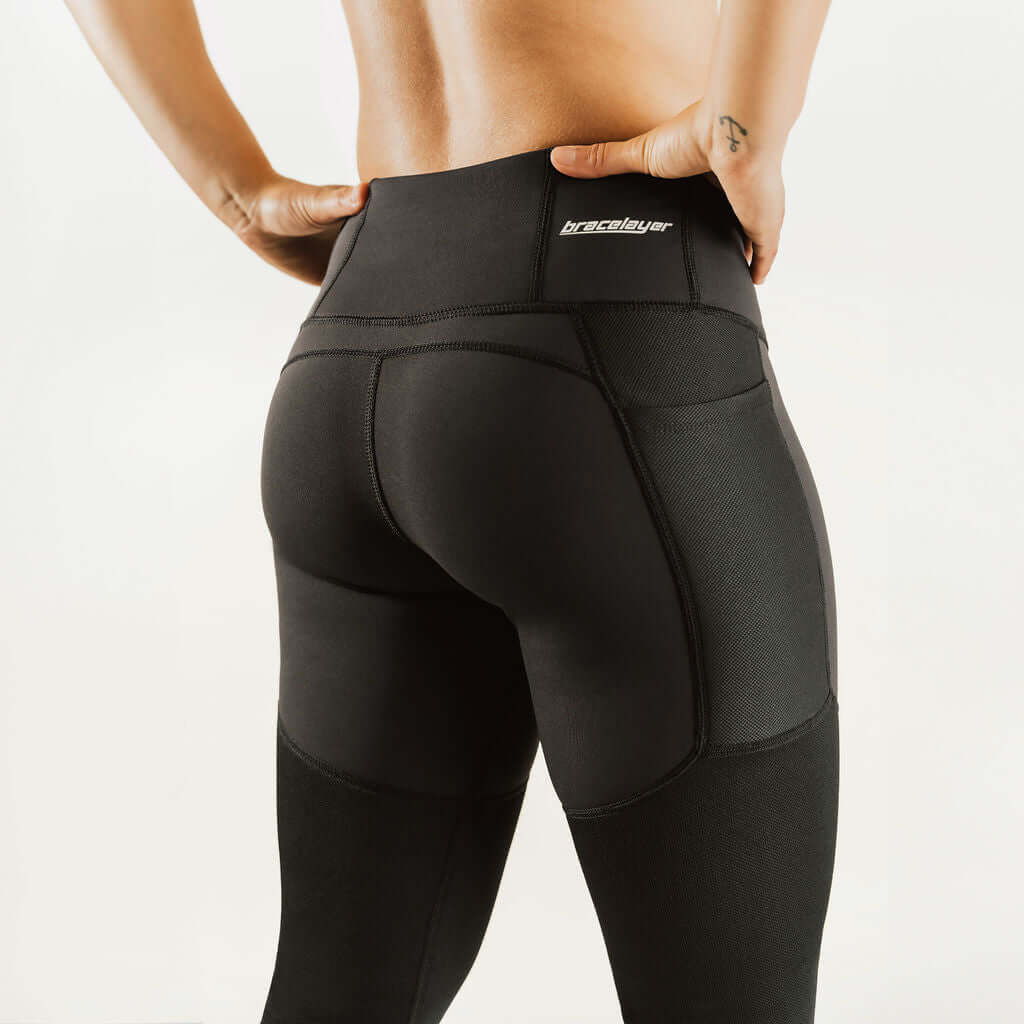

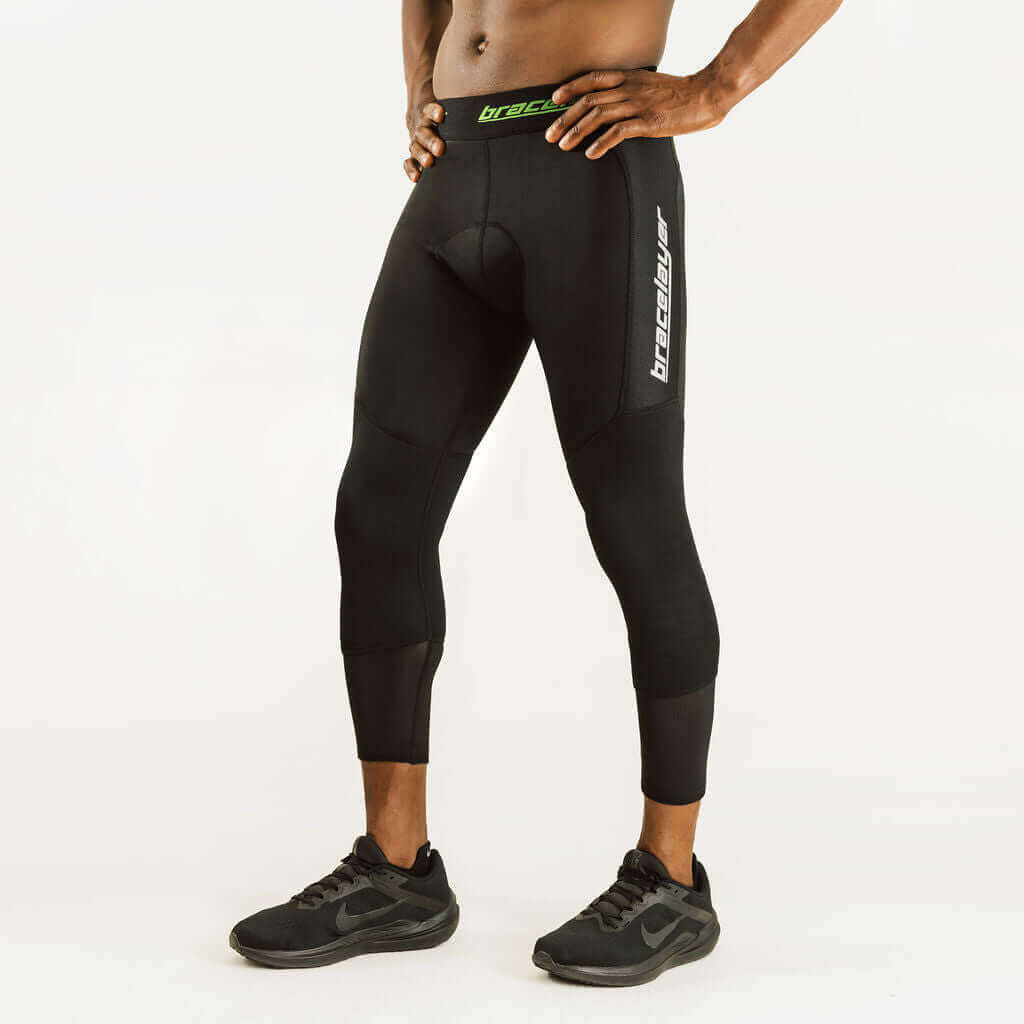
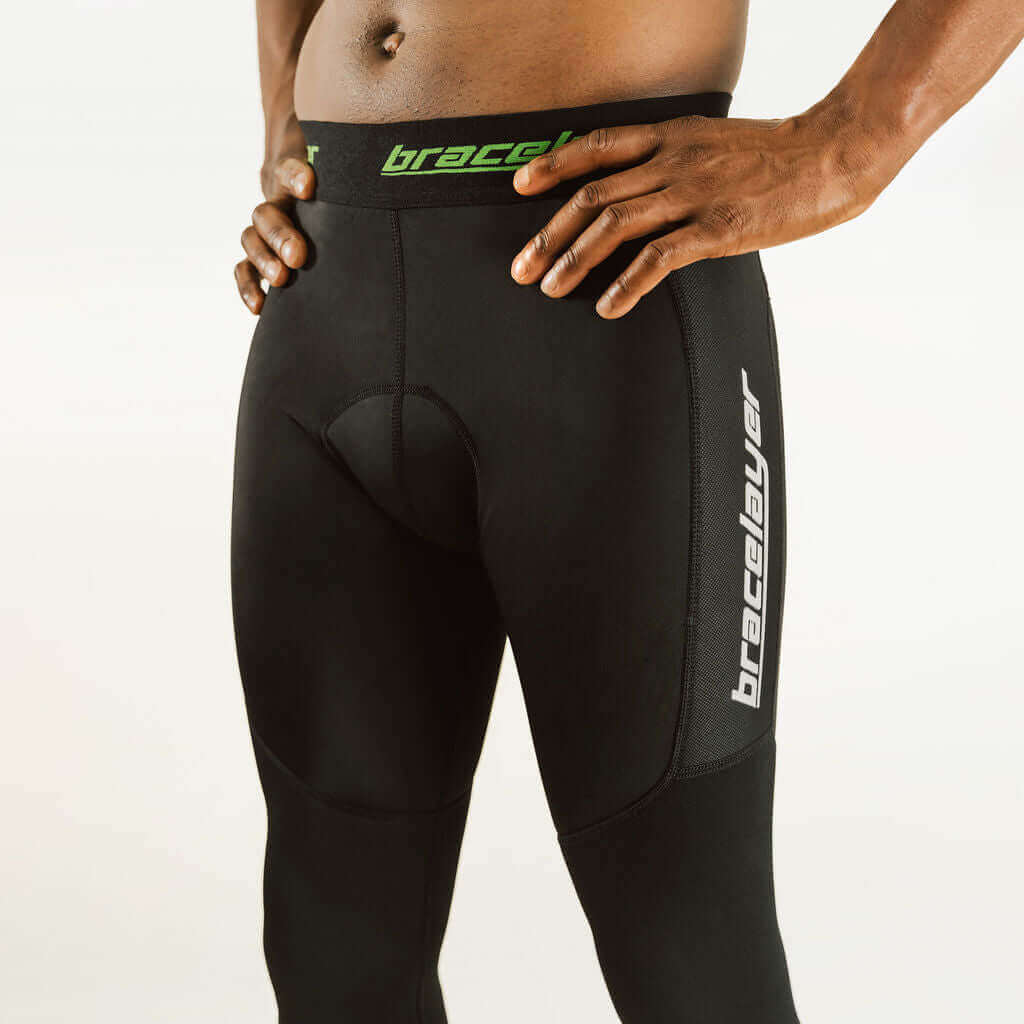
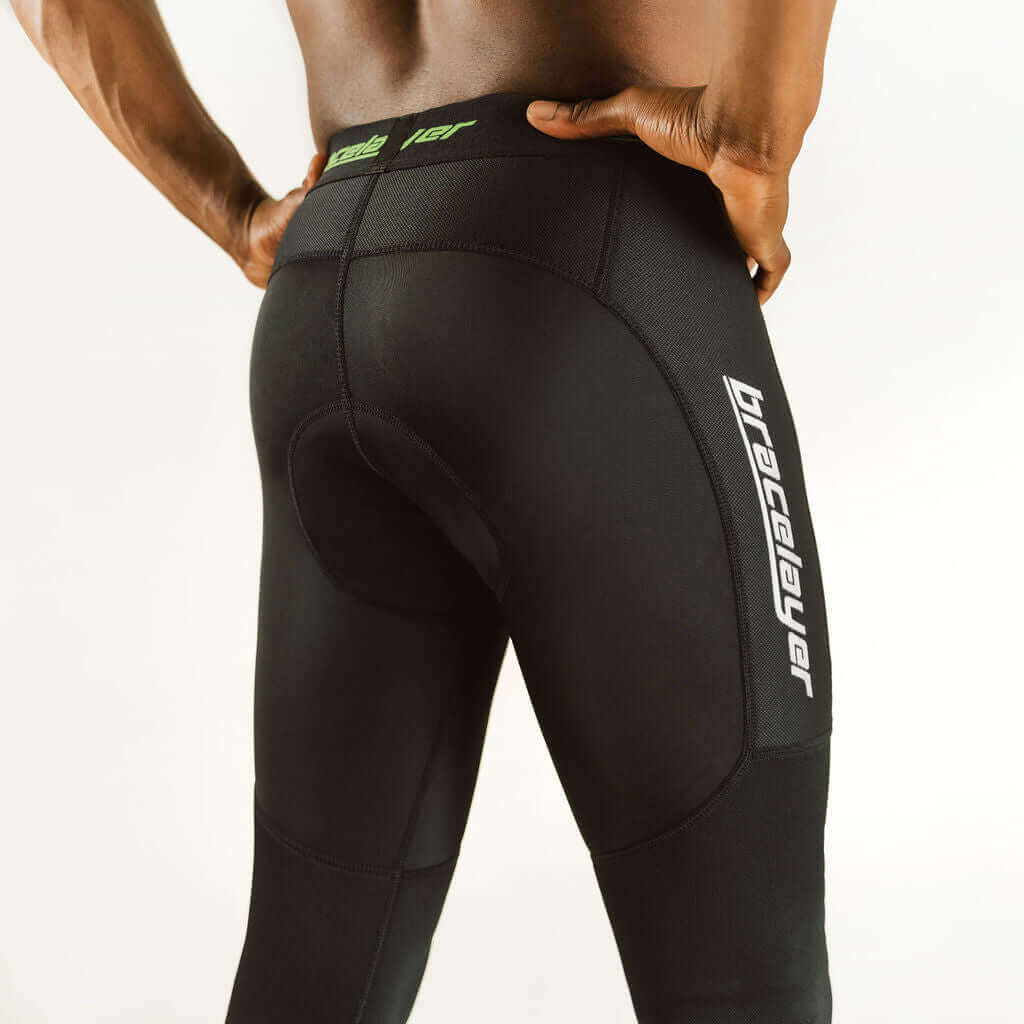
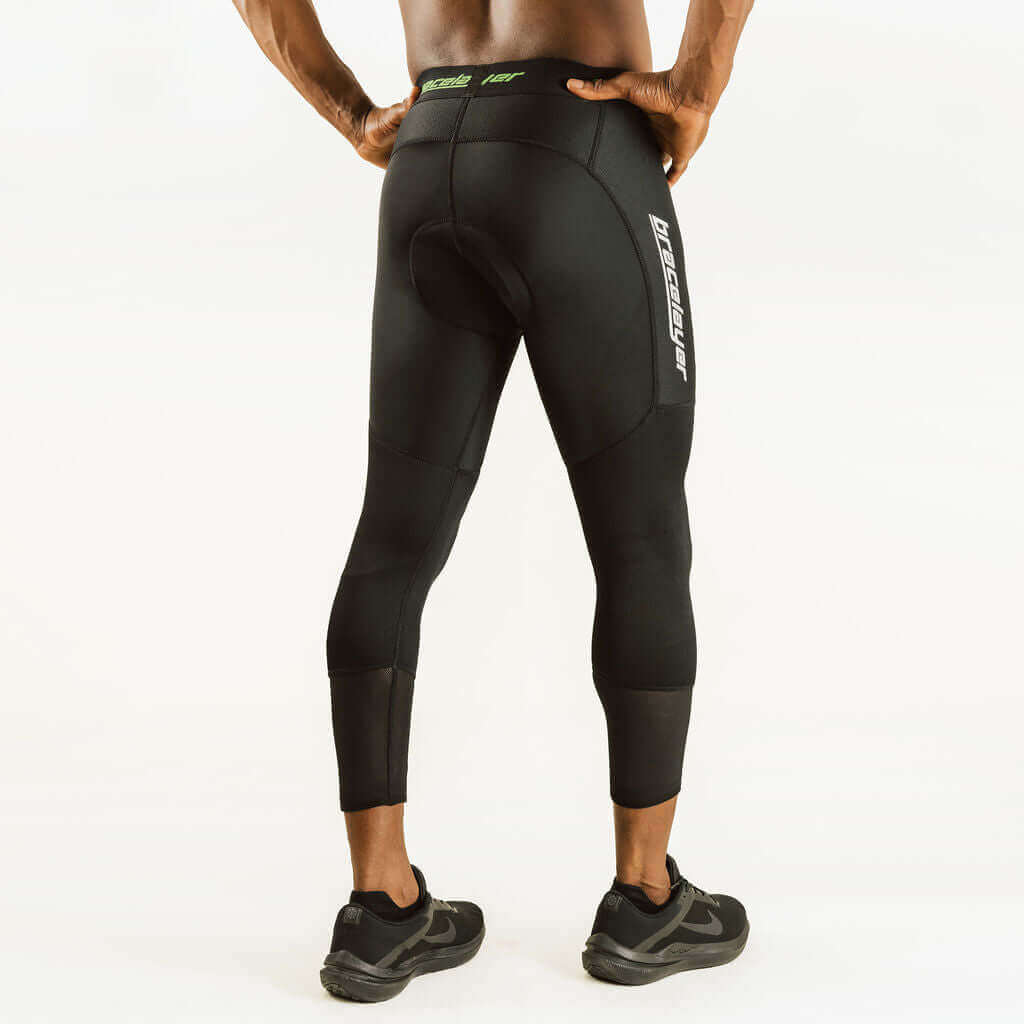
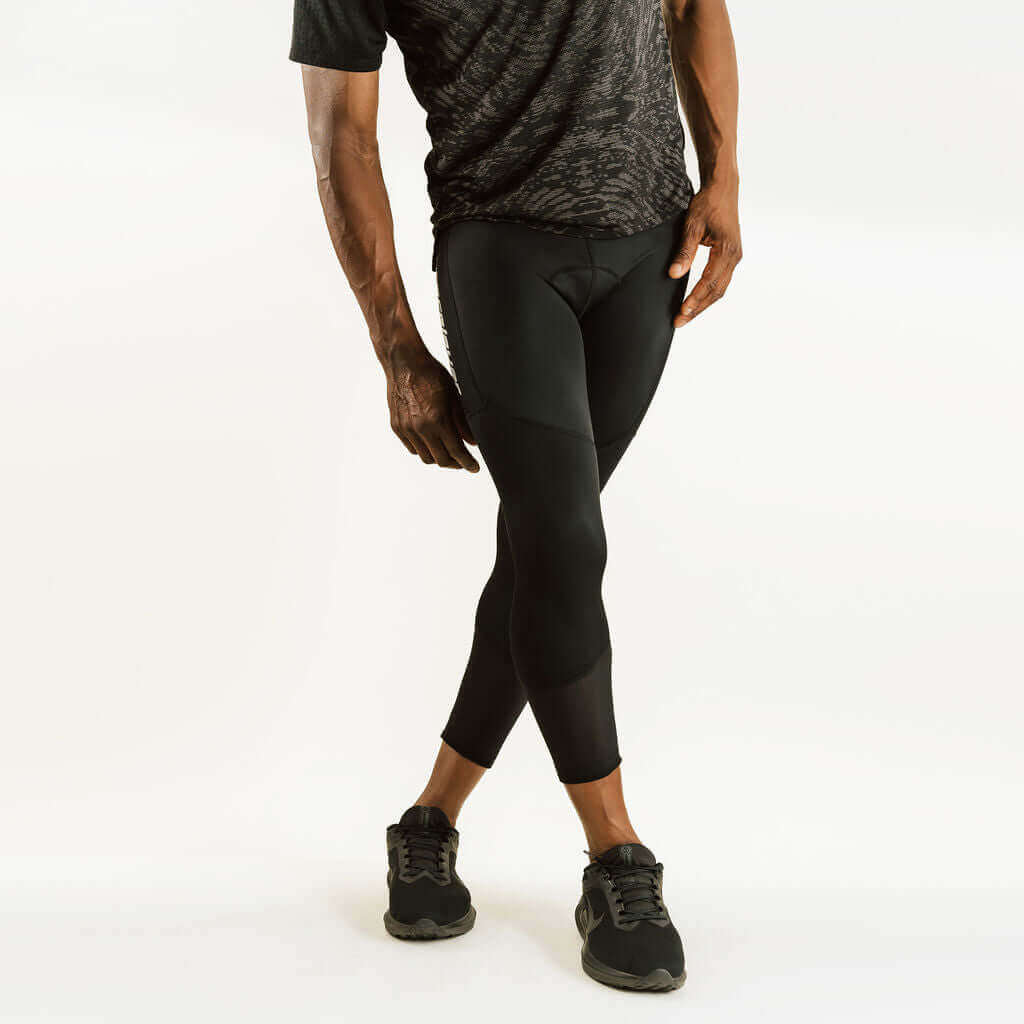
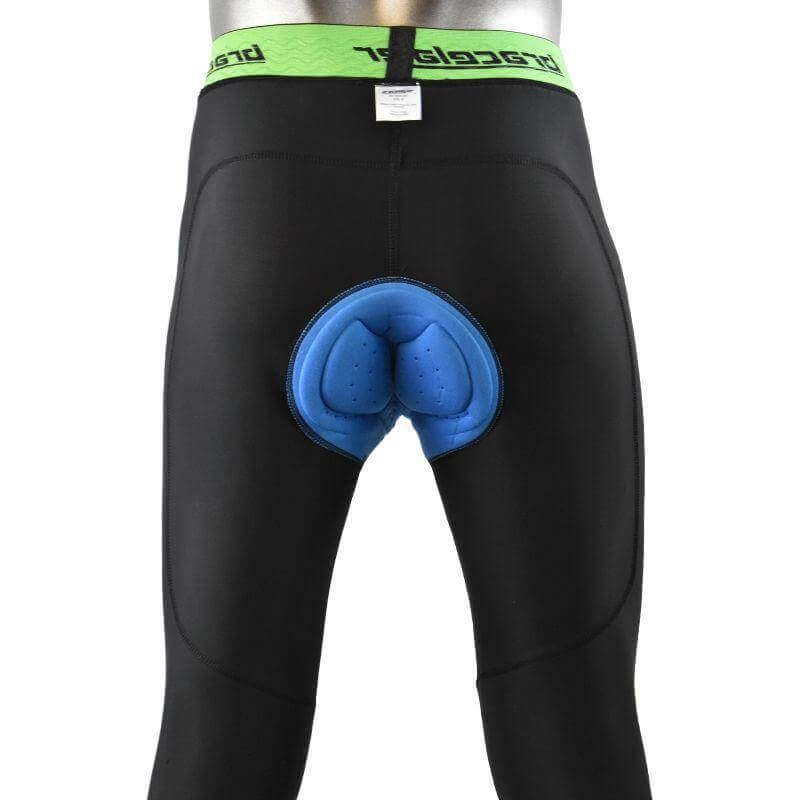
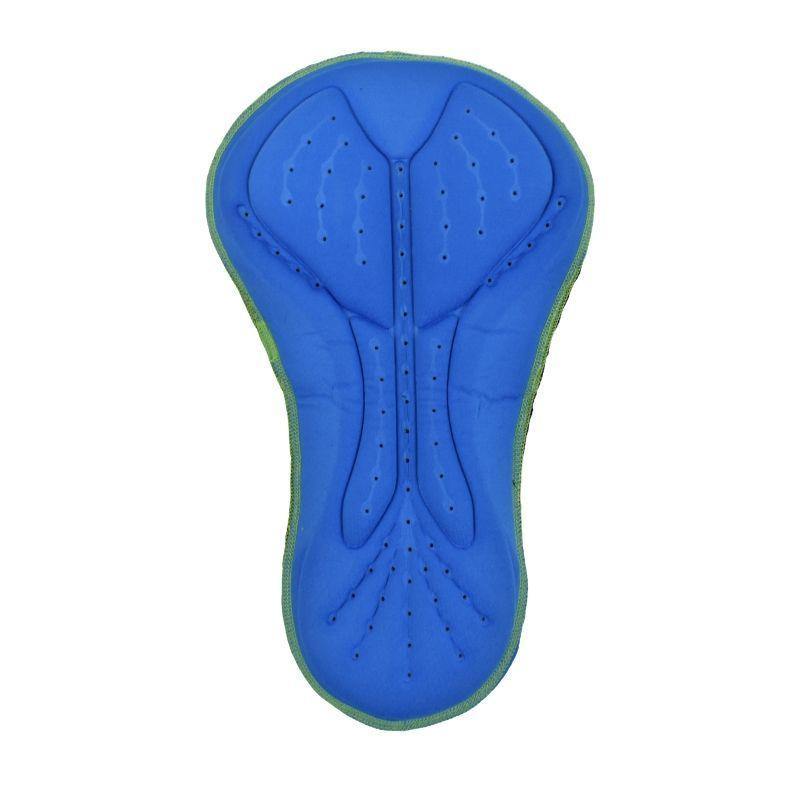
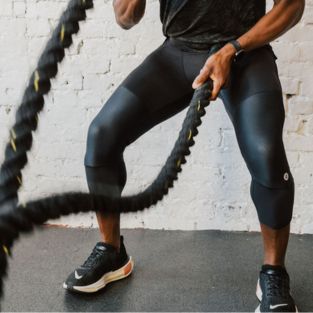
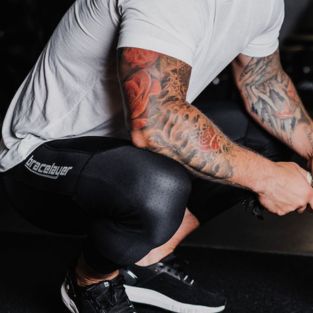

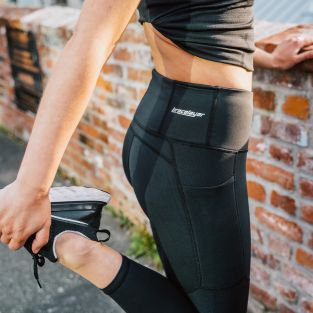
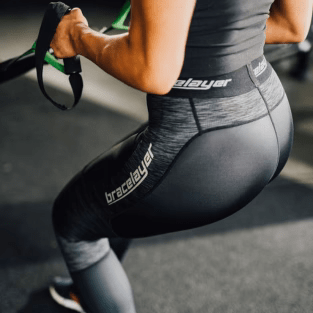

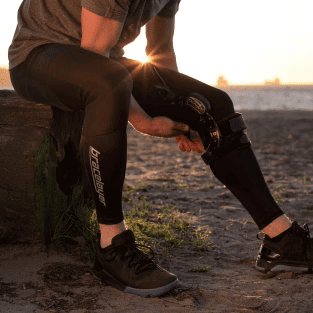
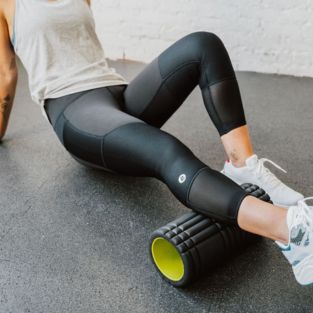
Leave a comment